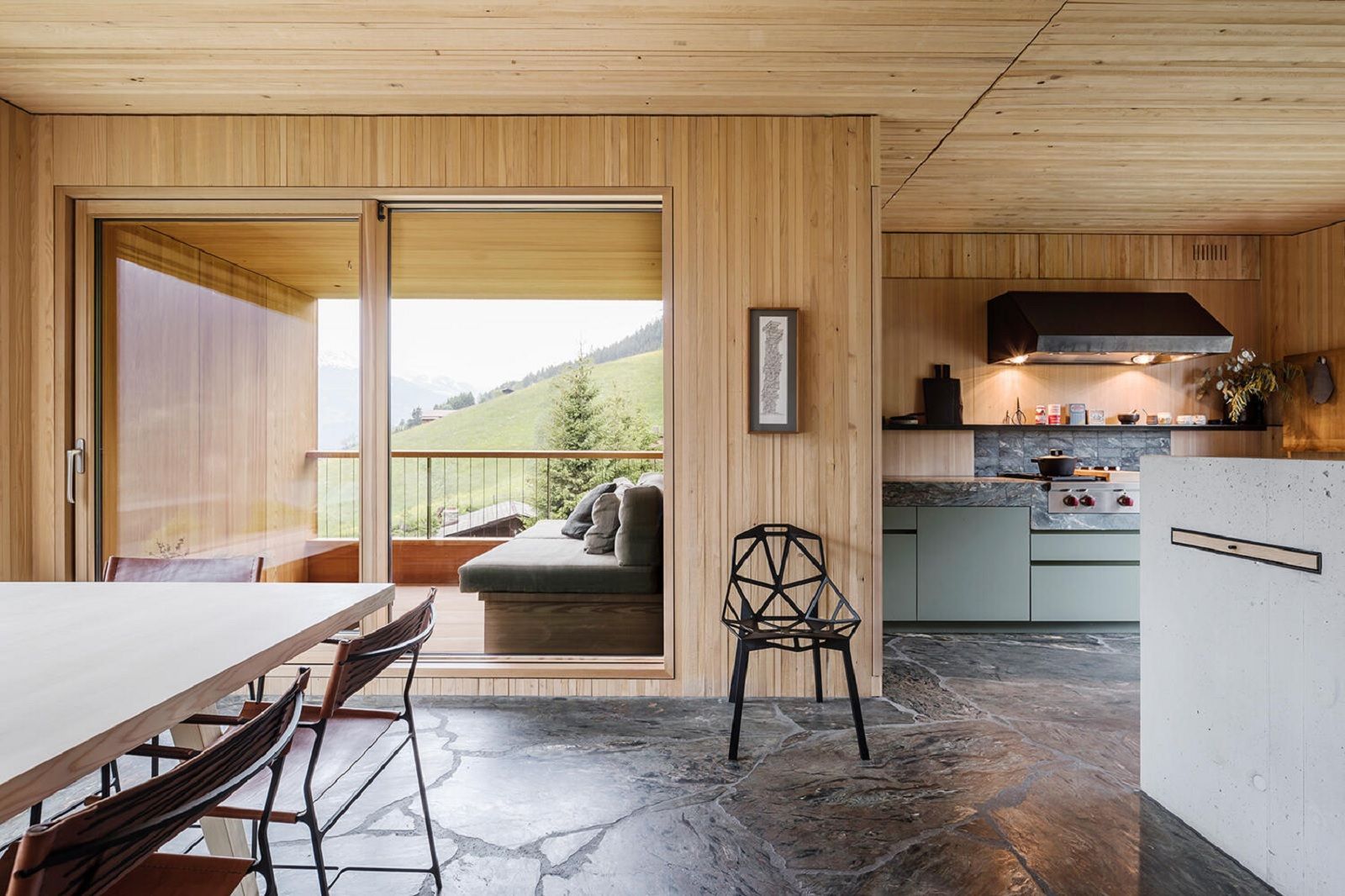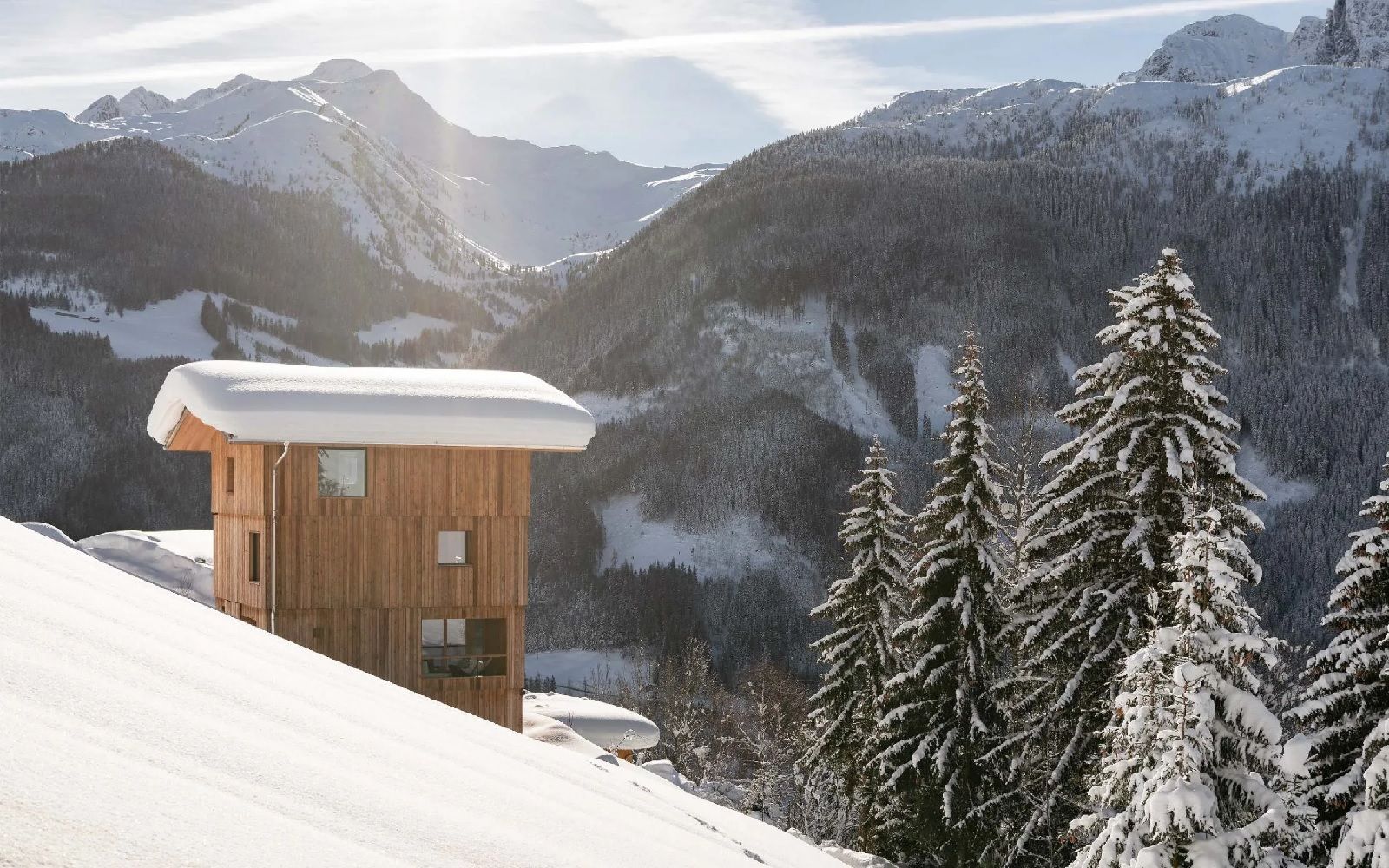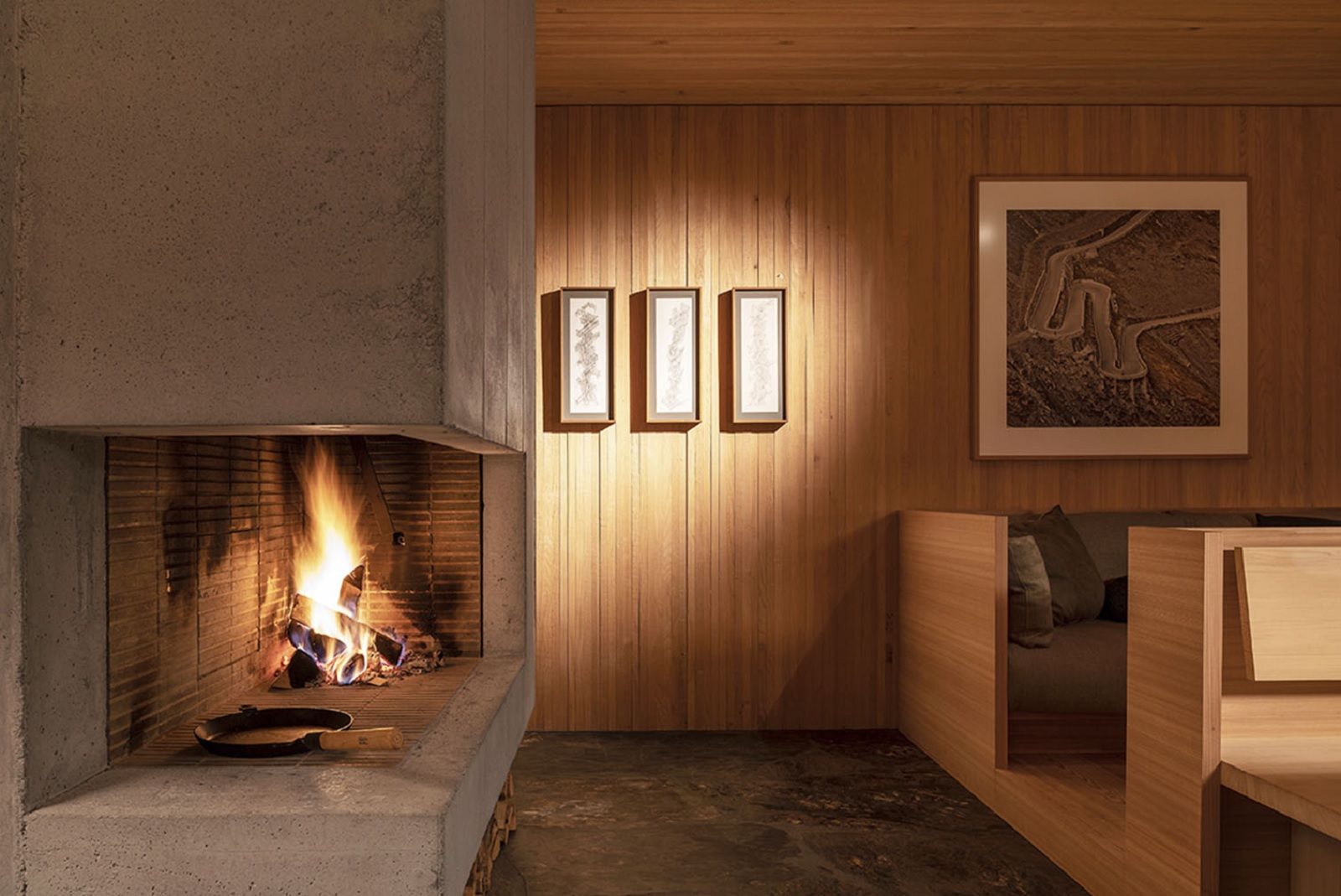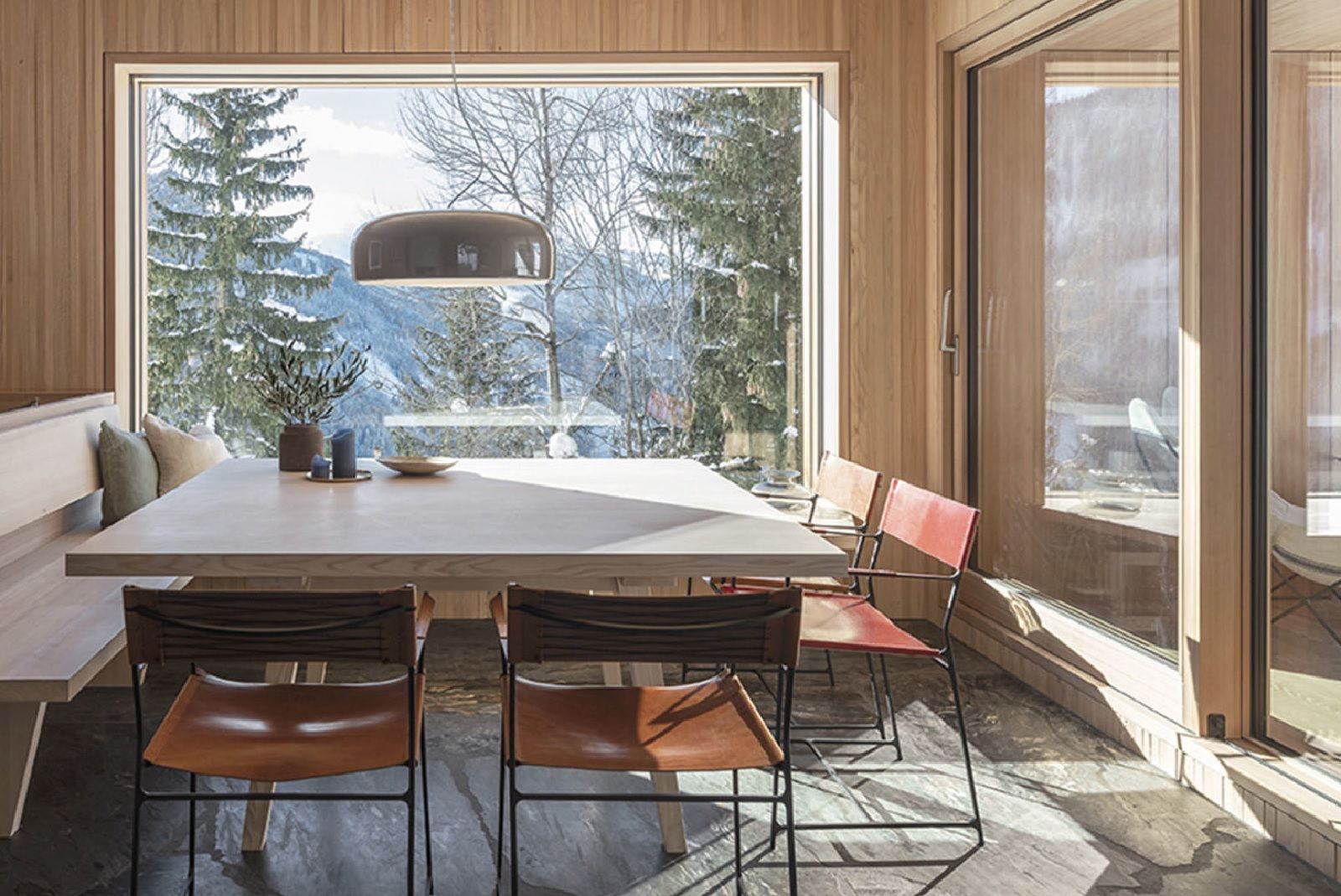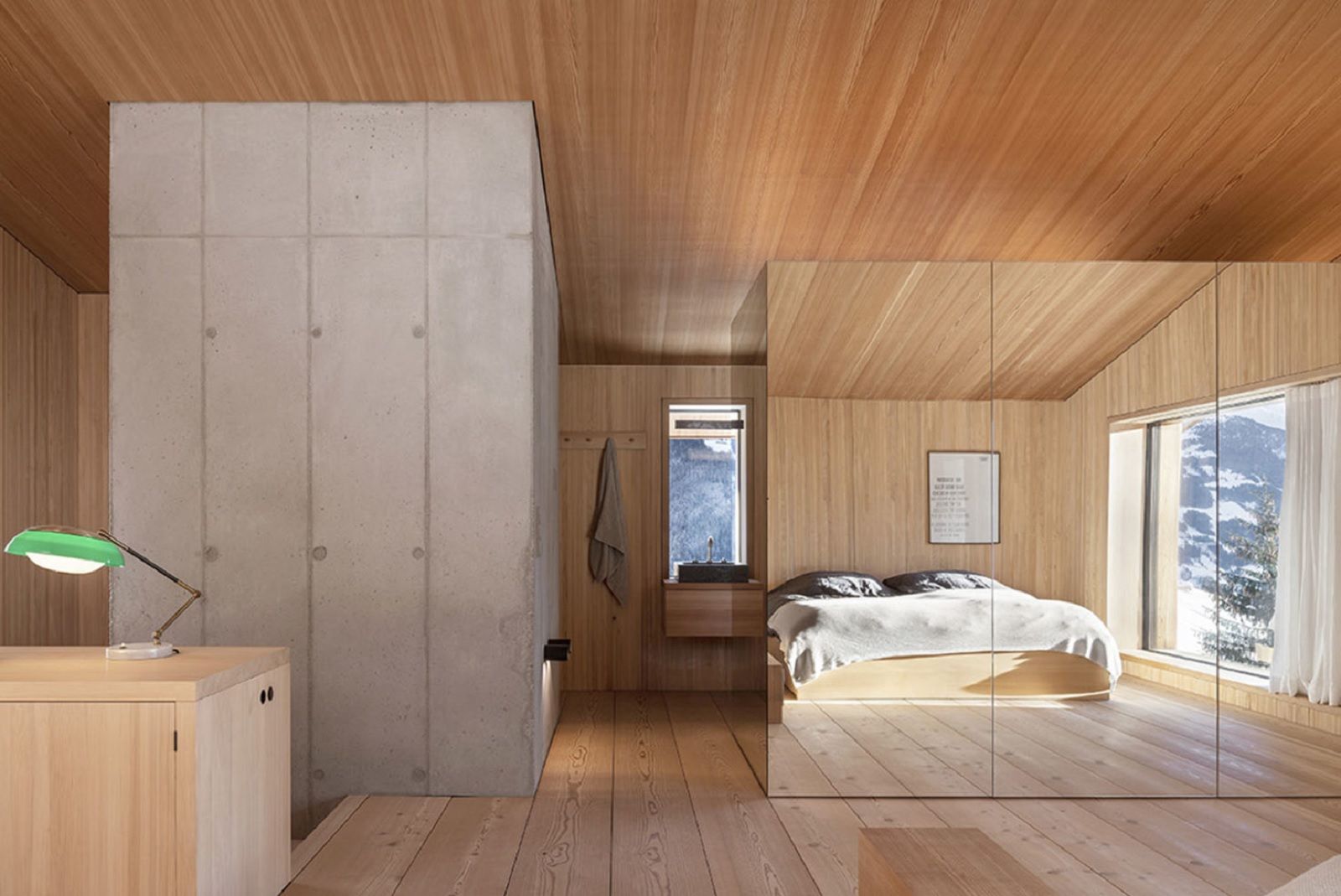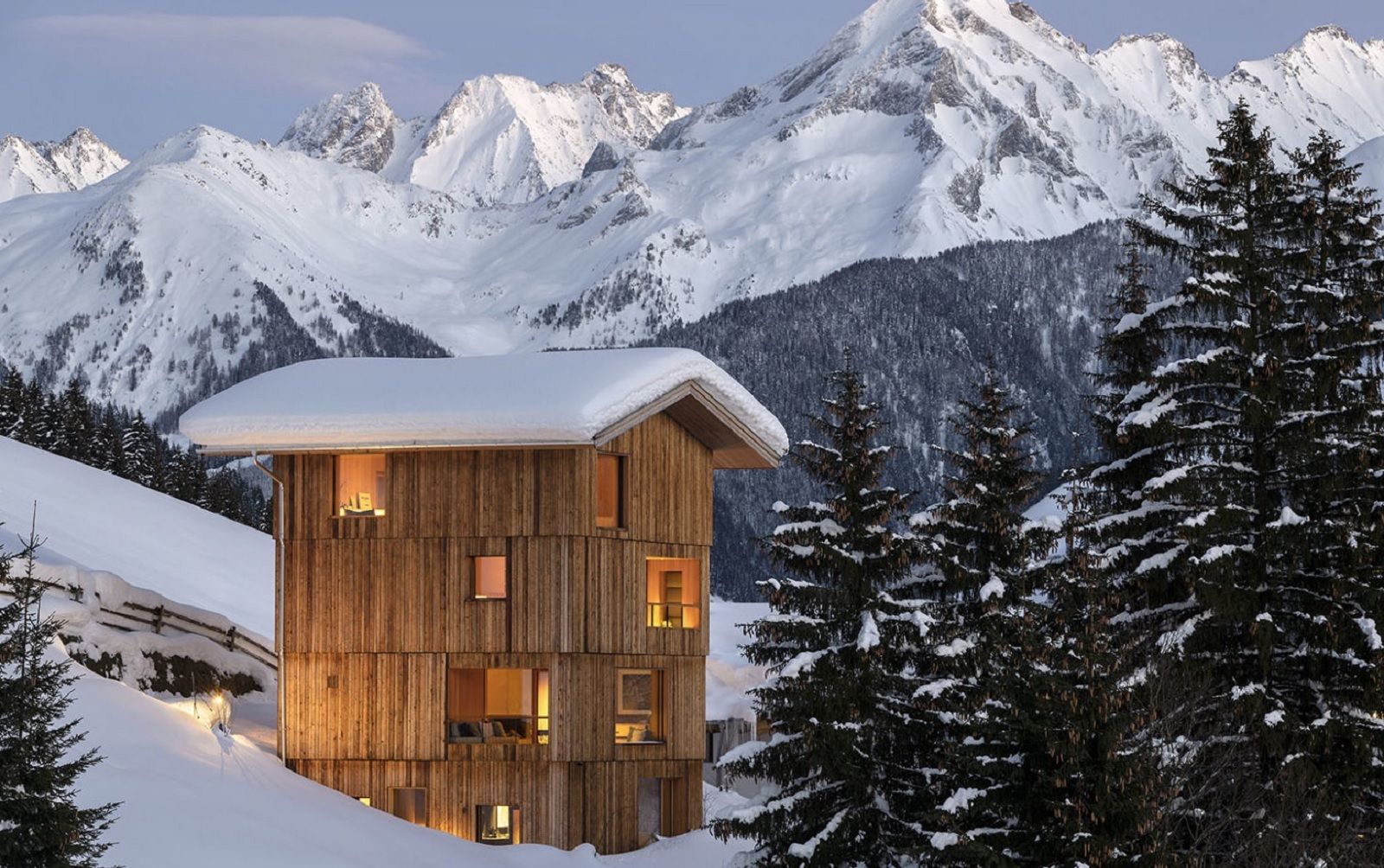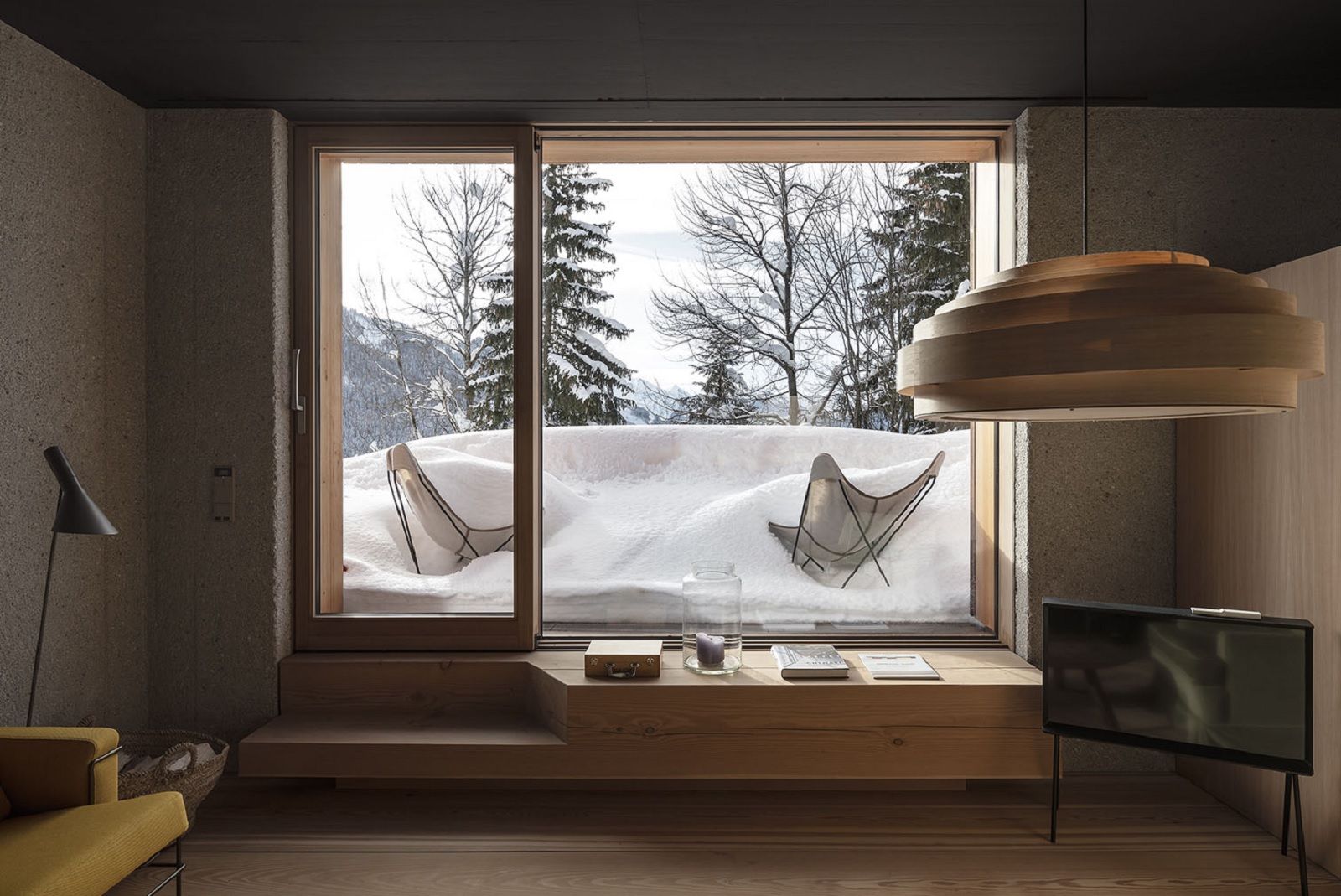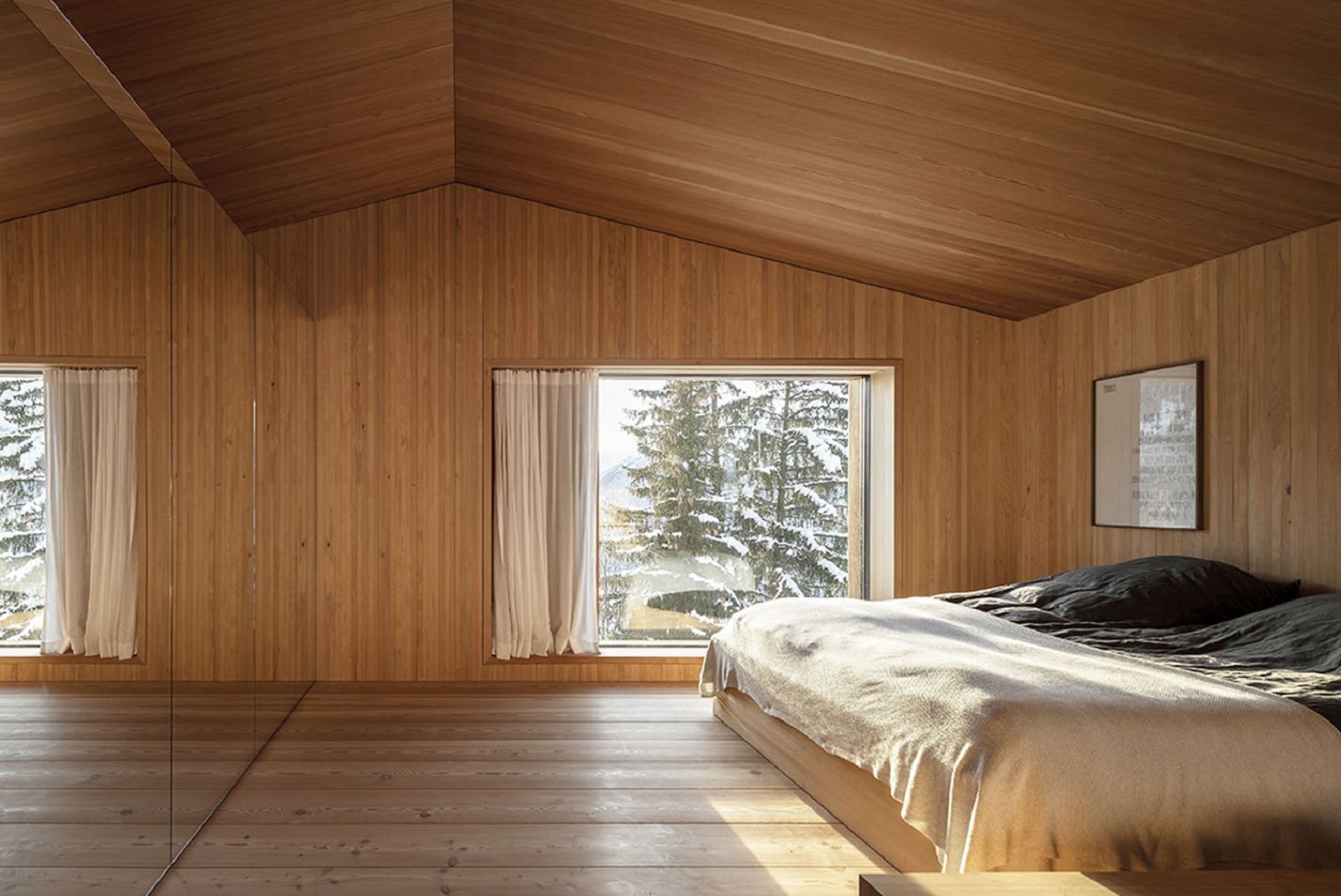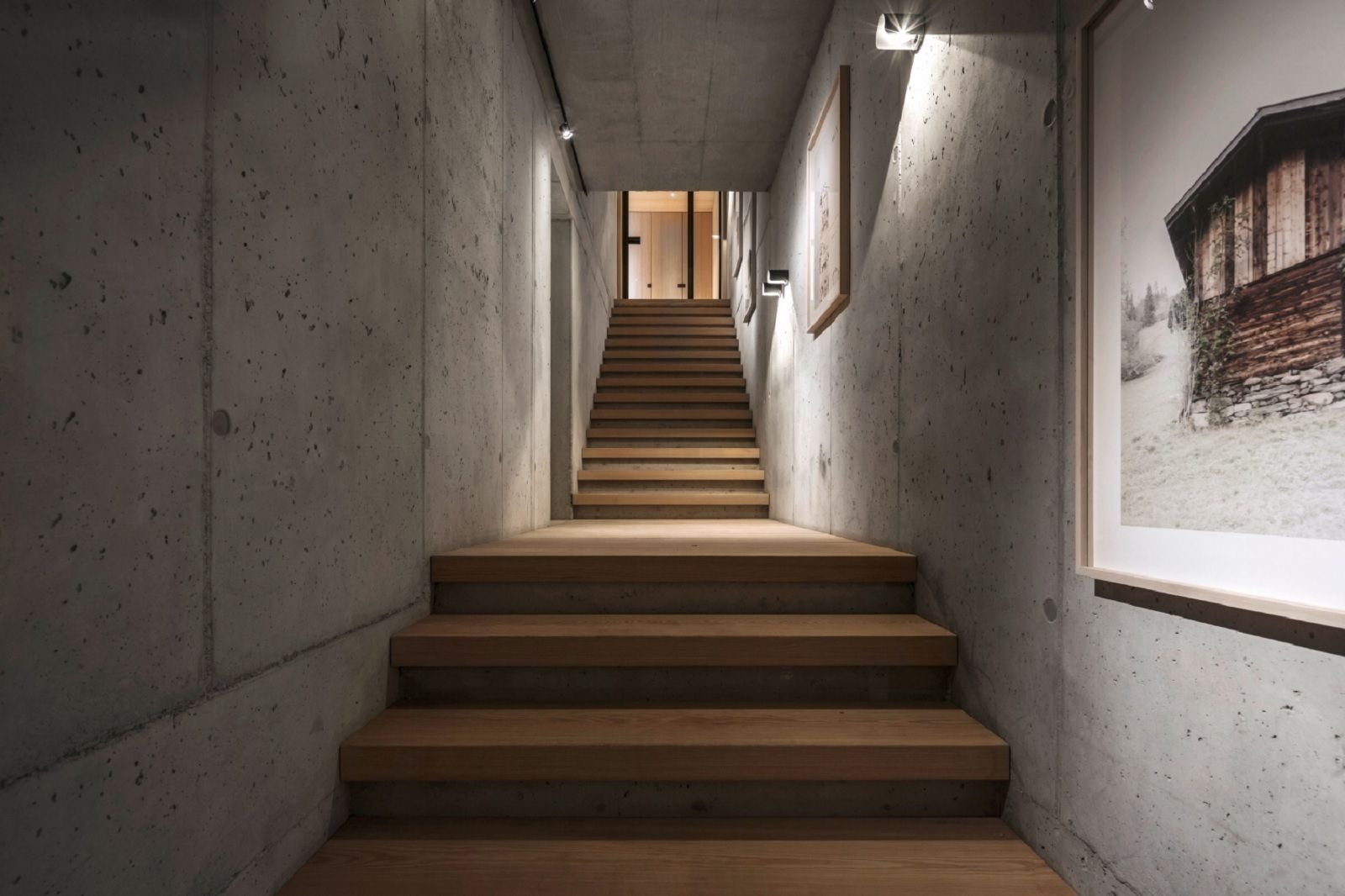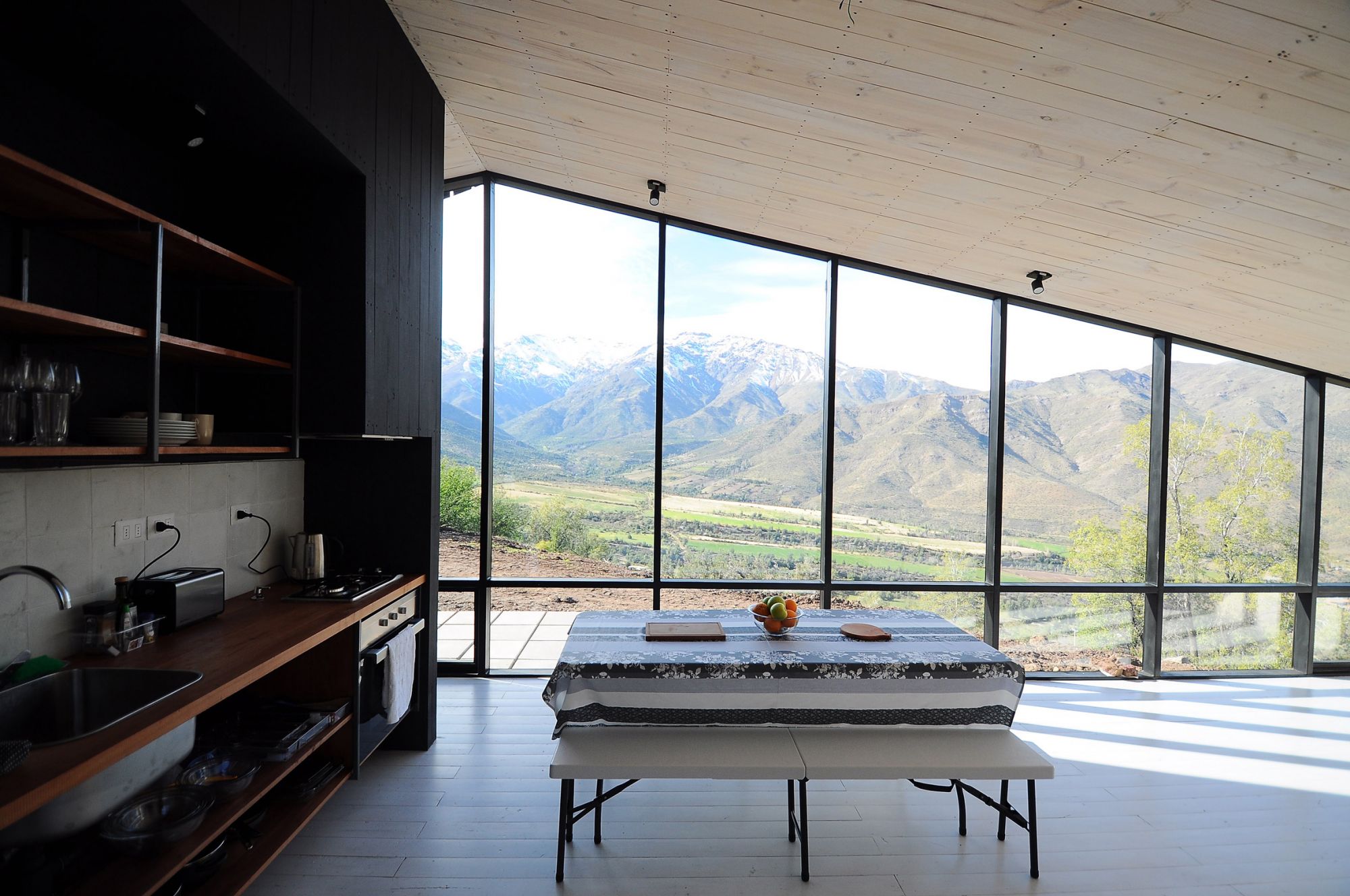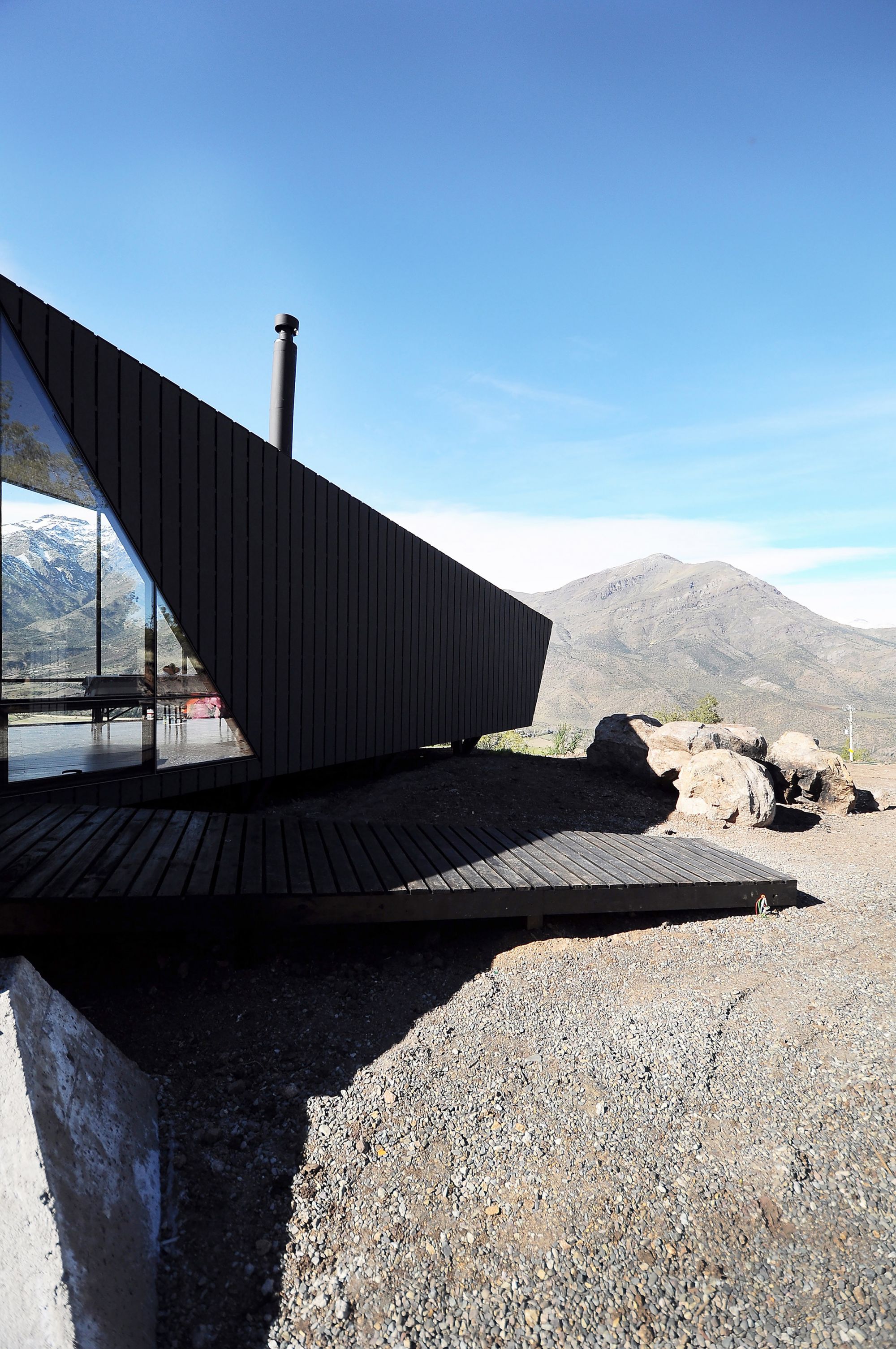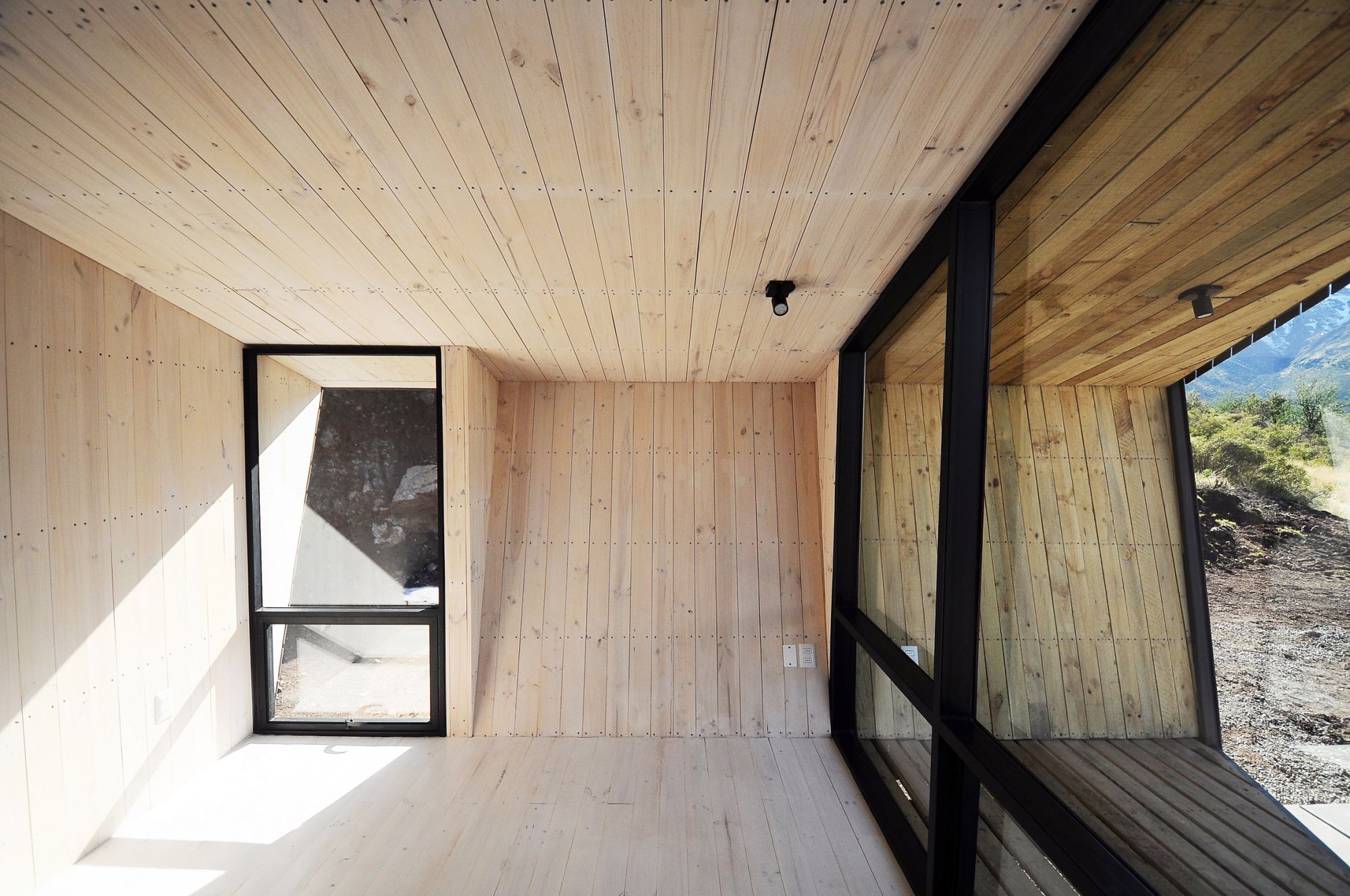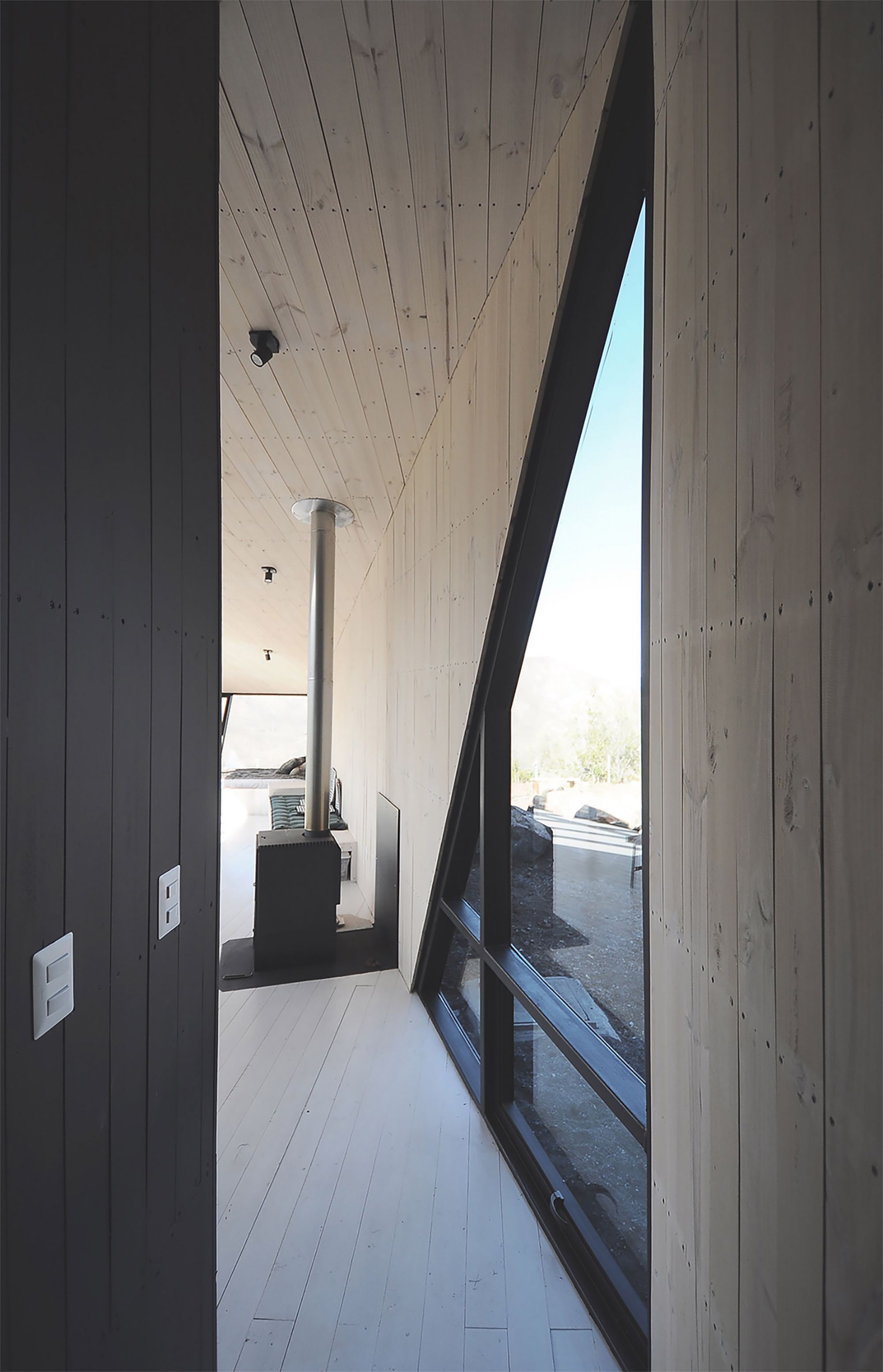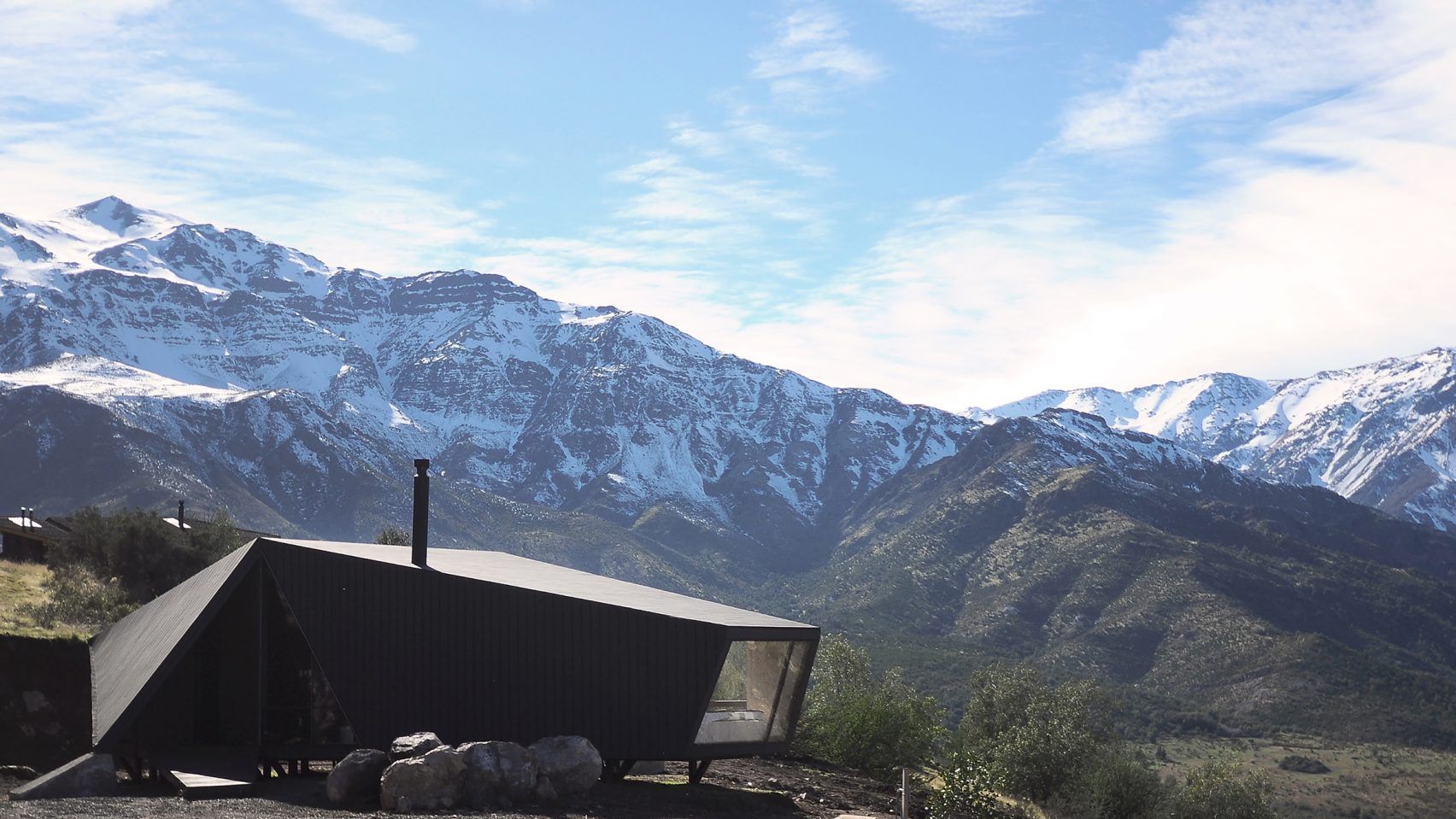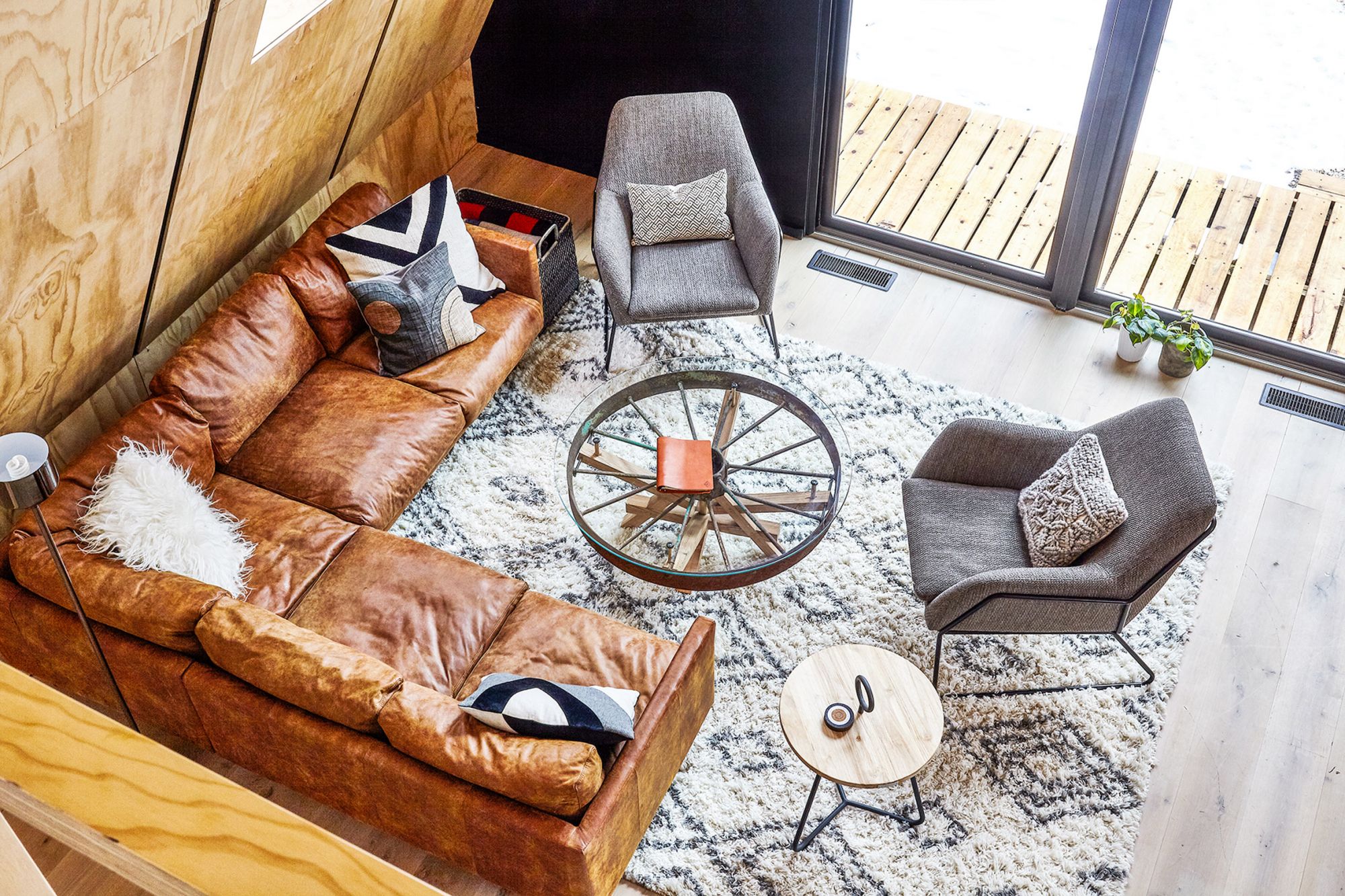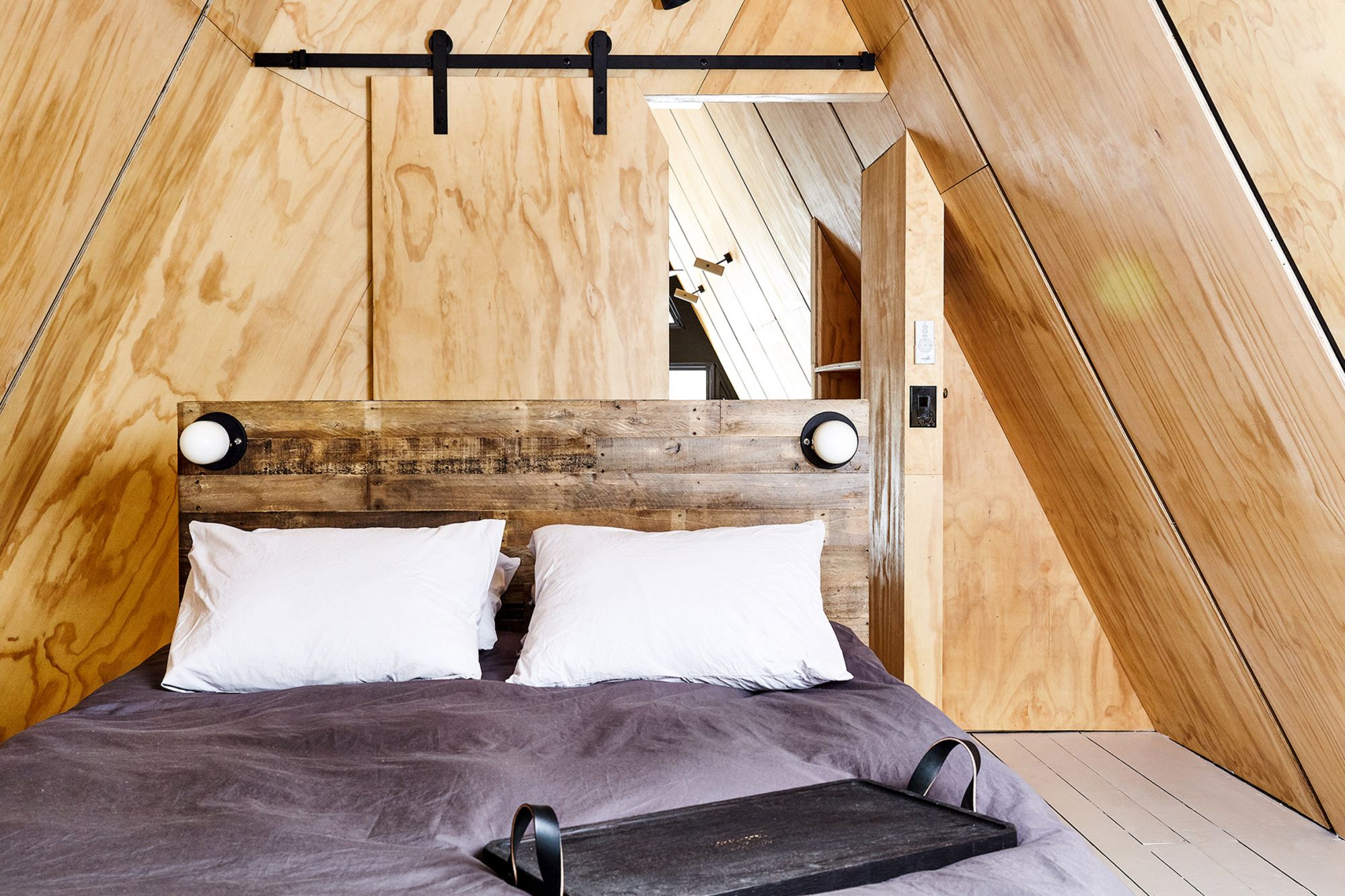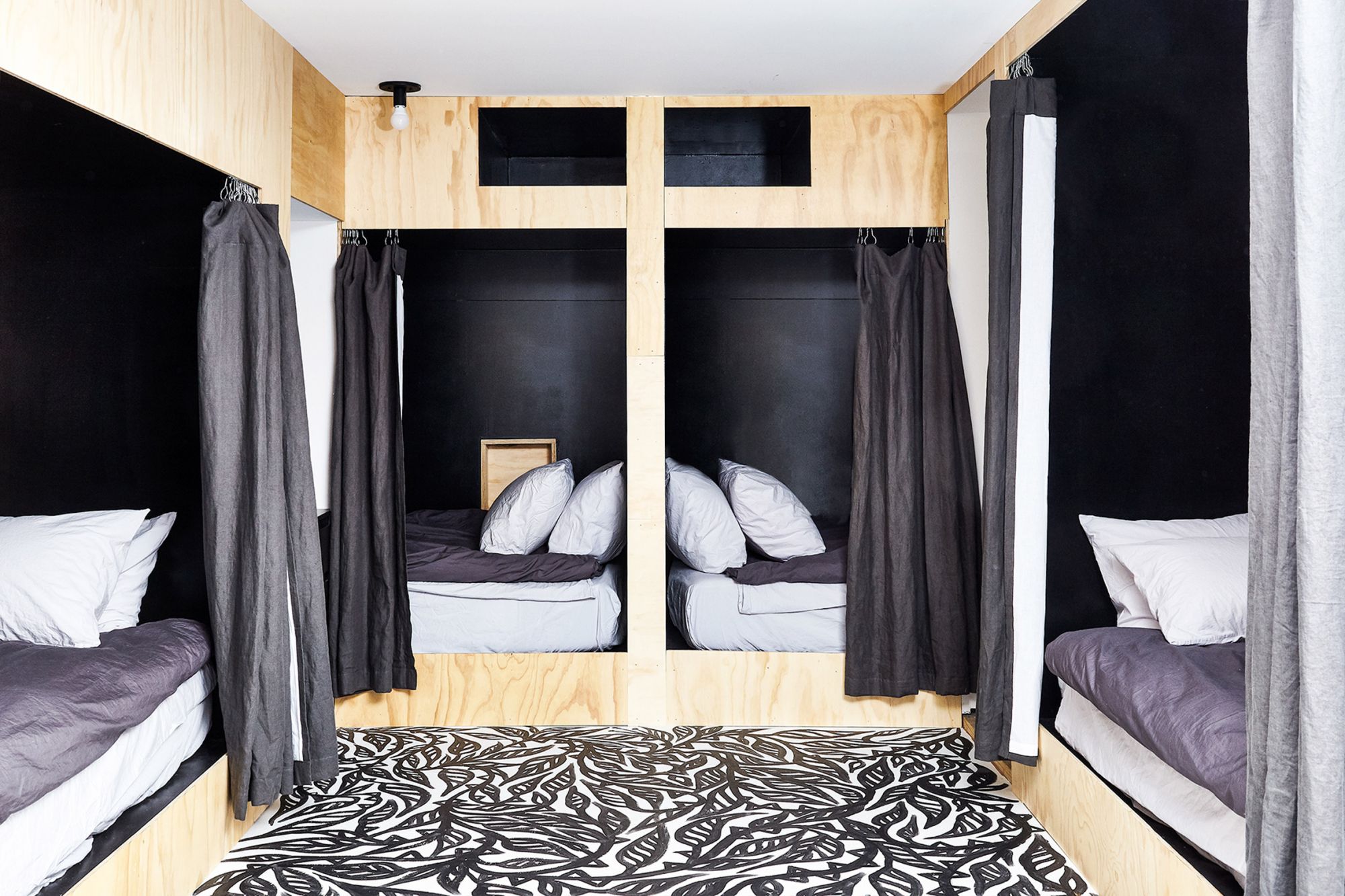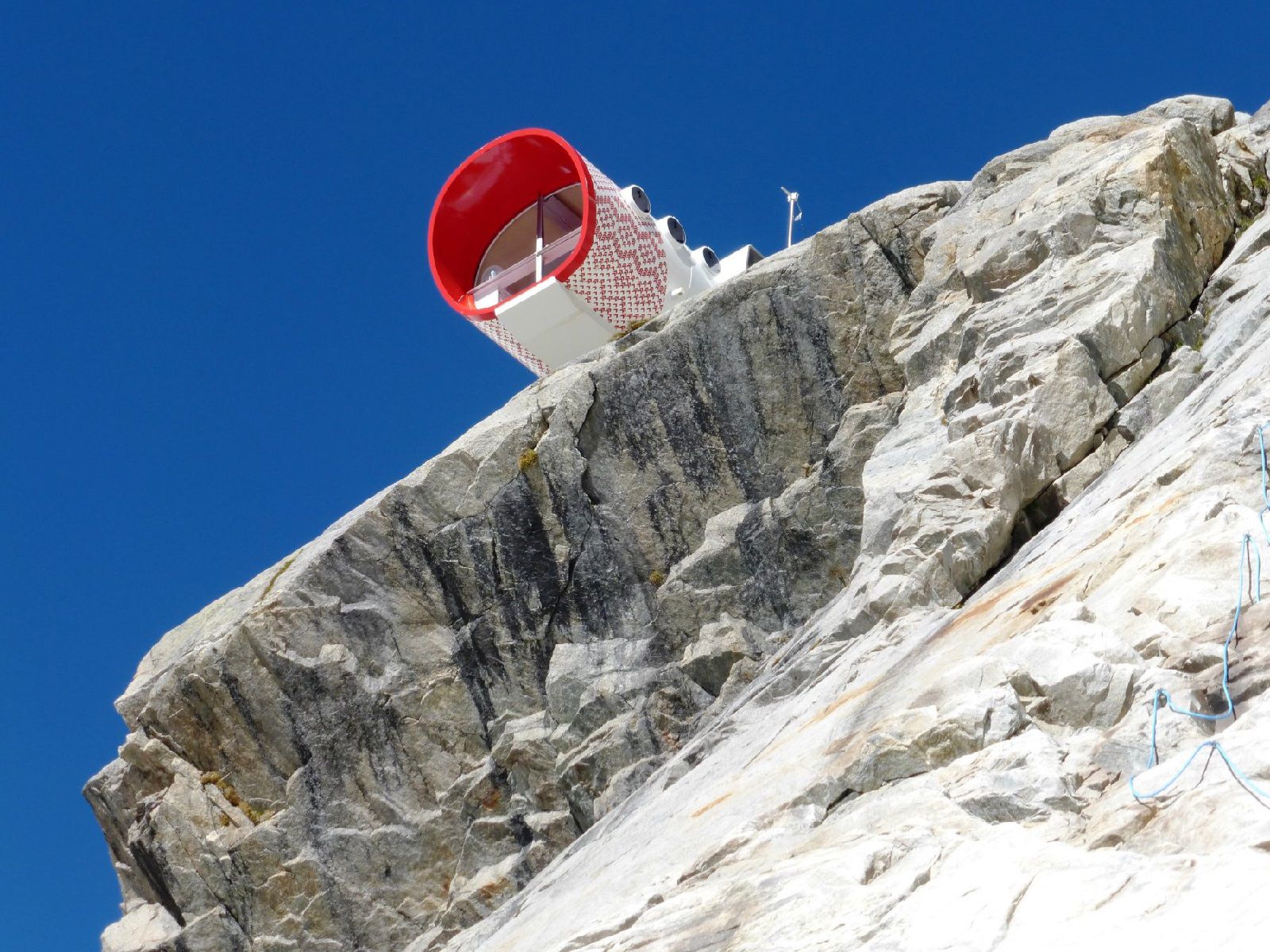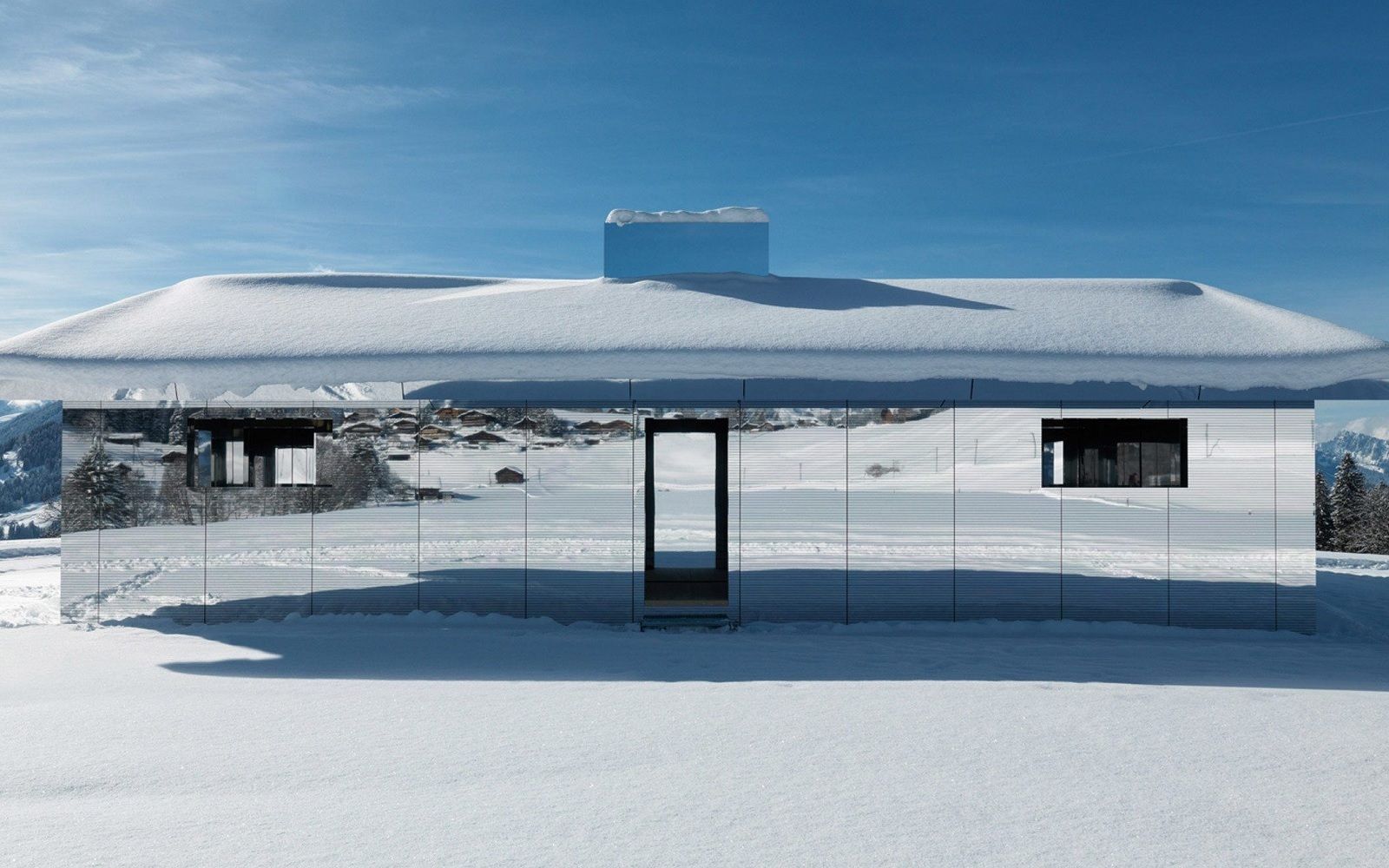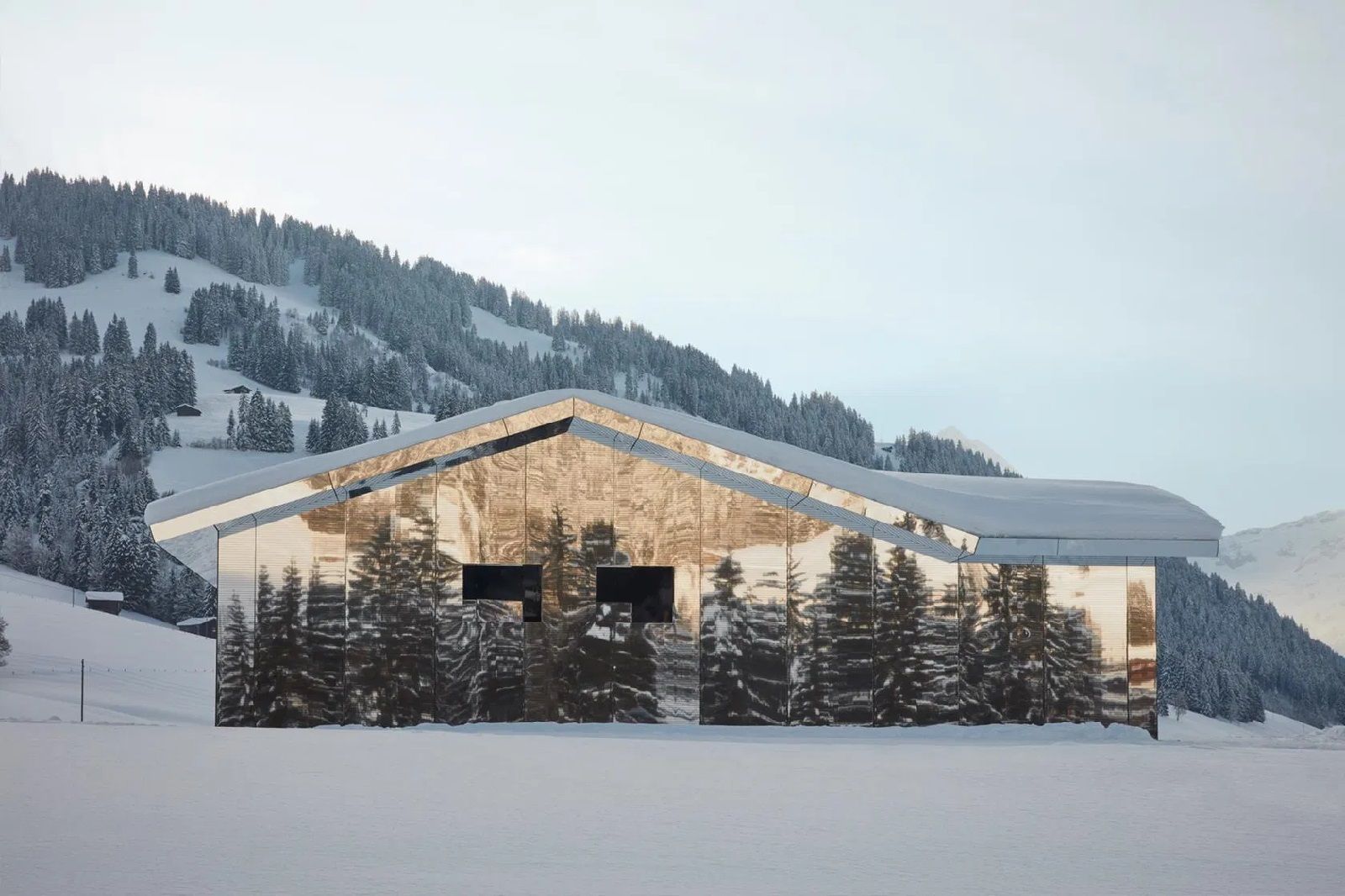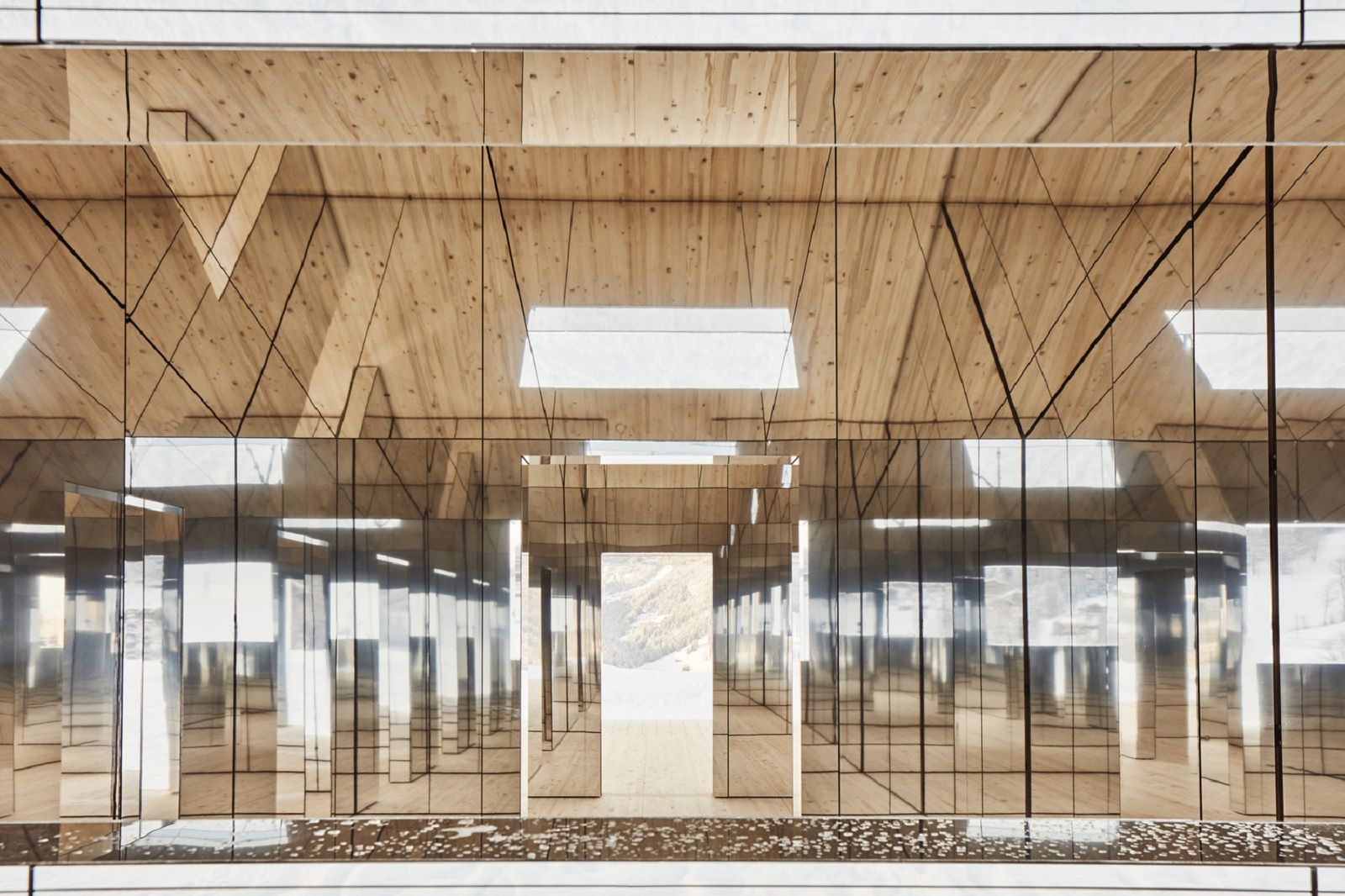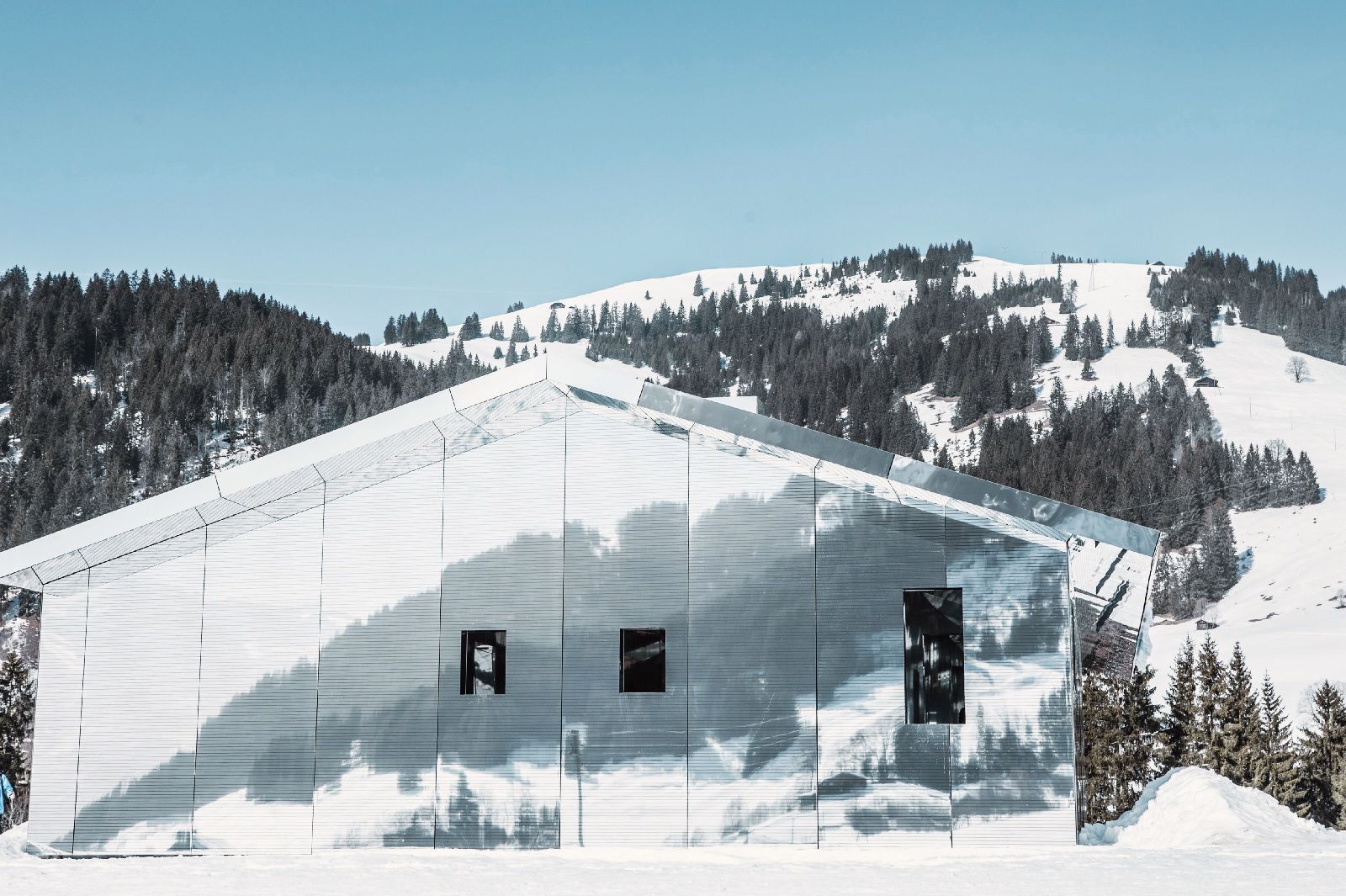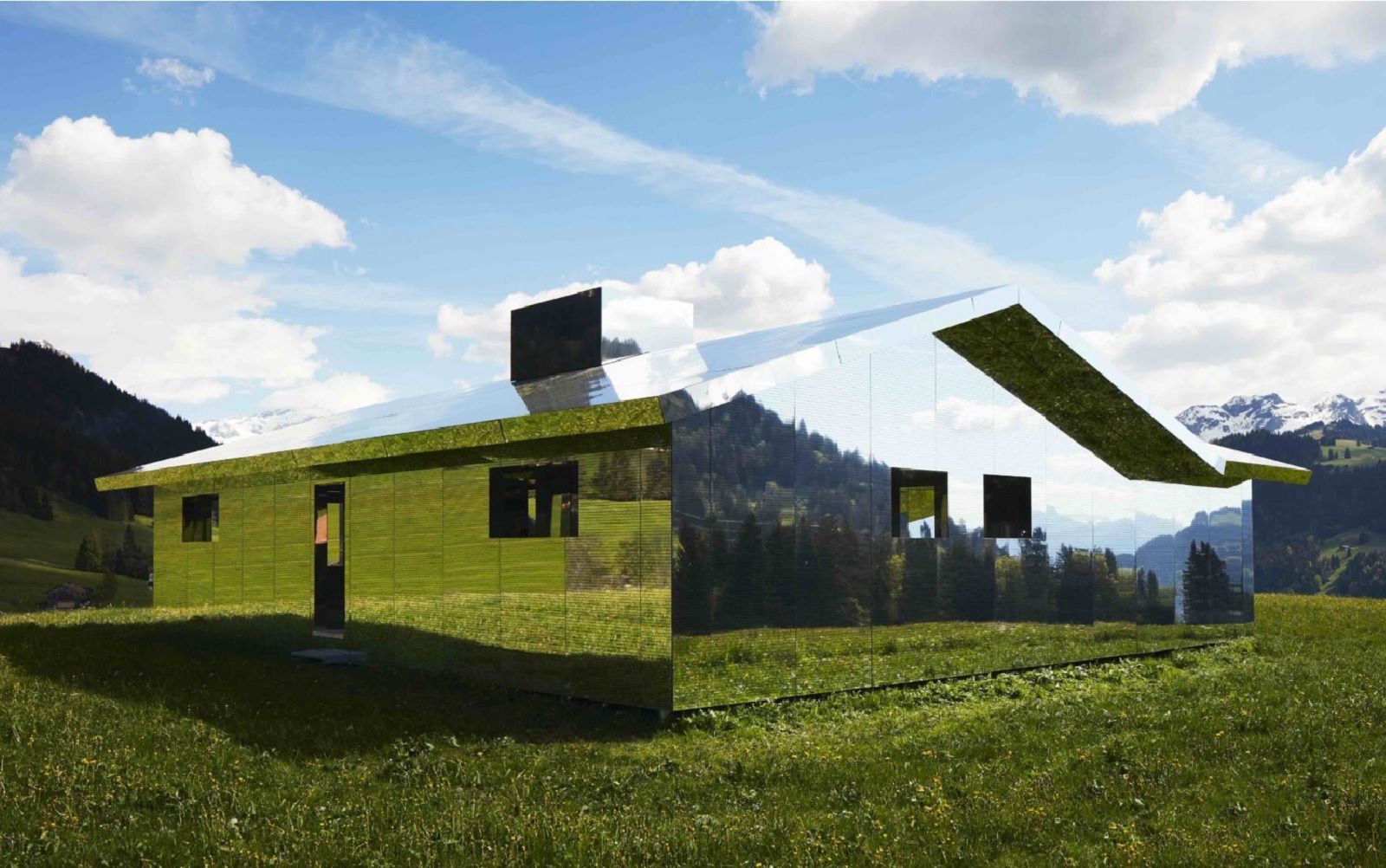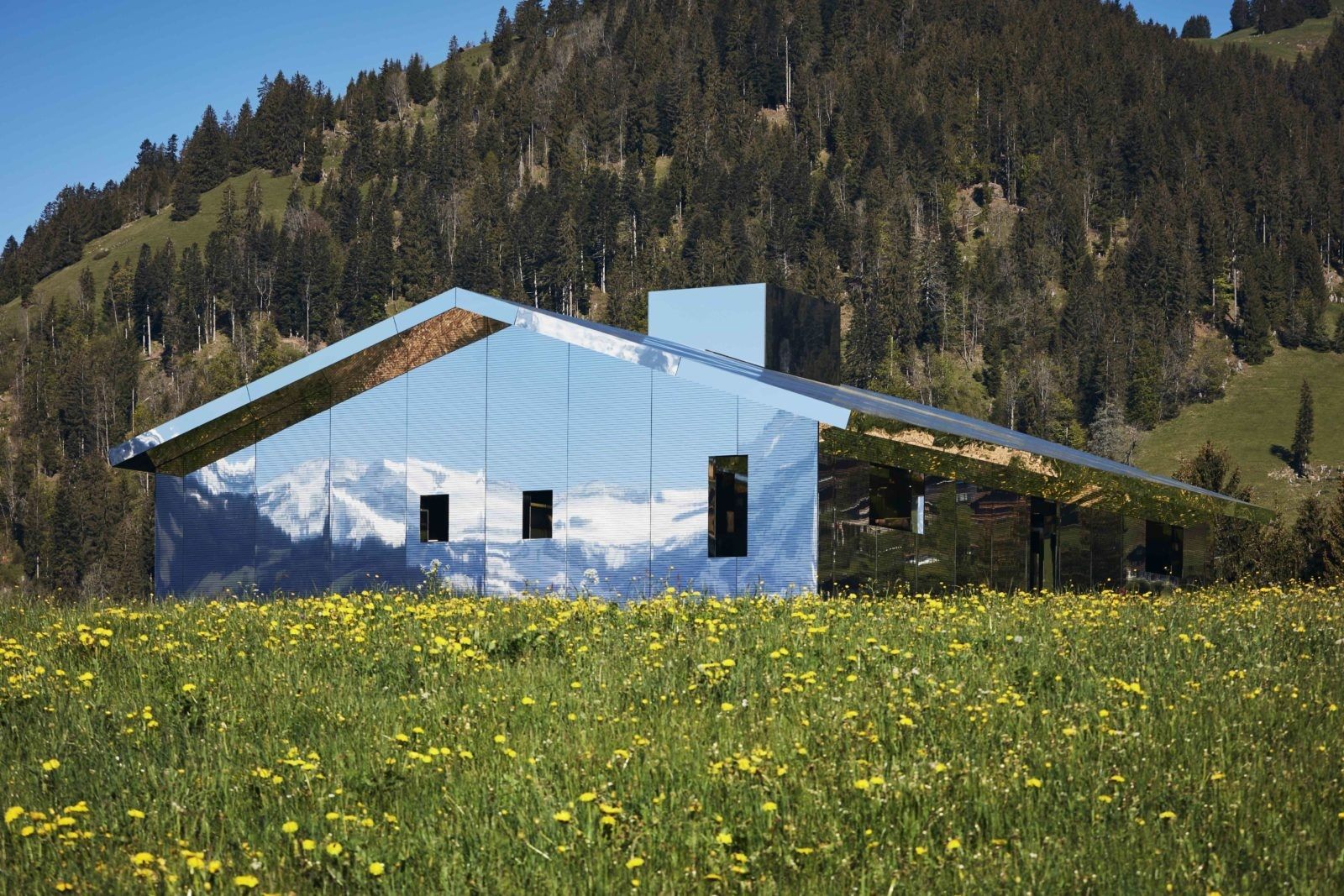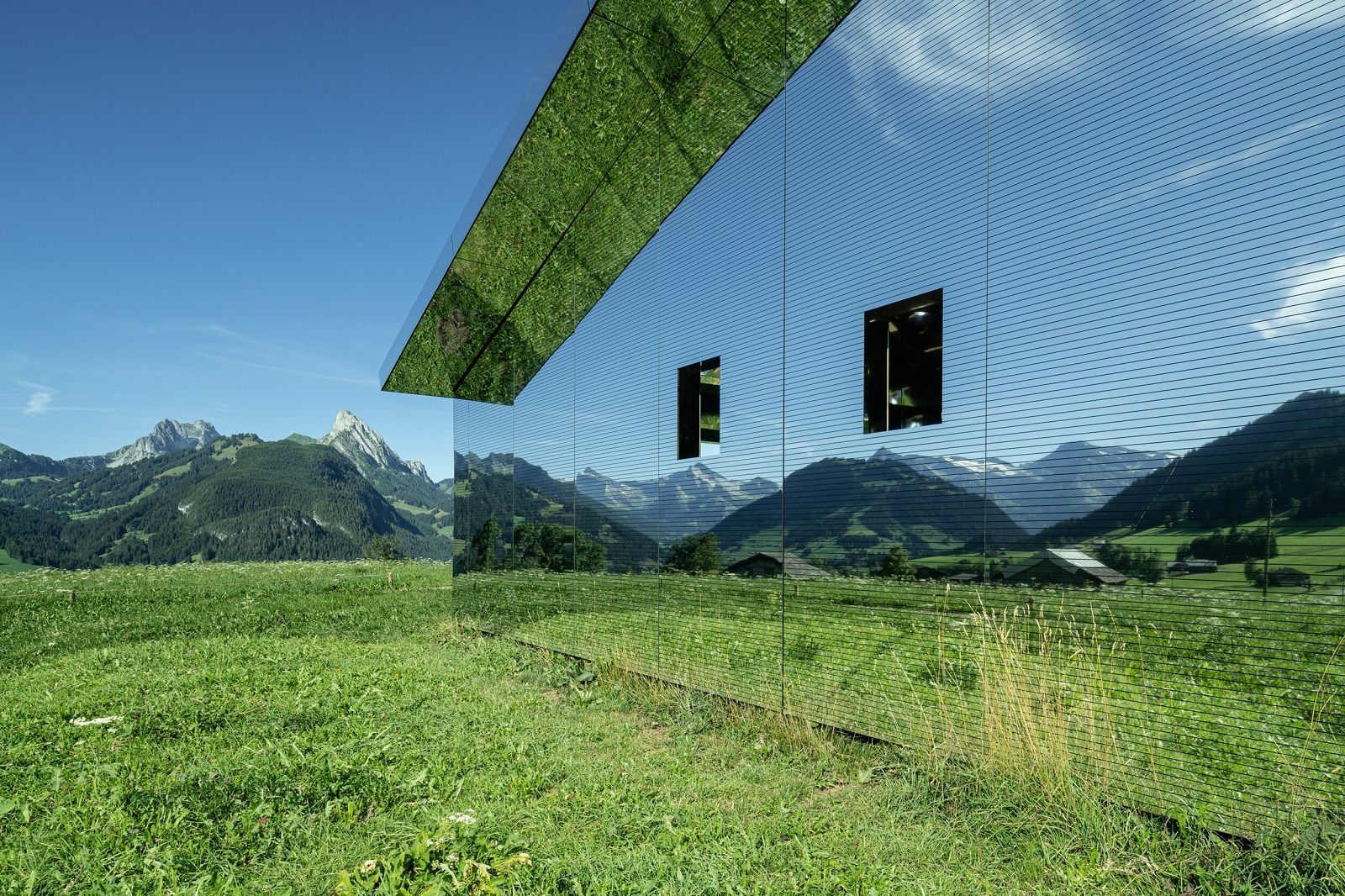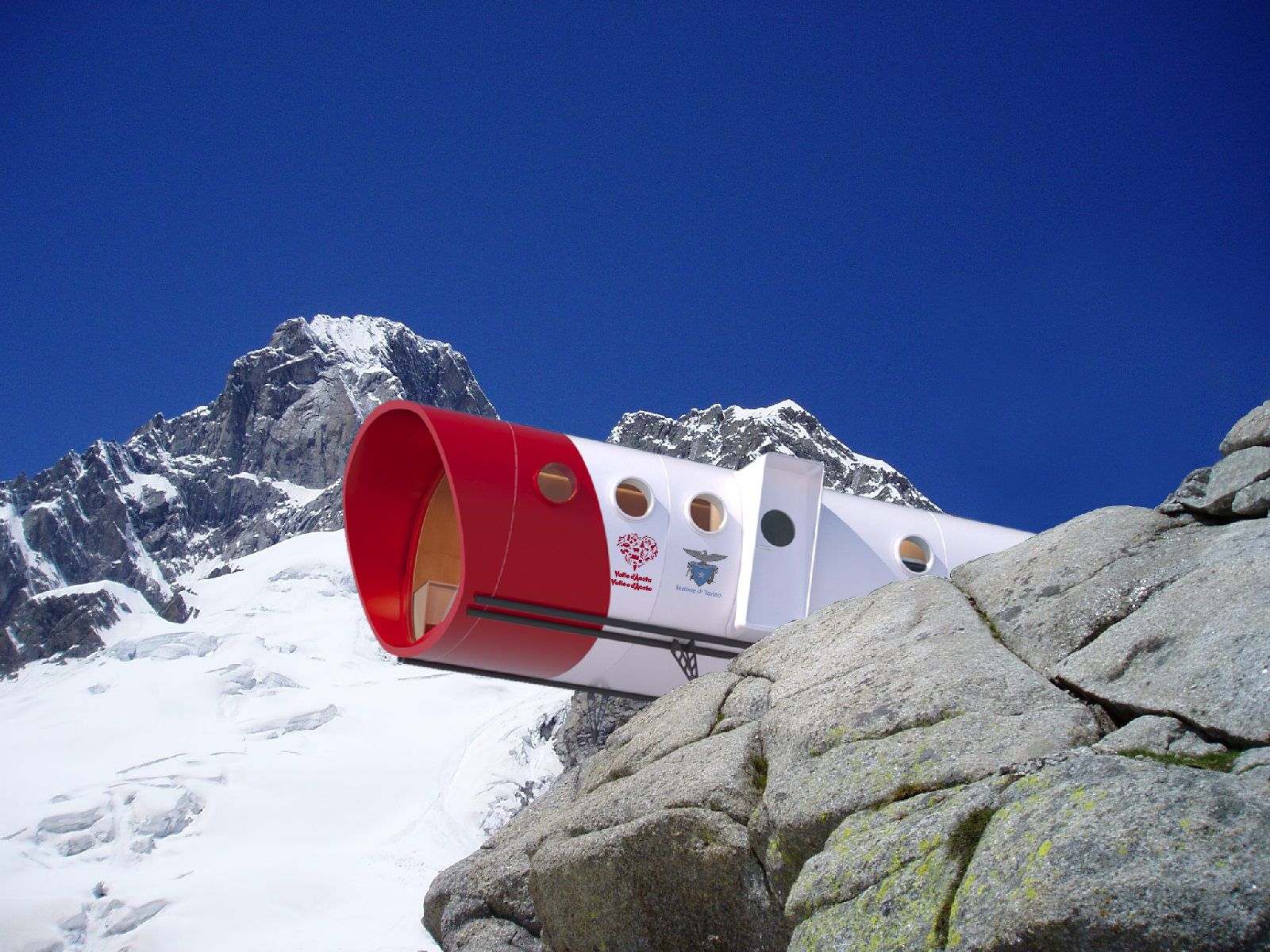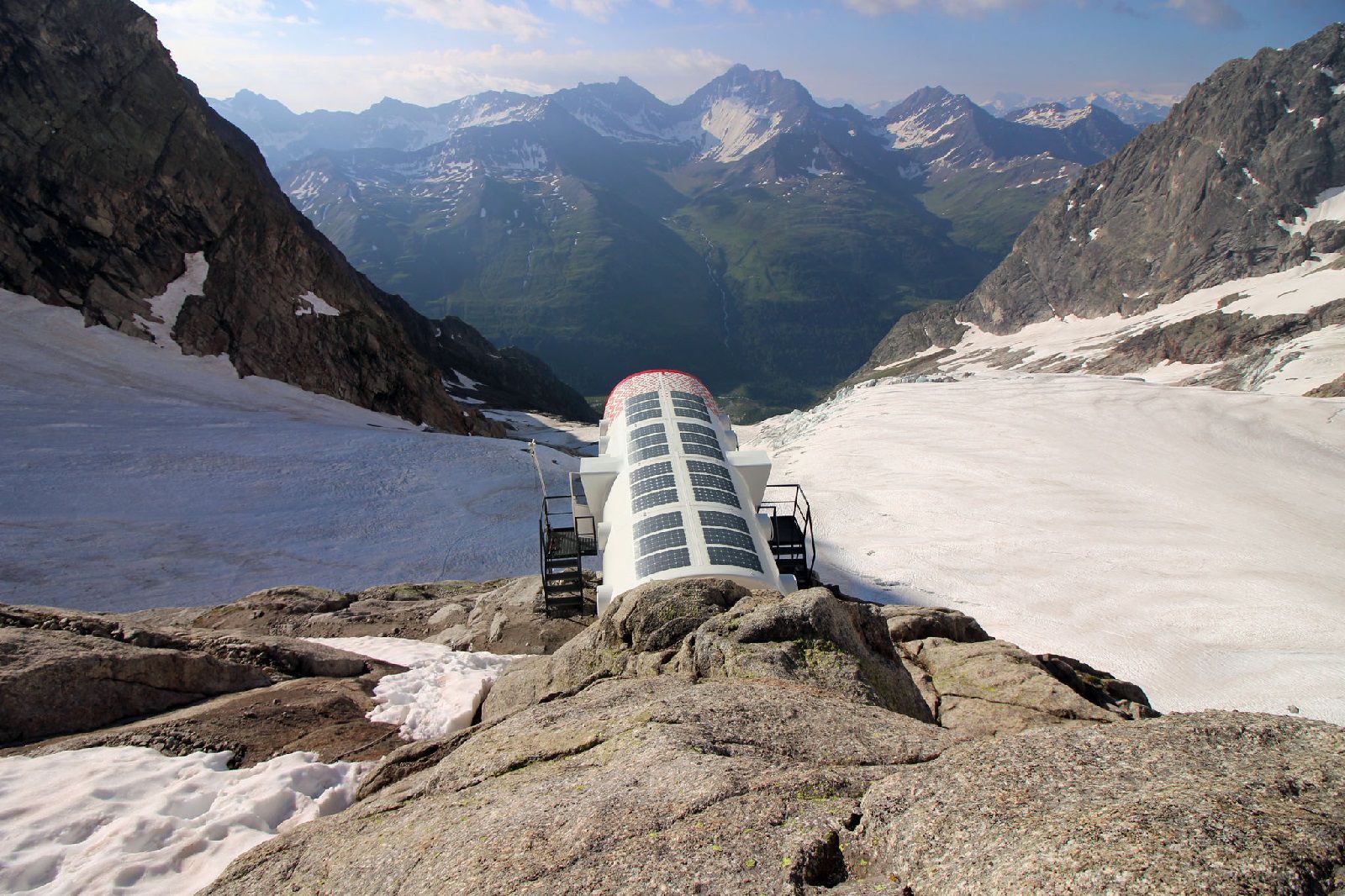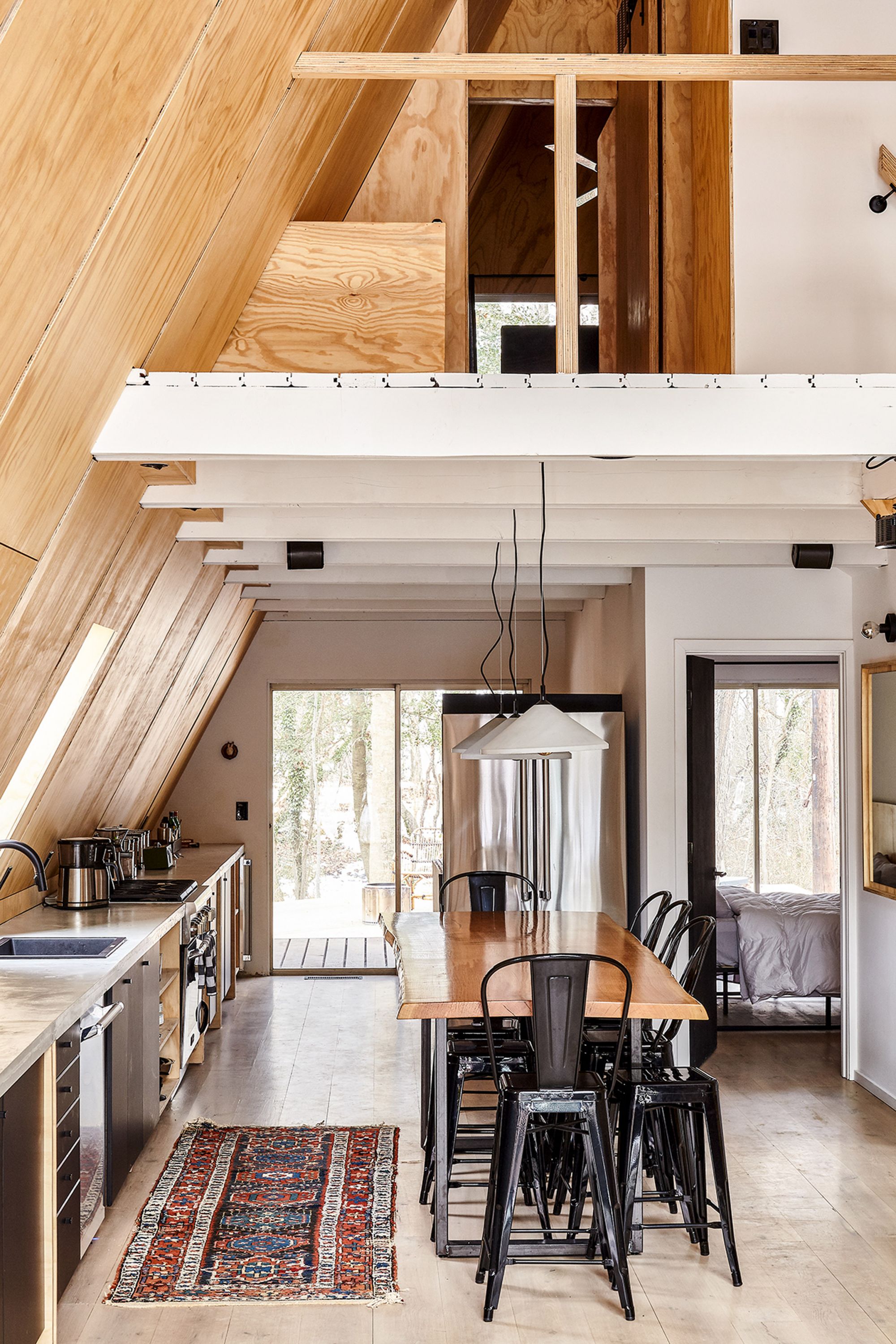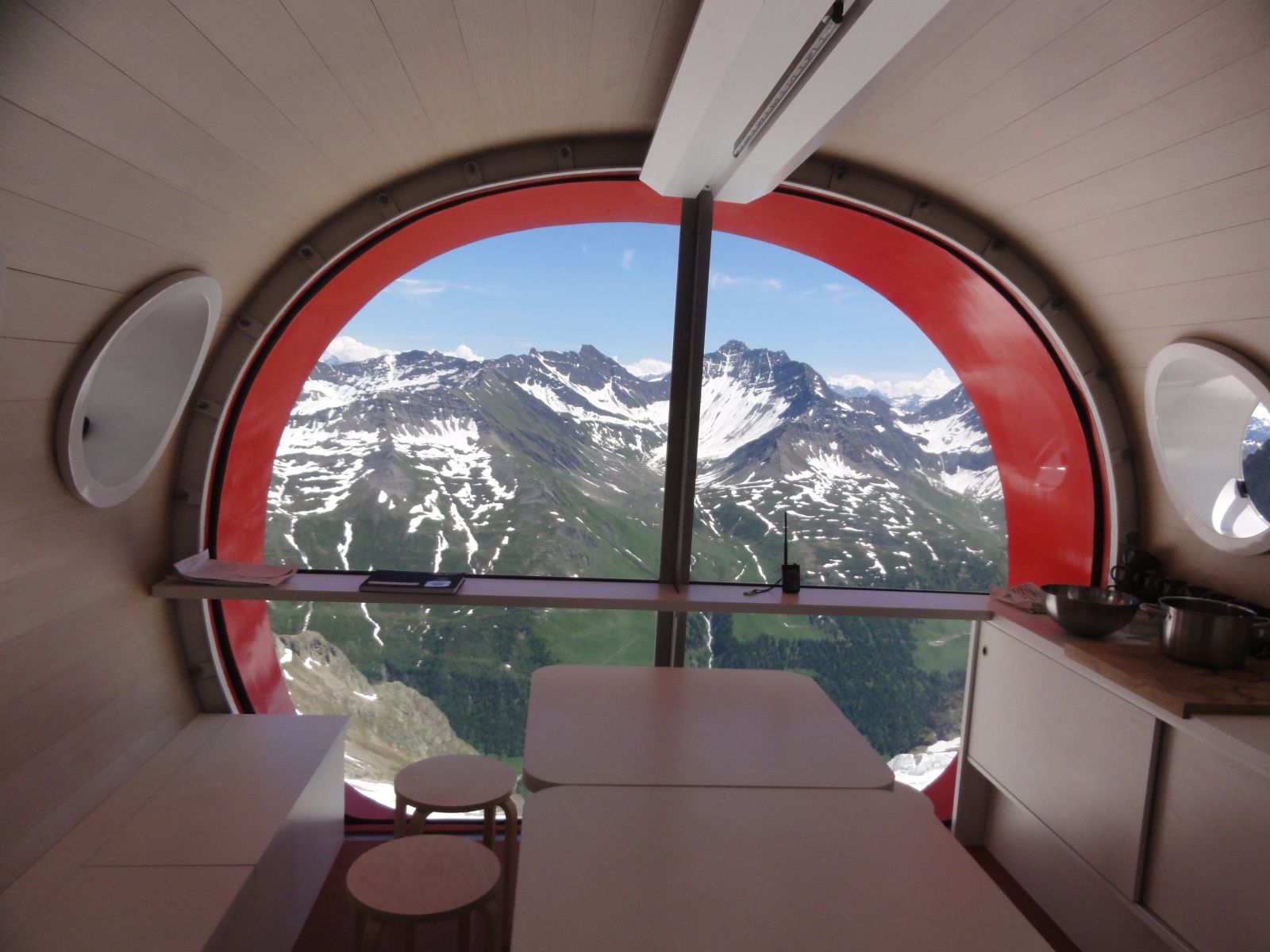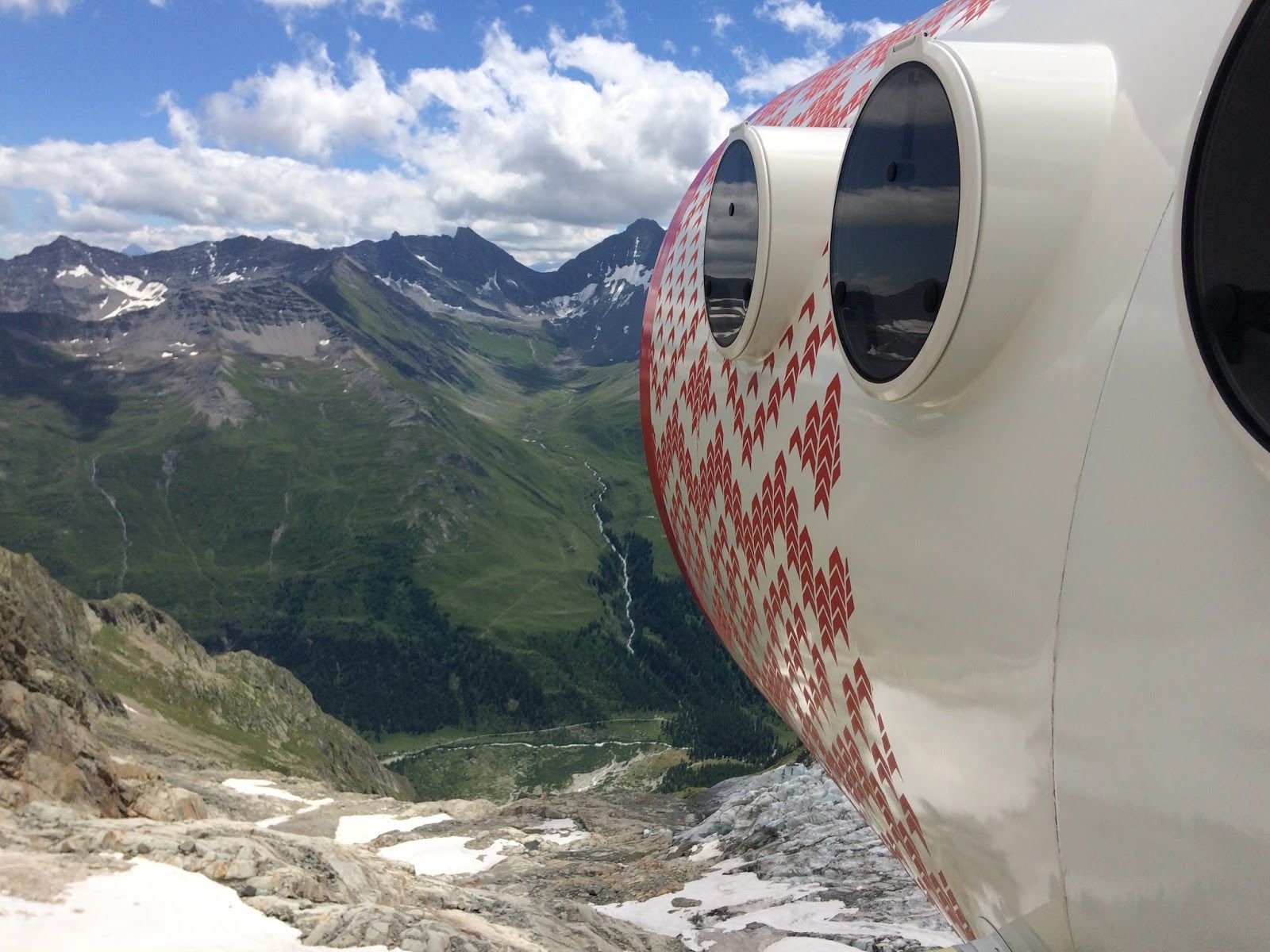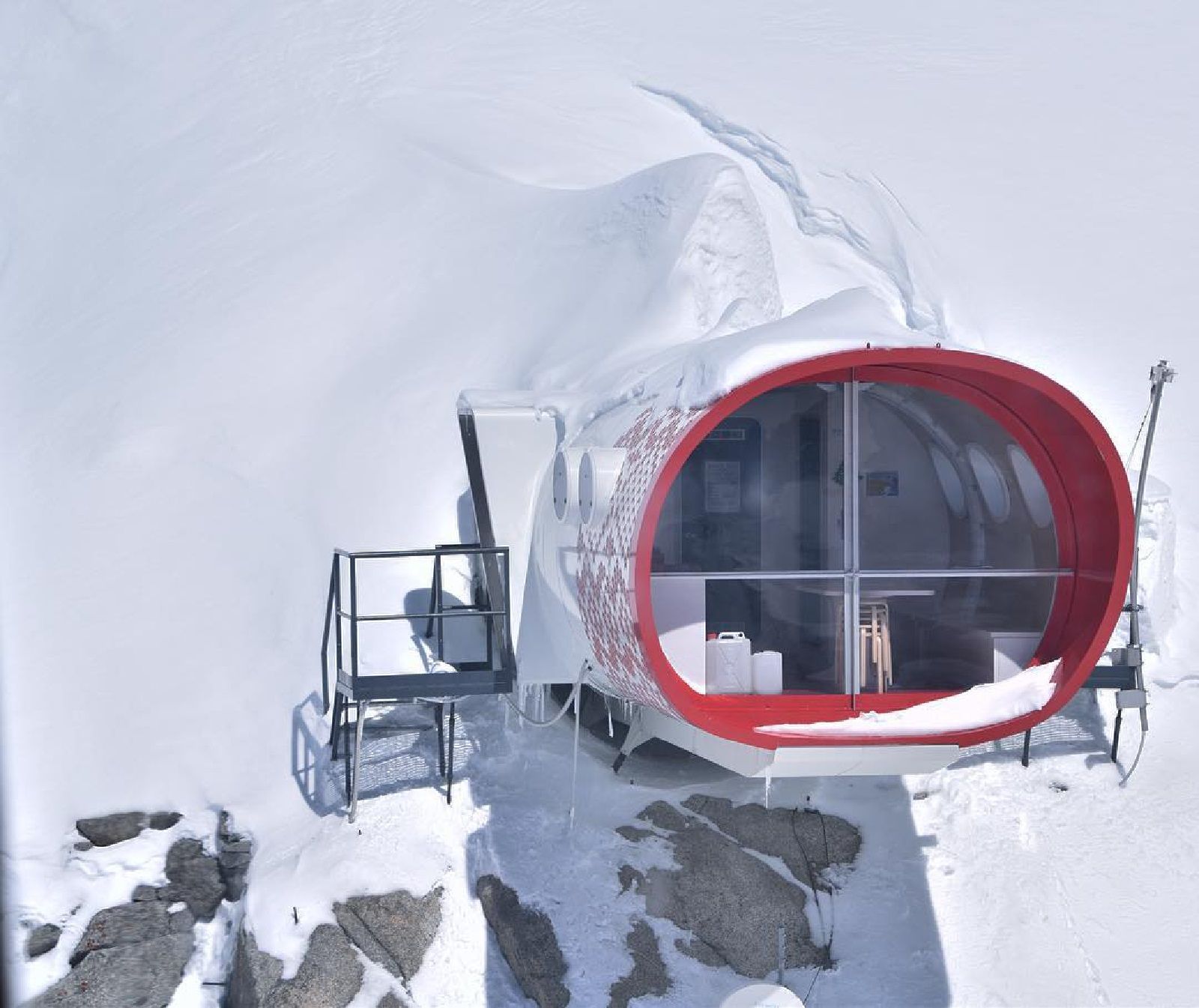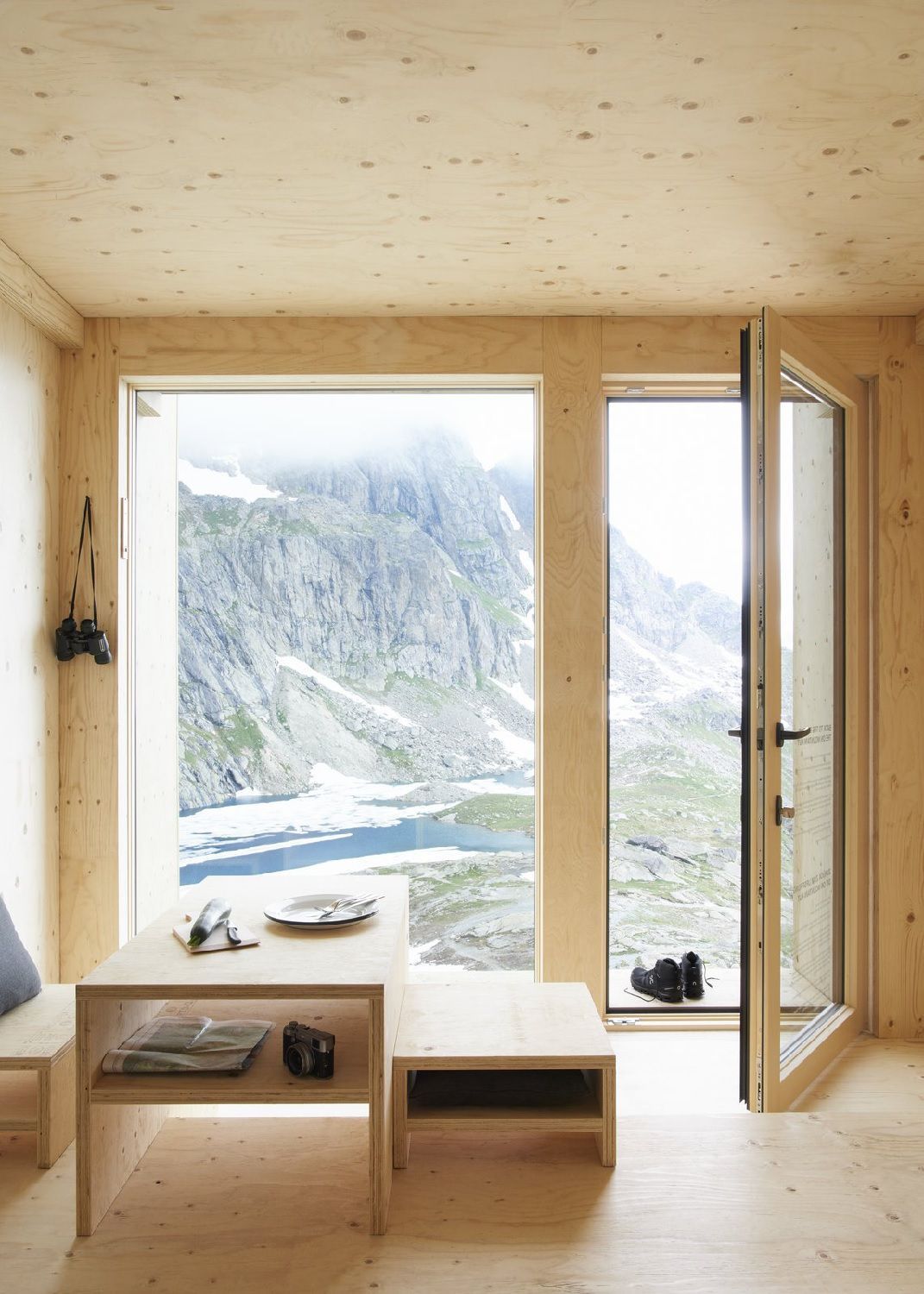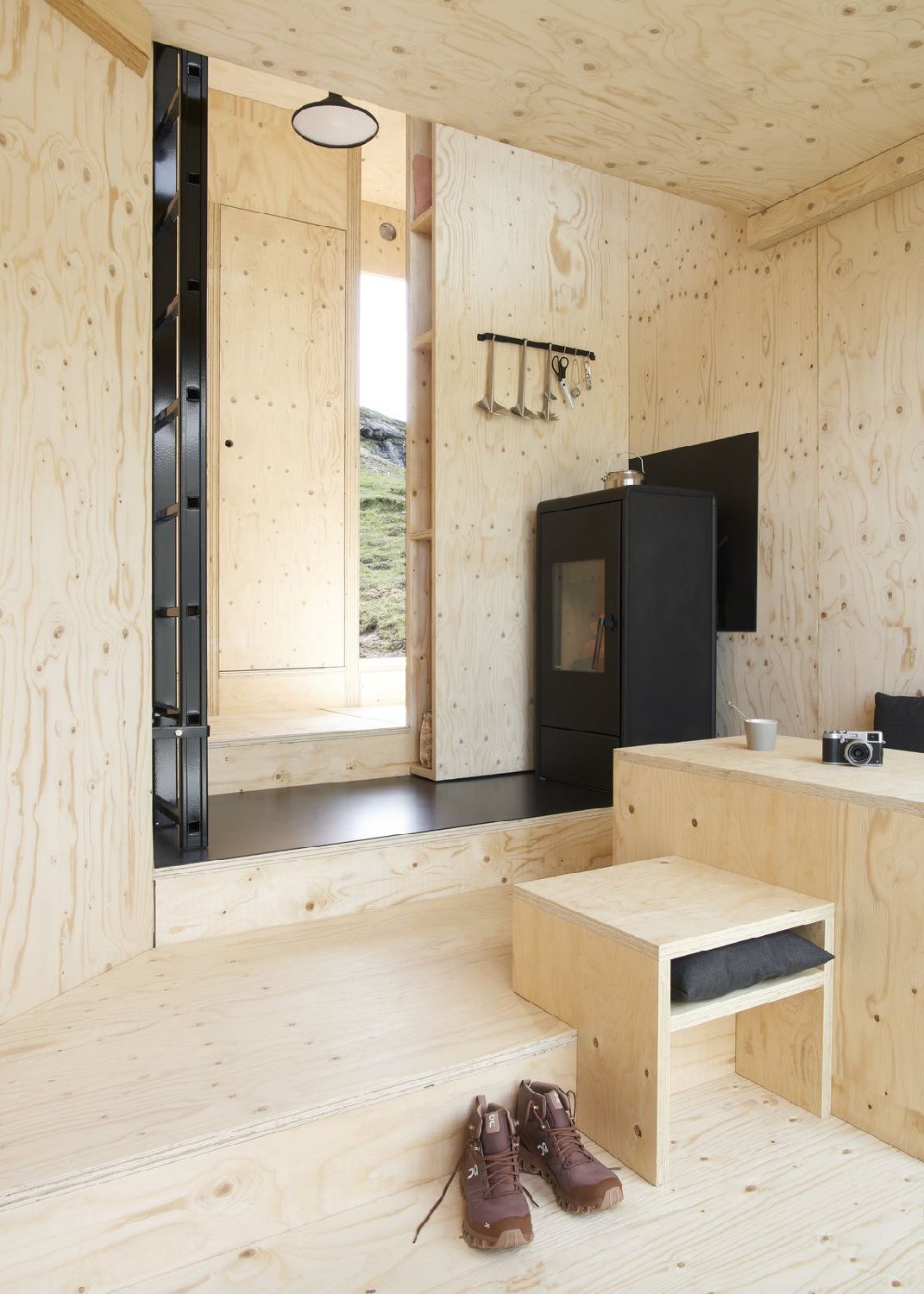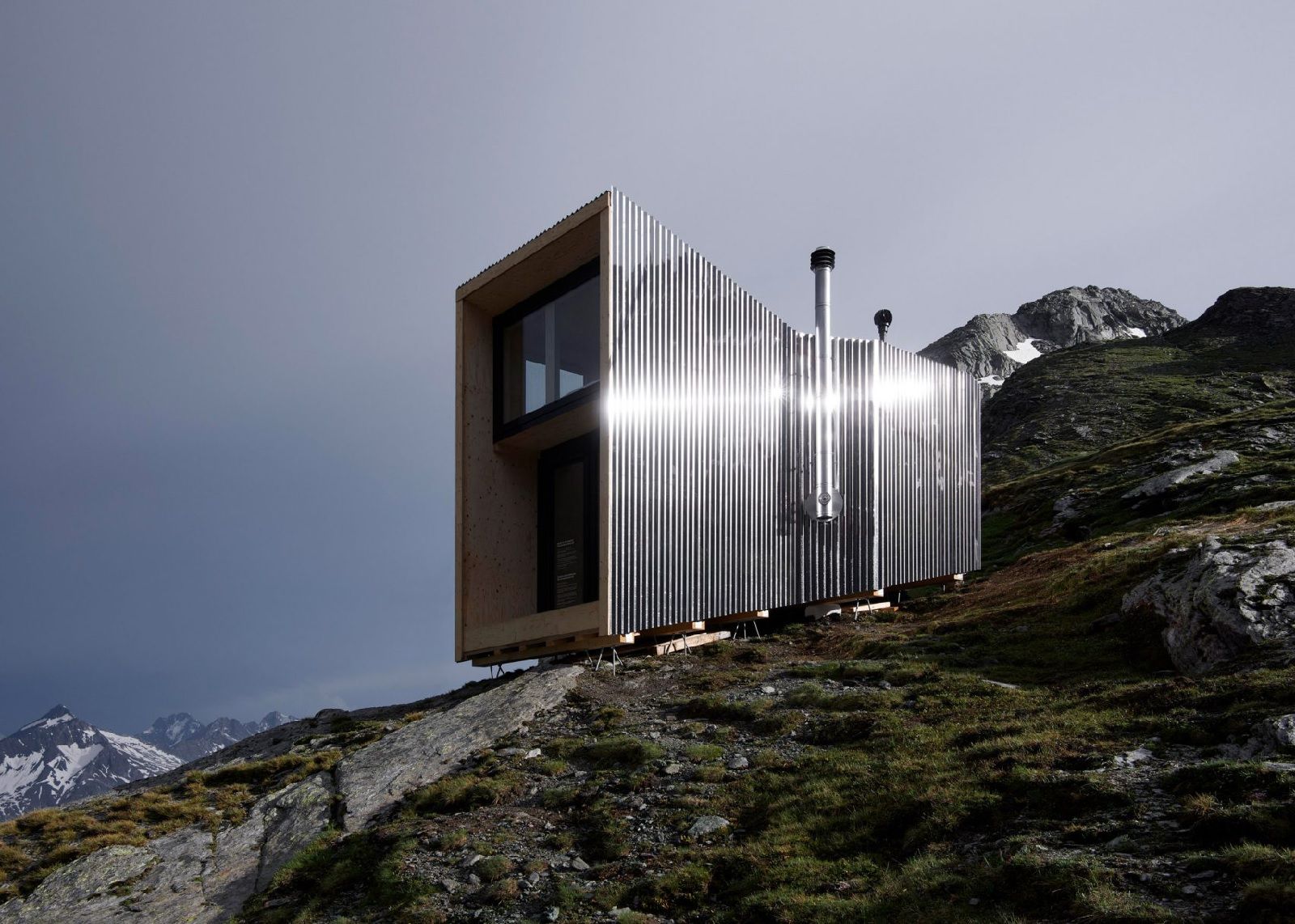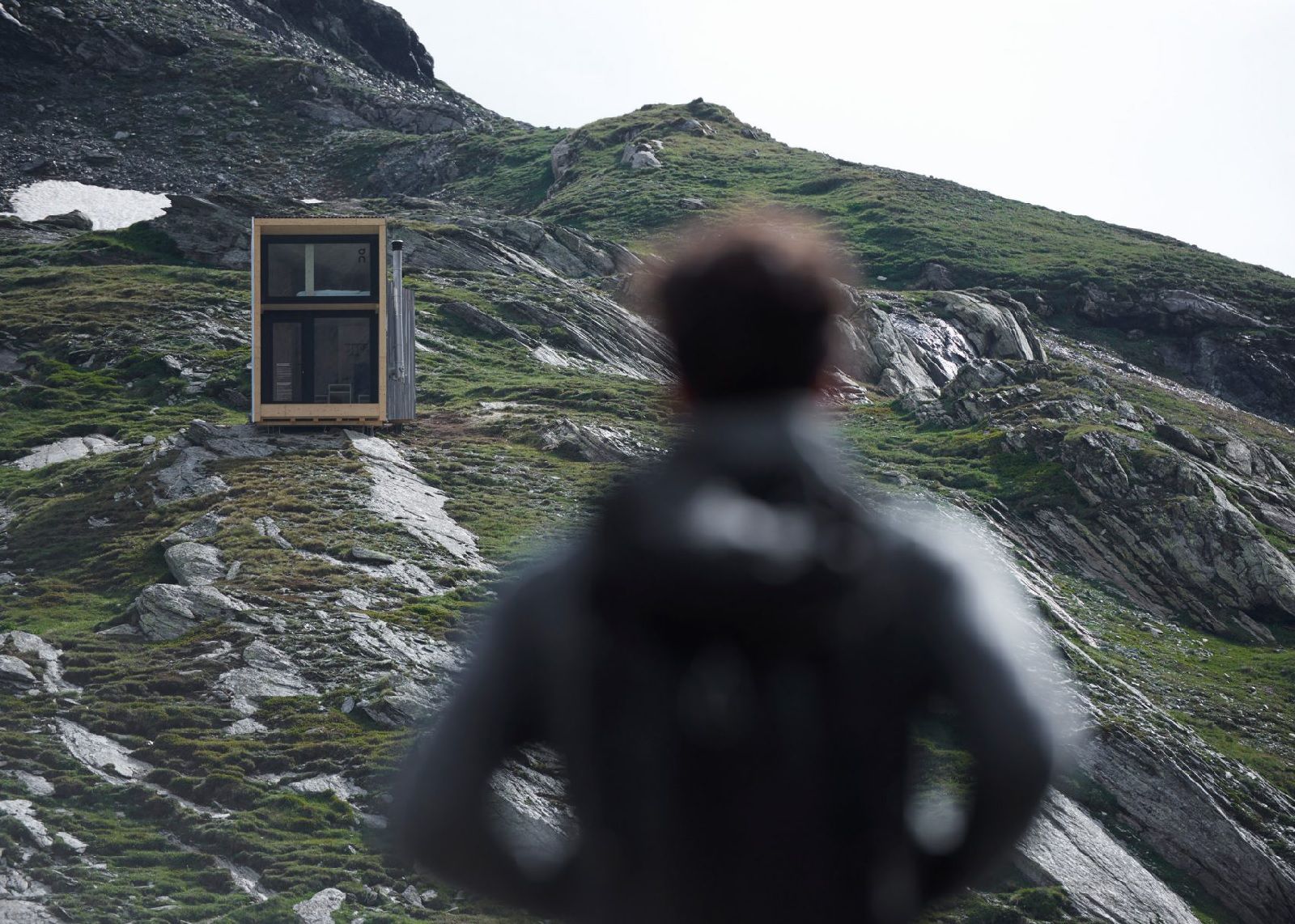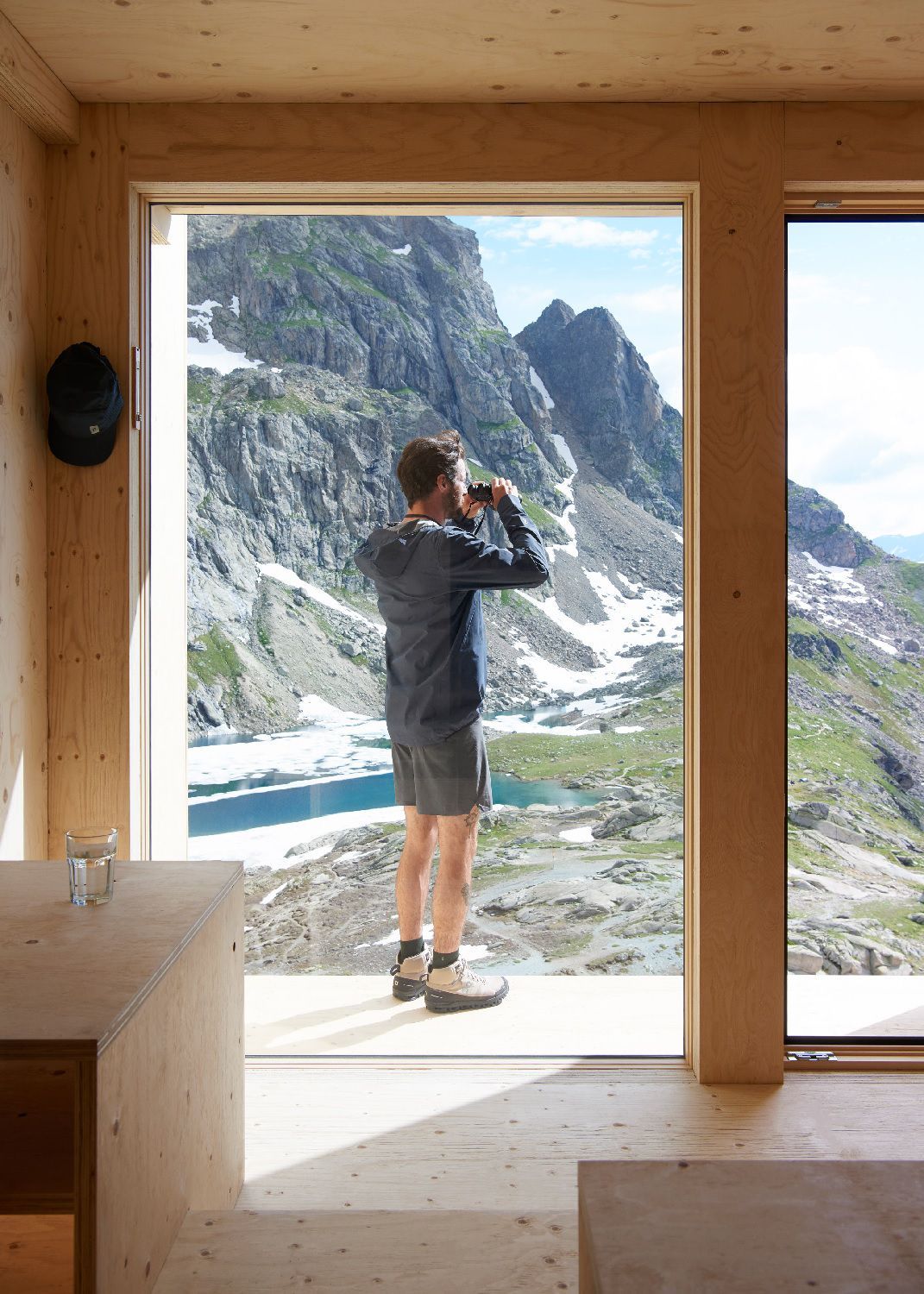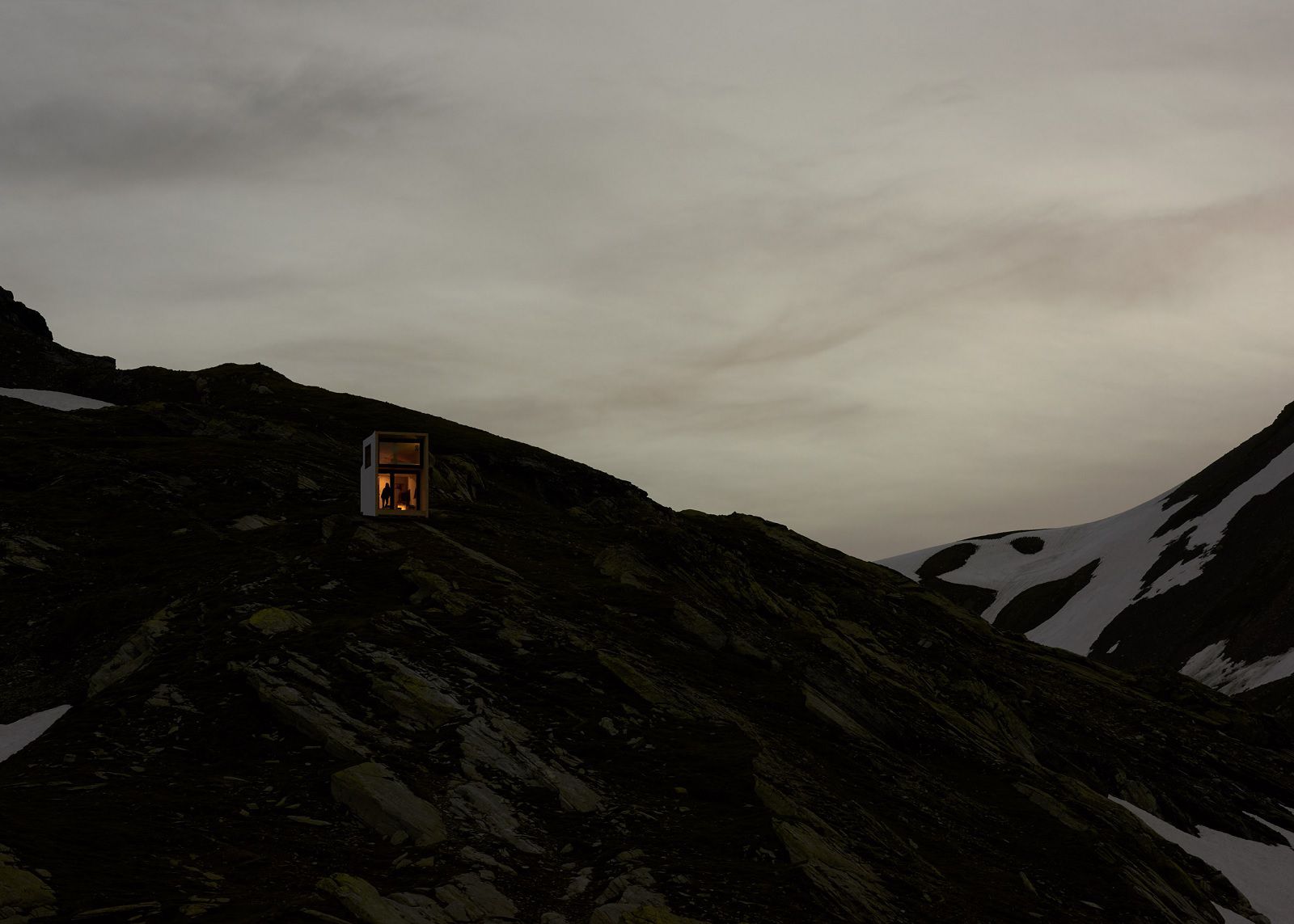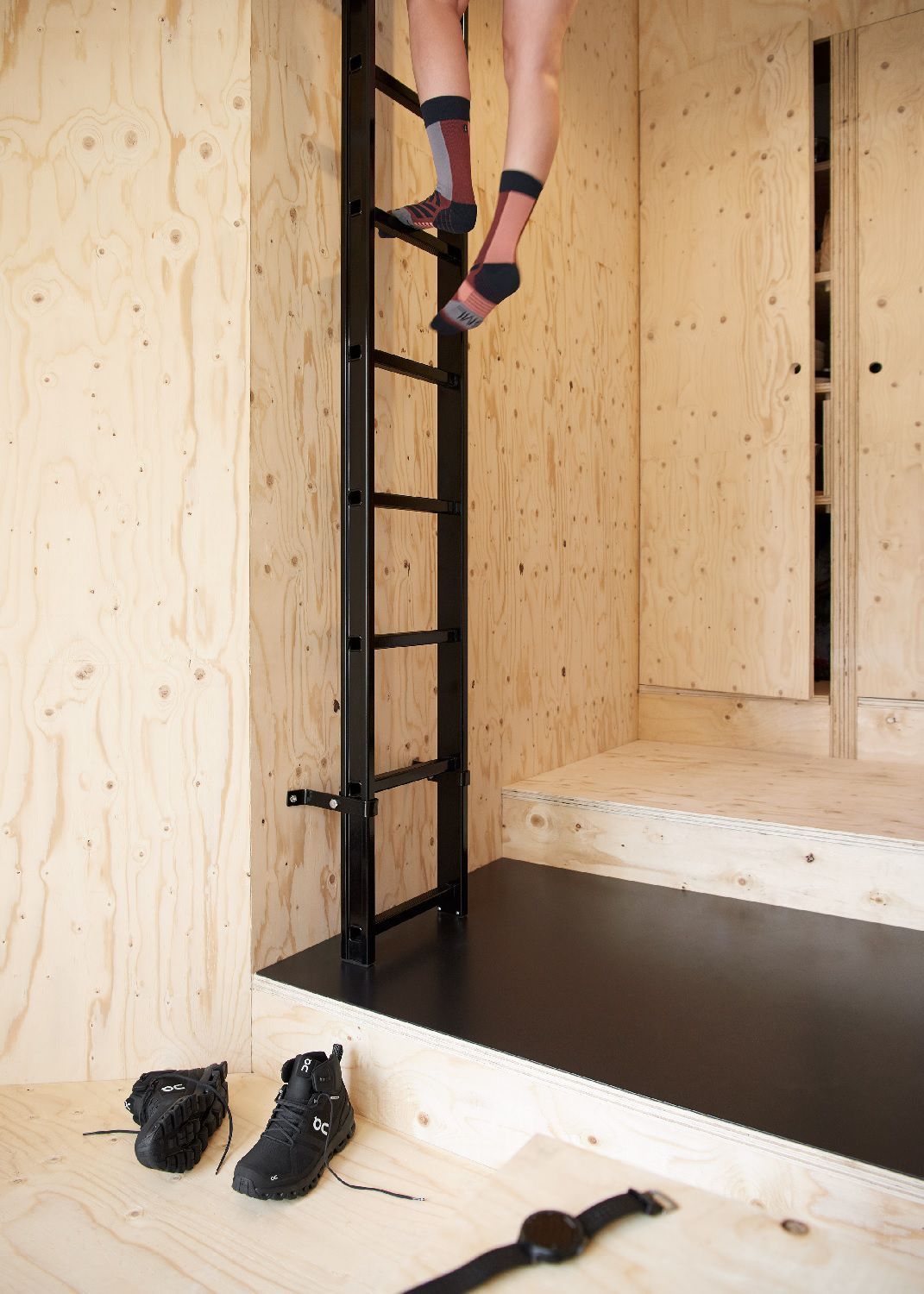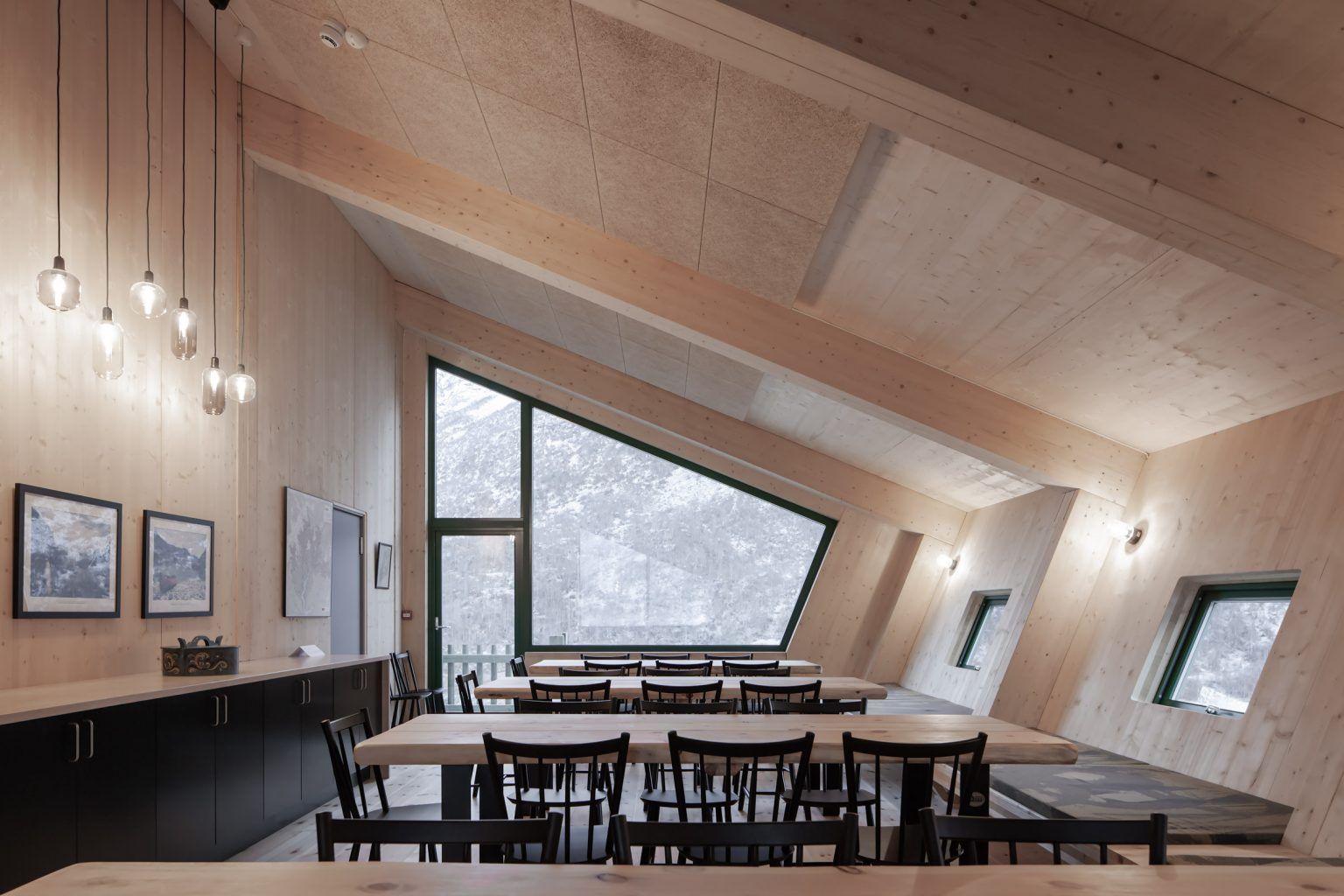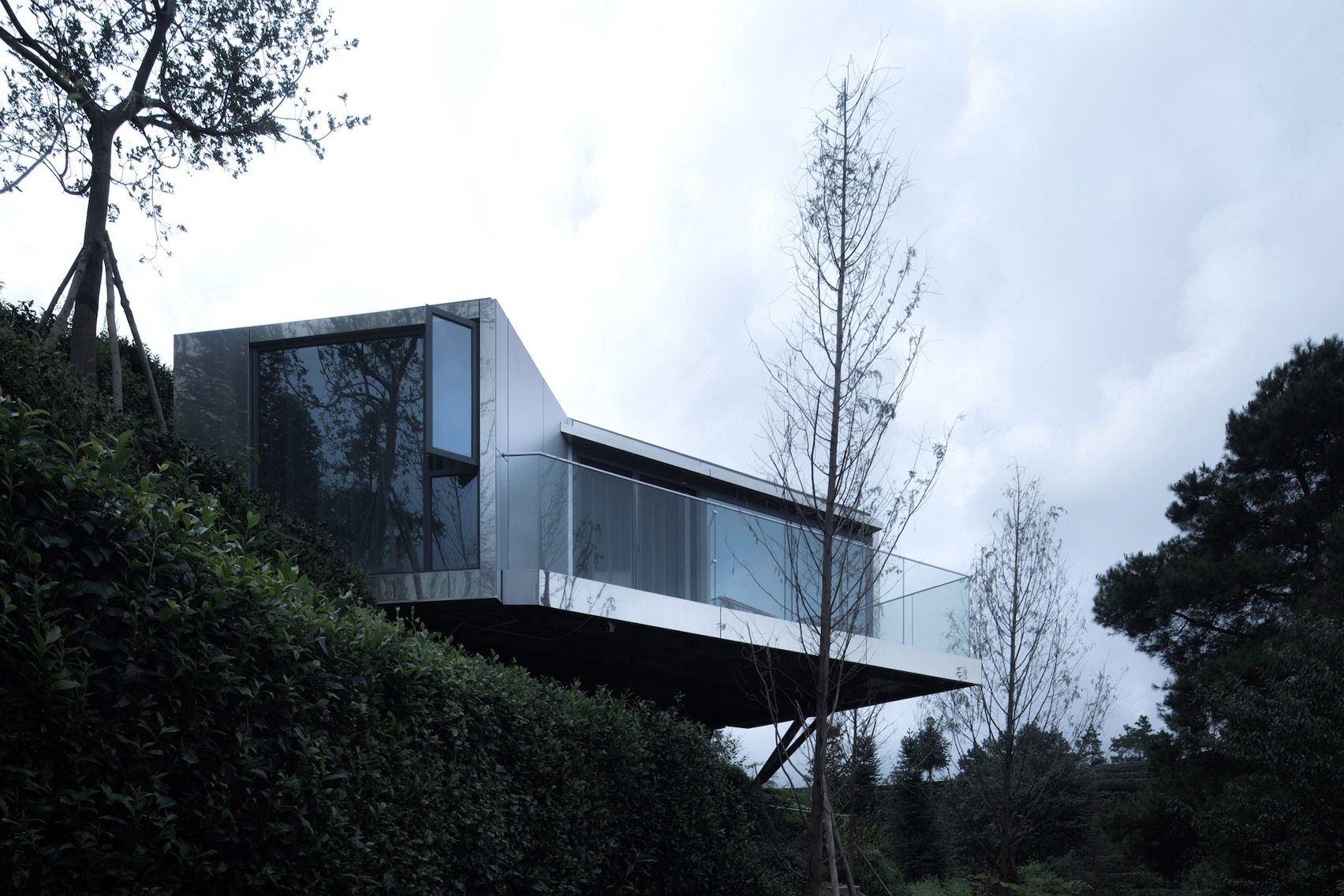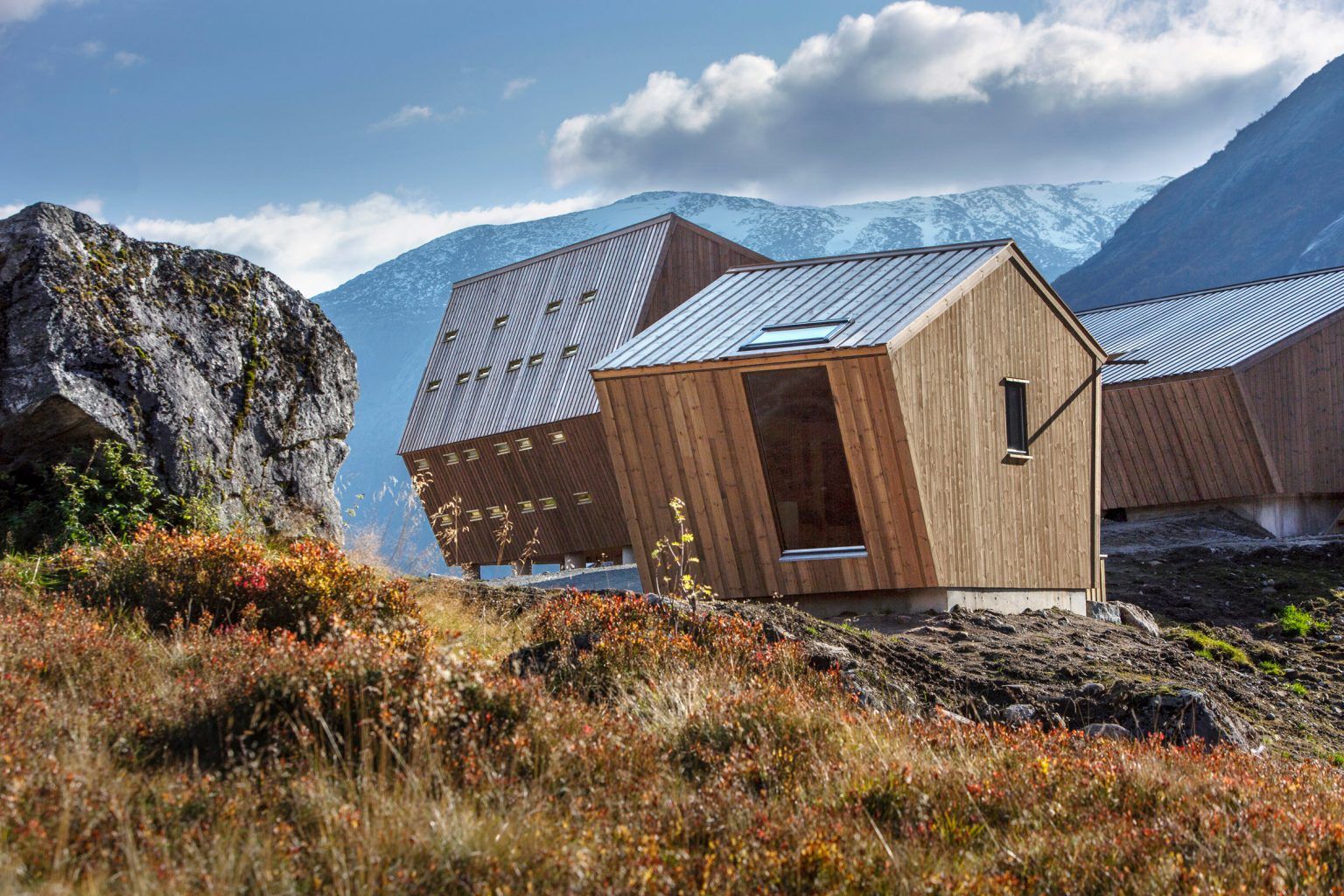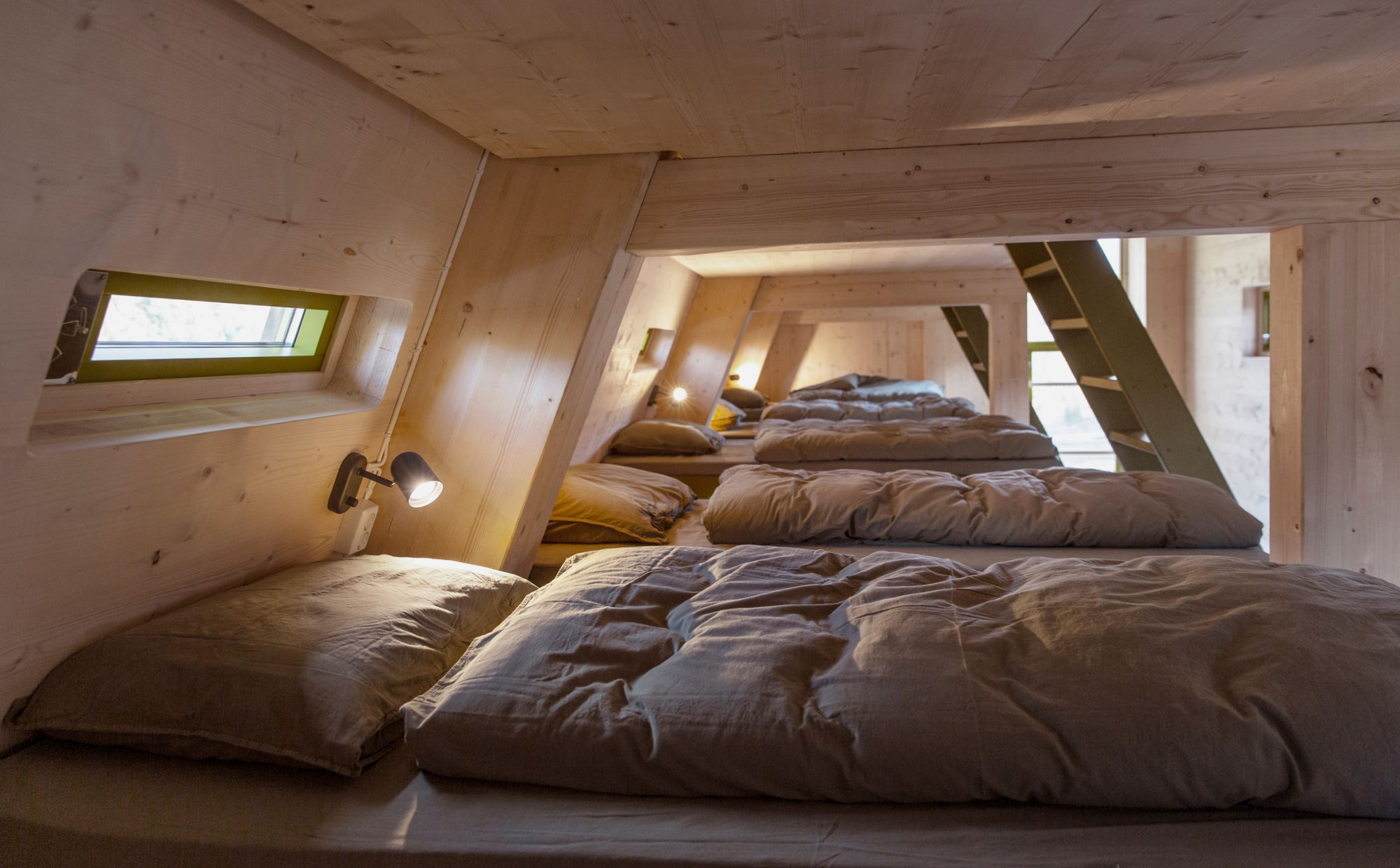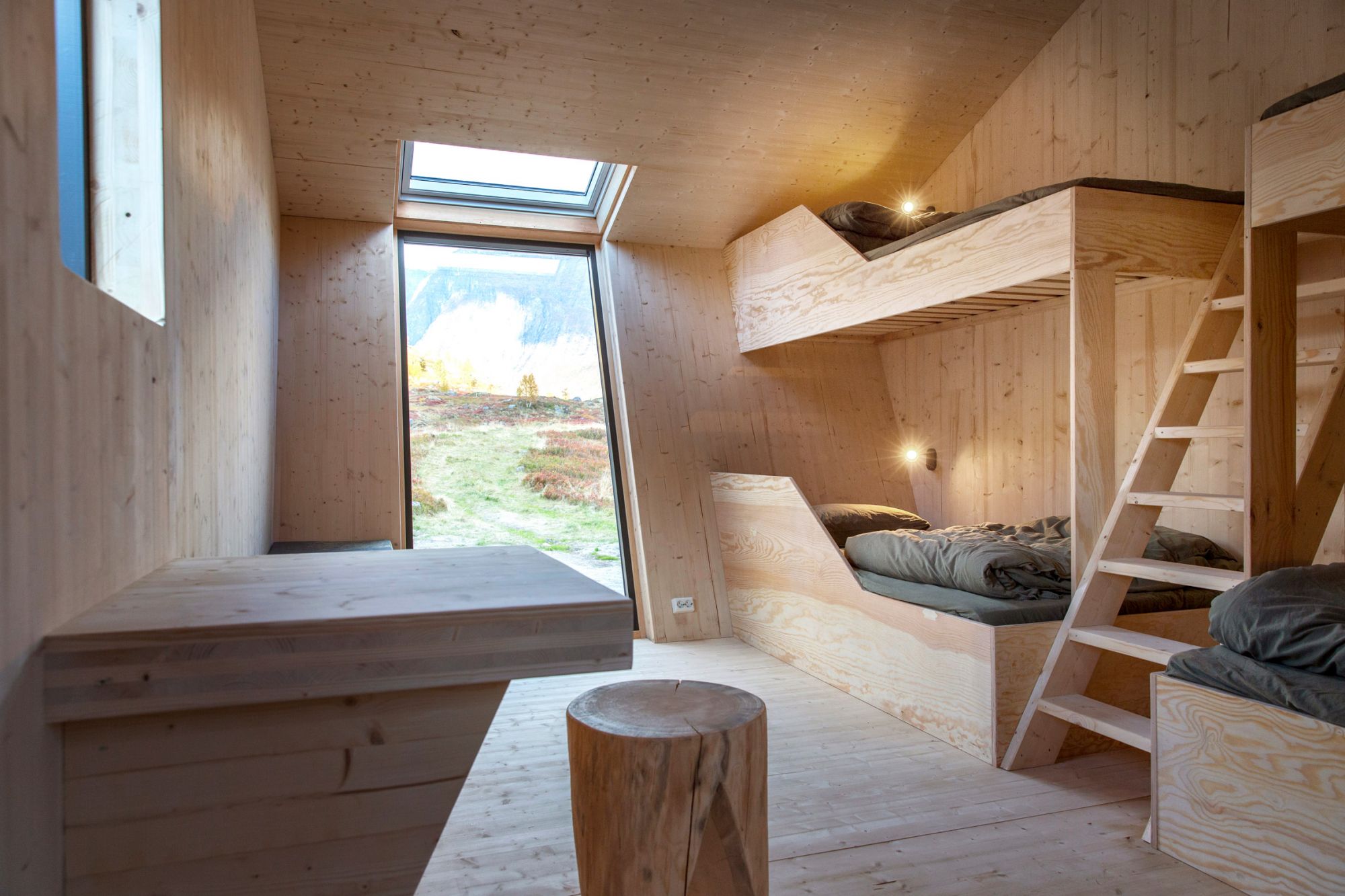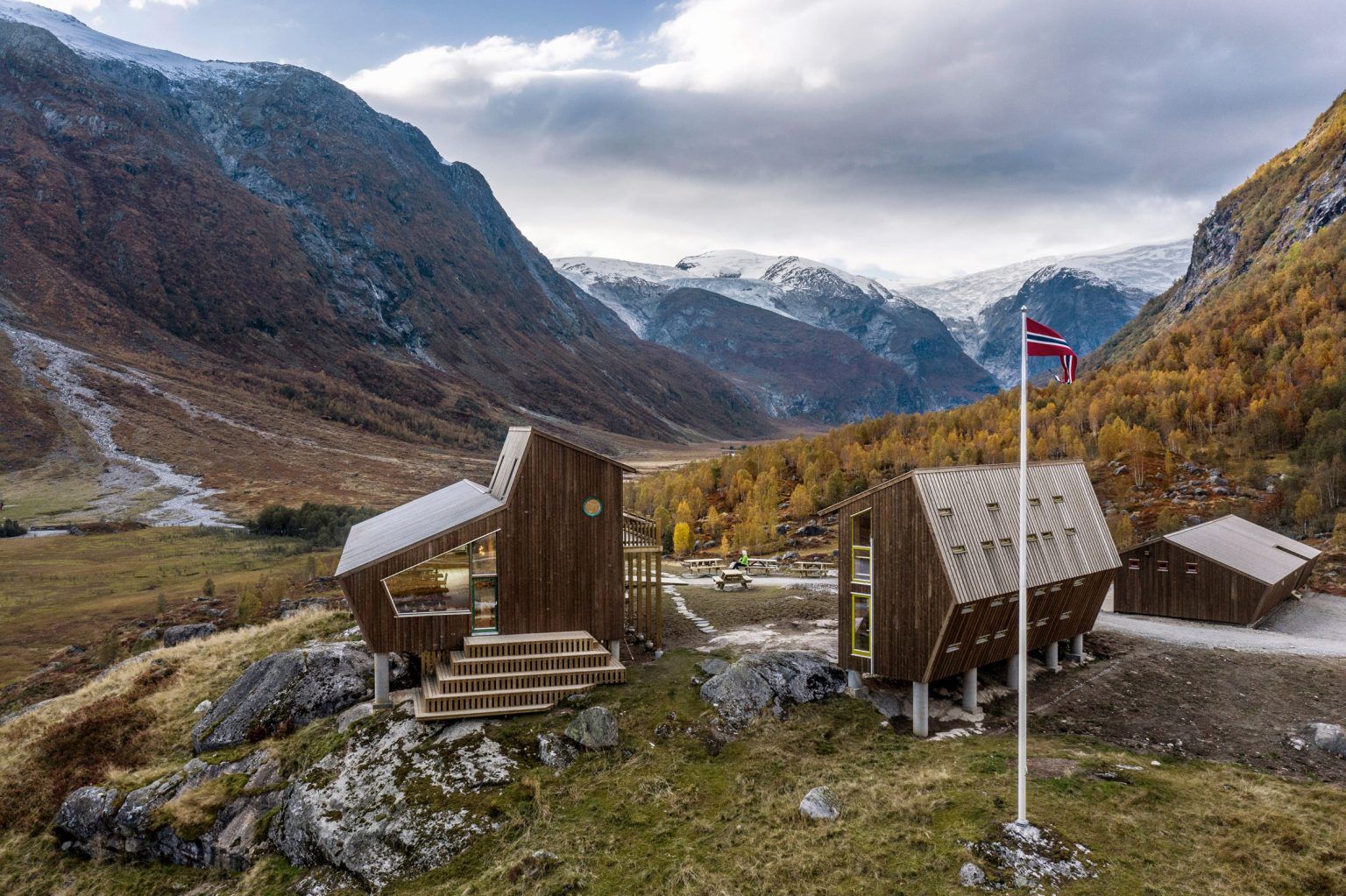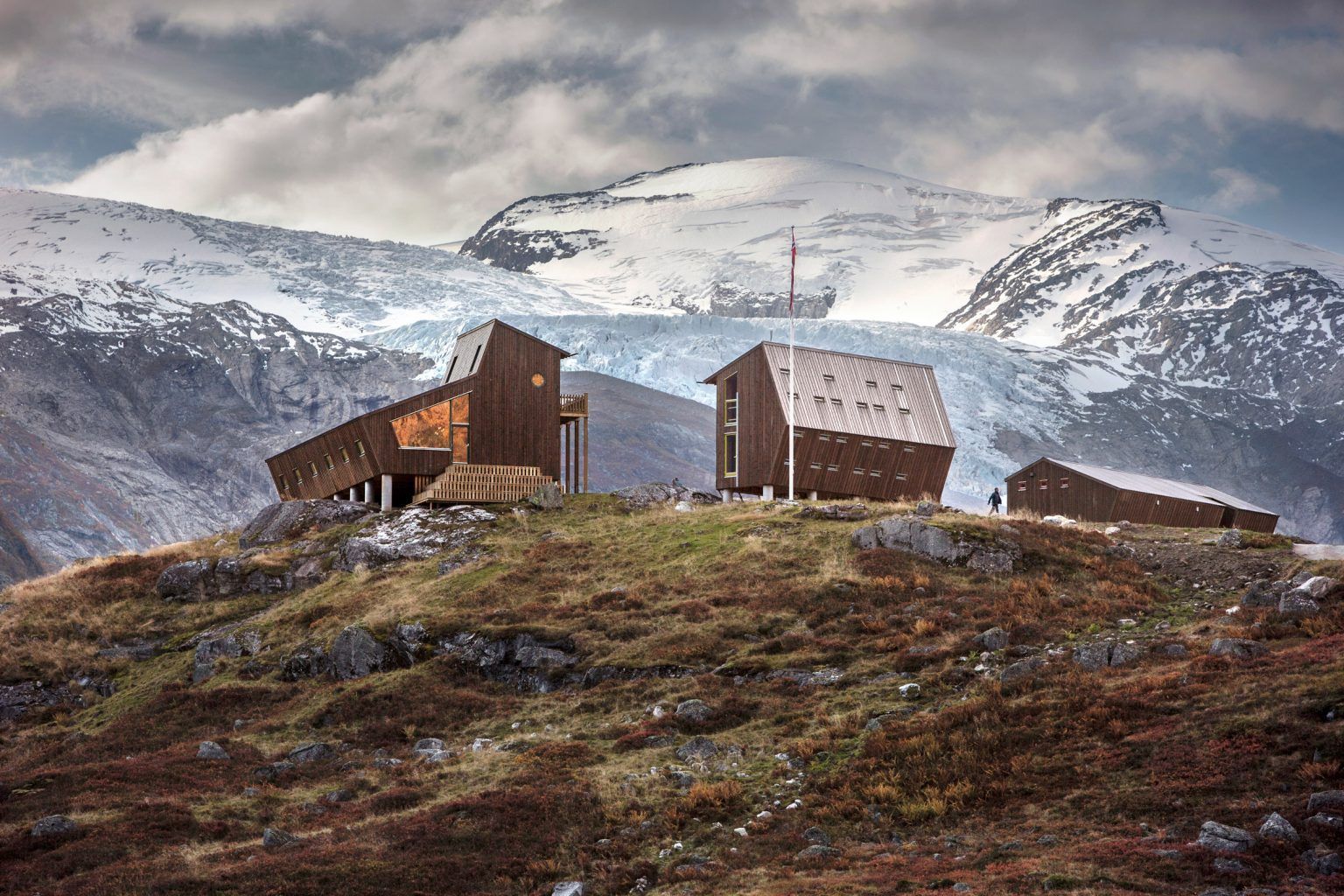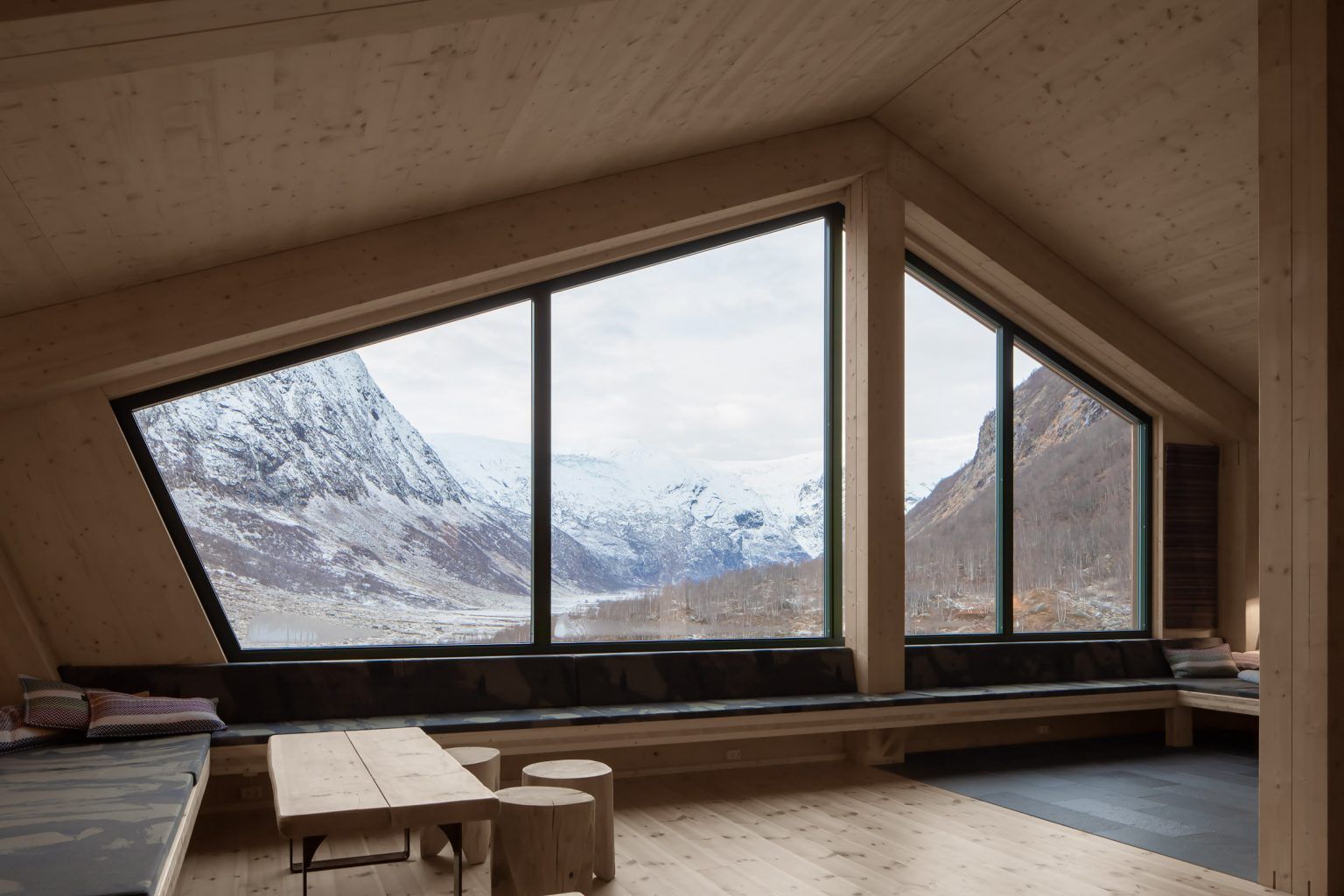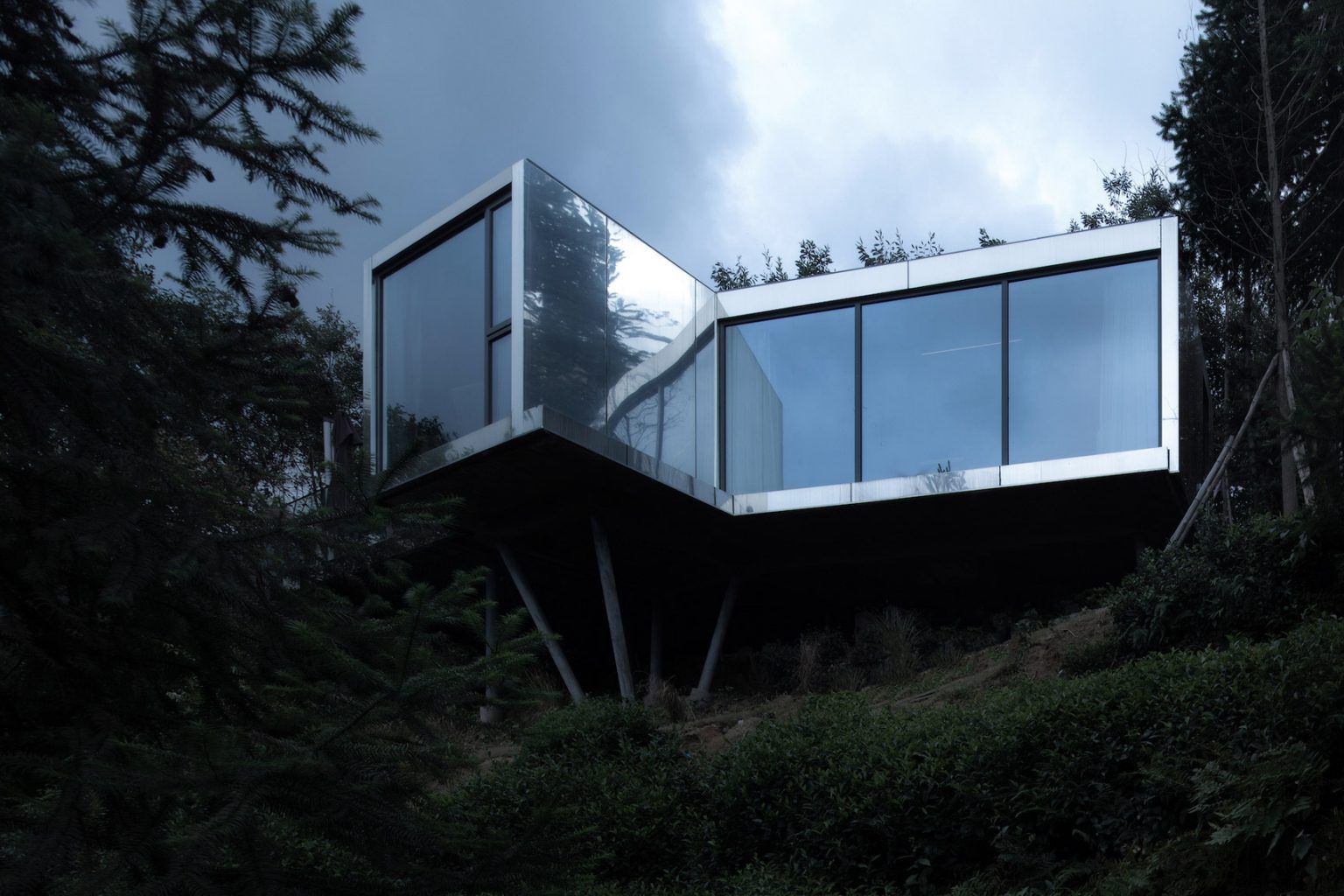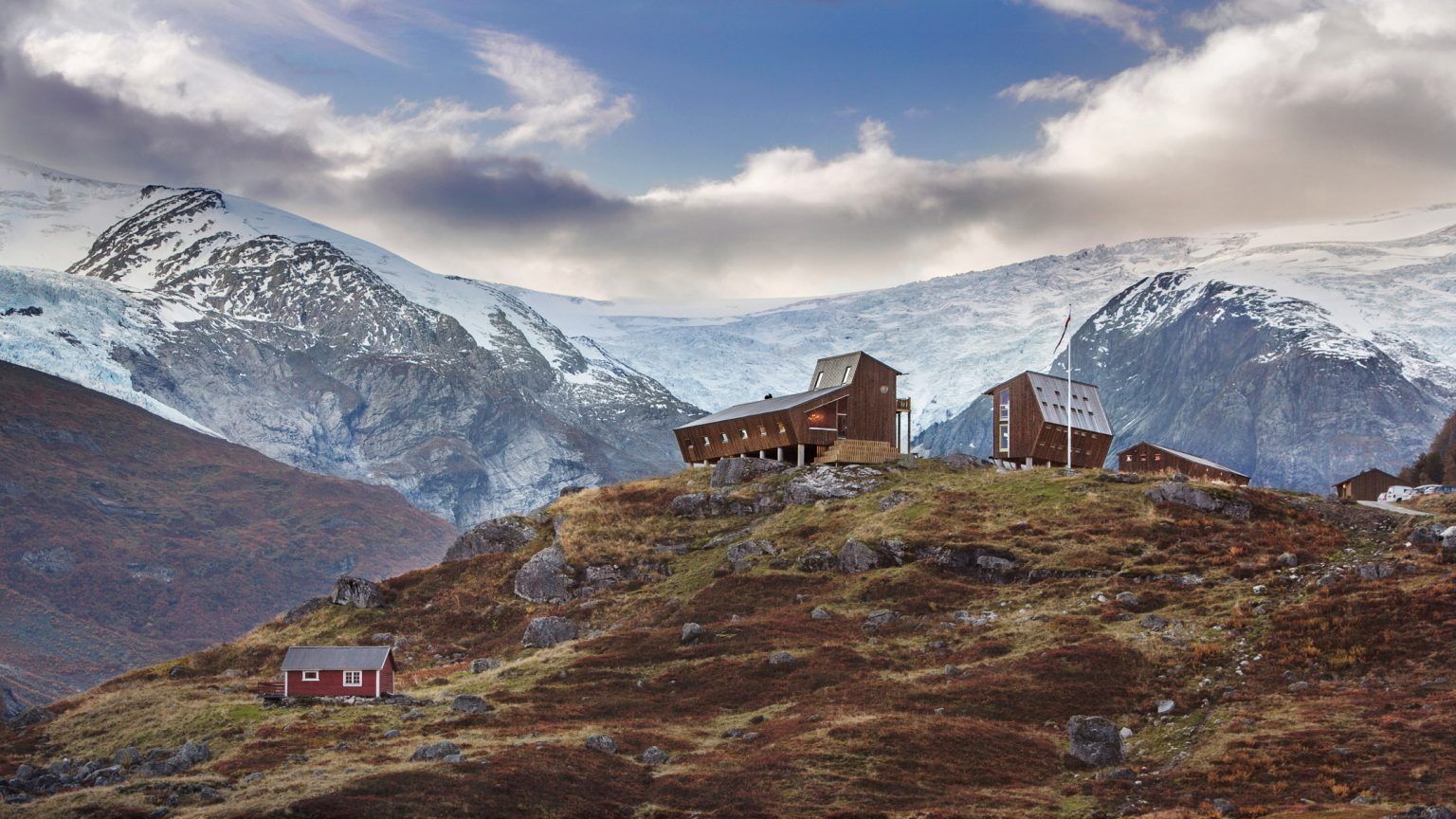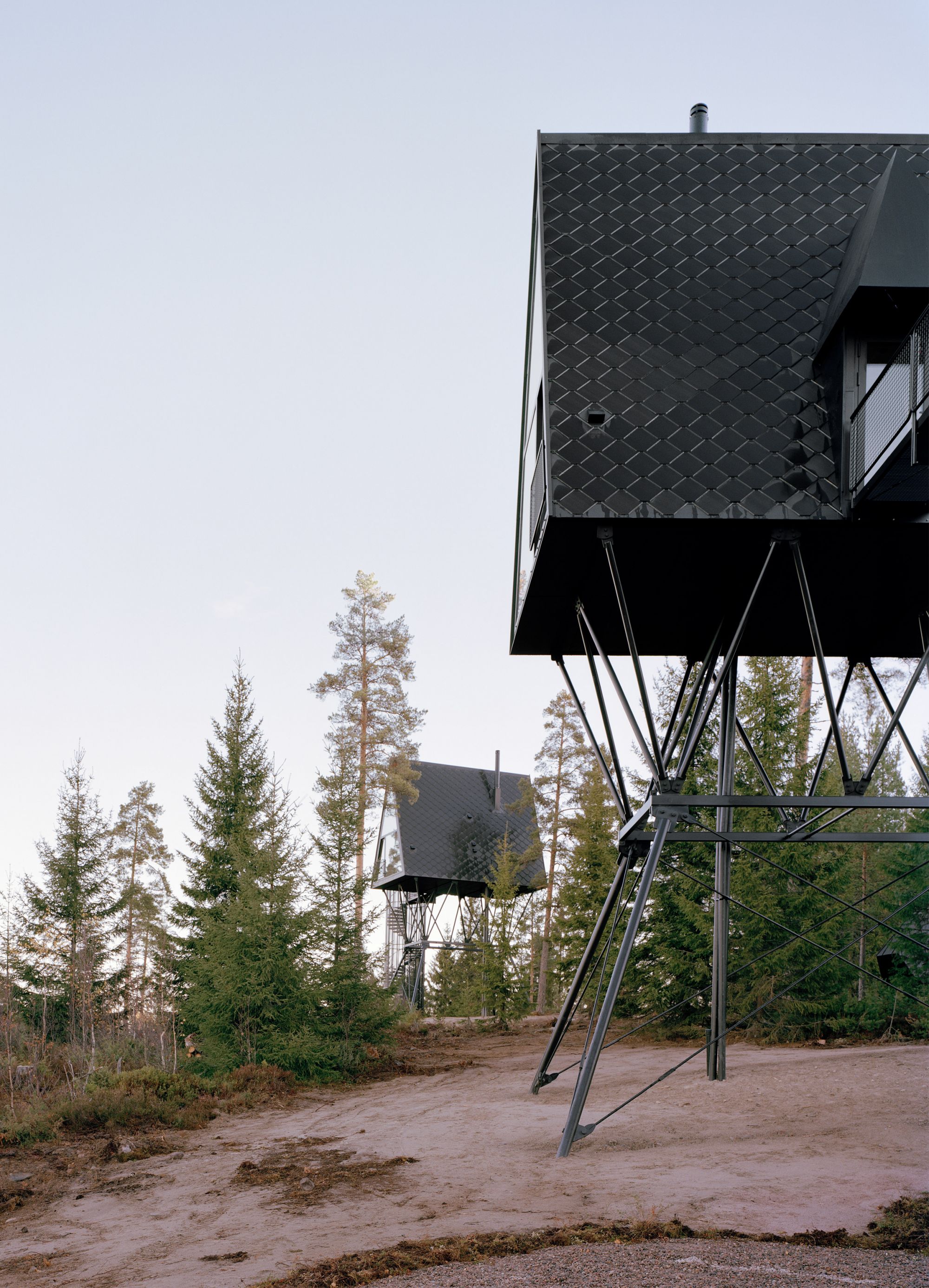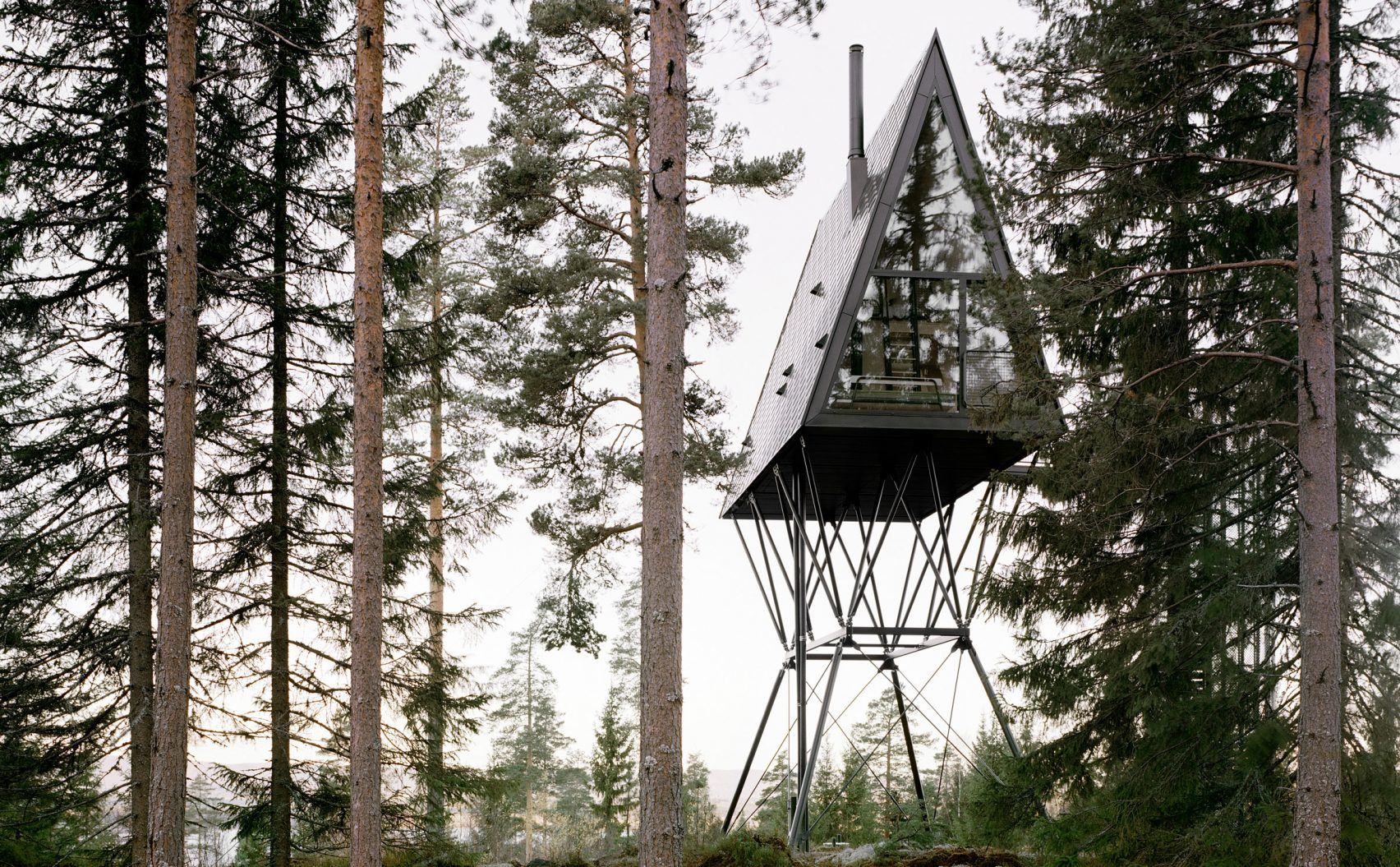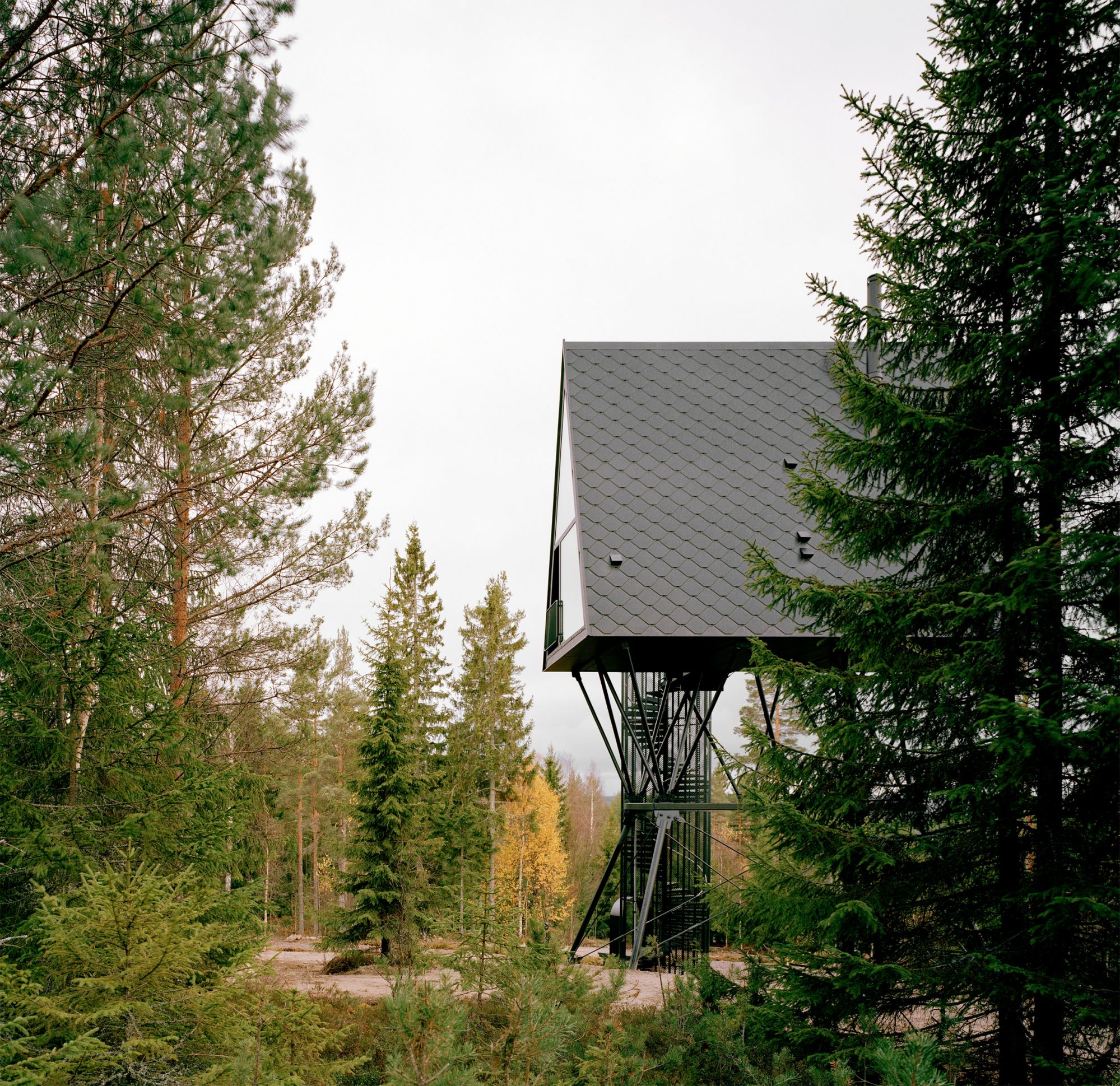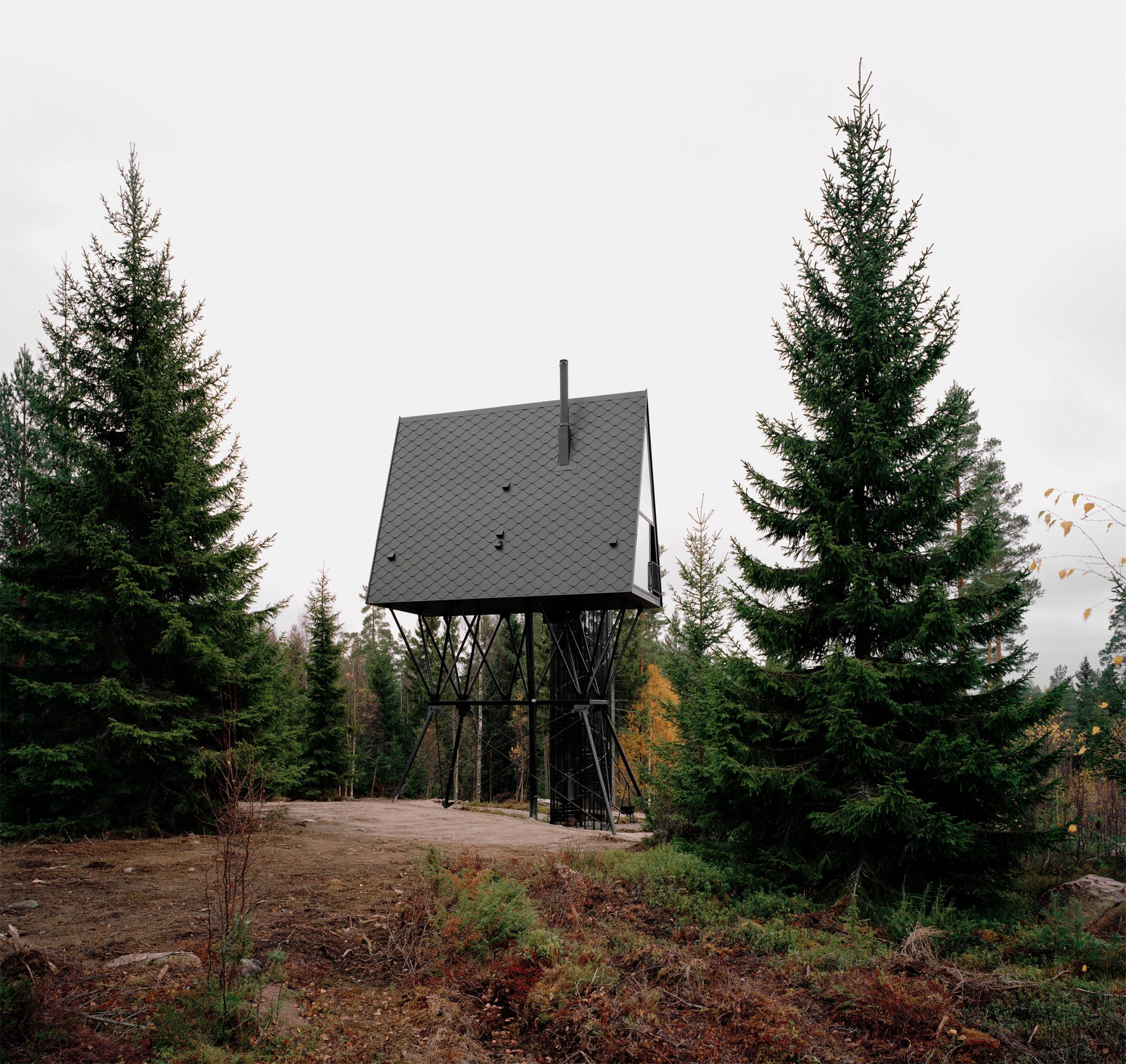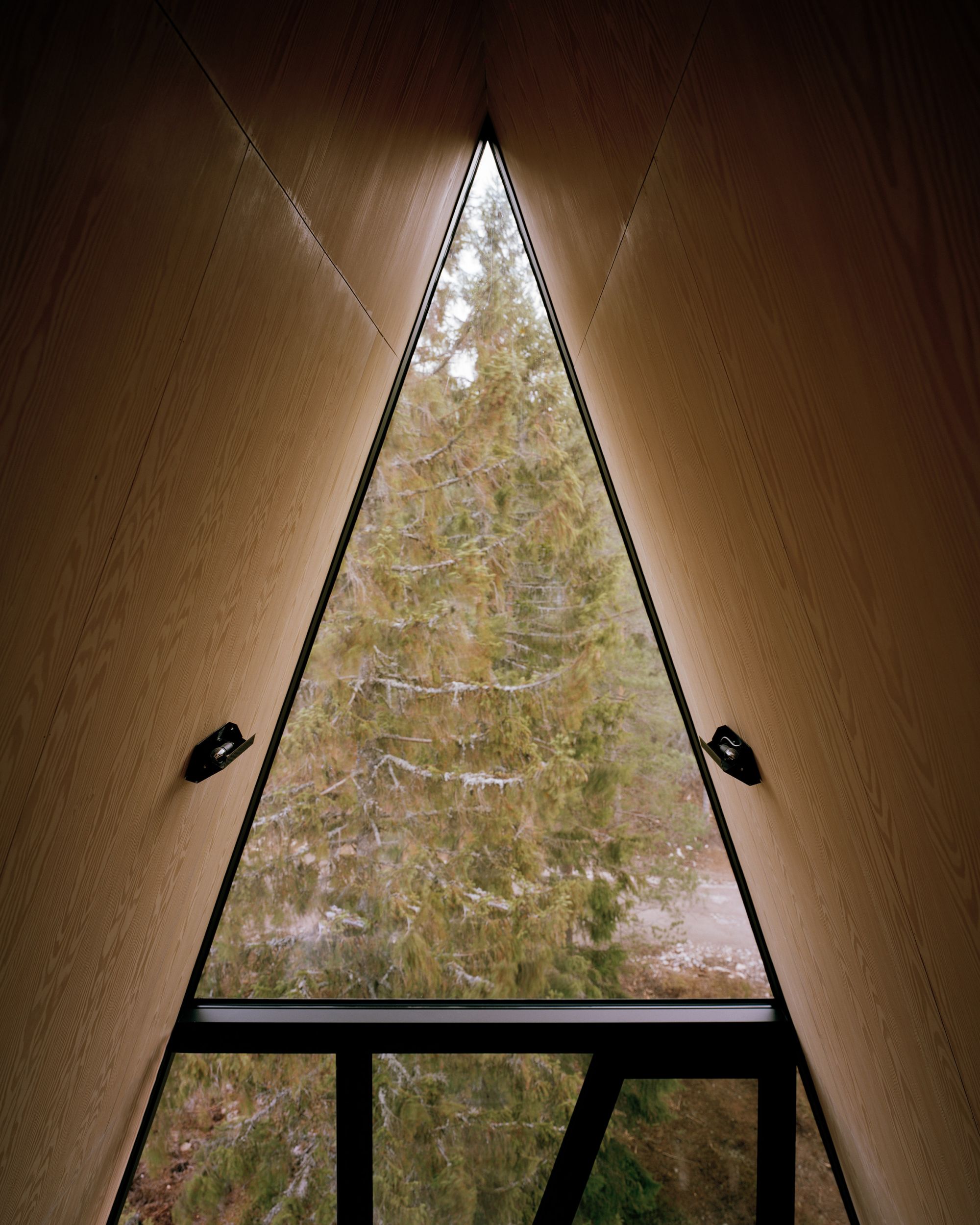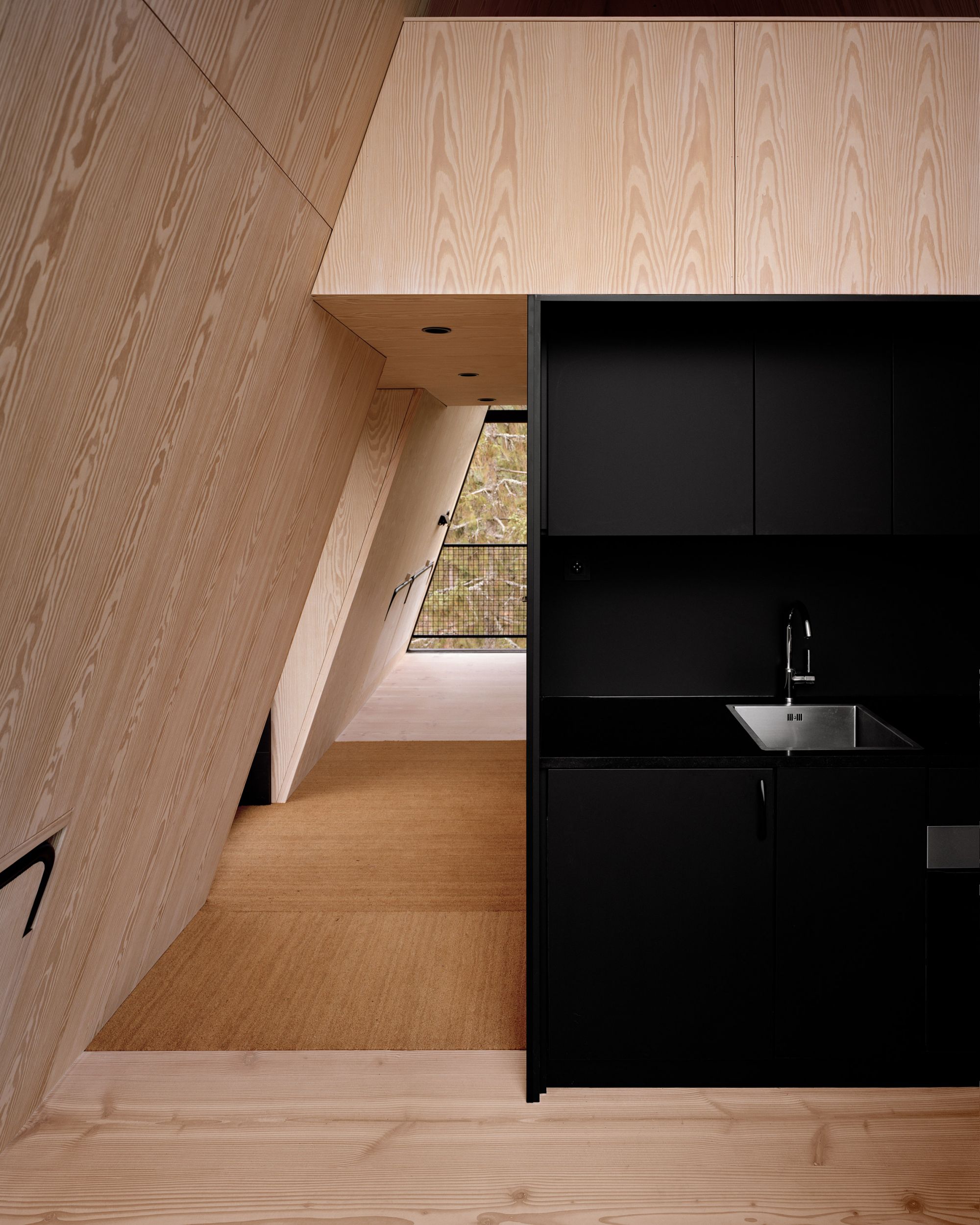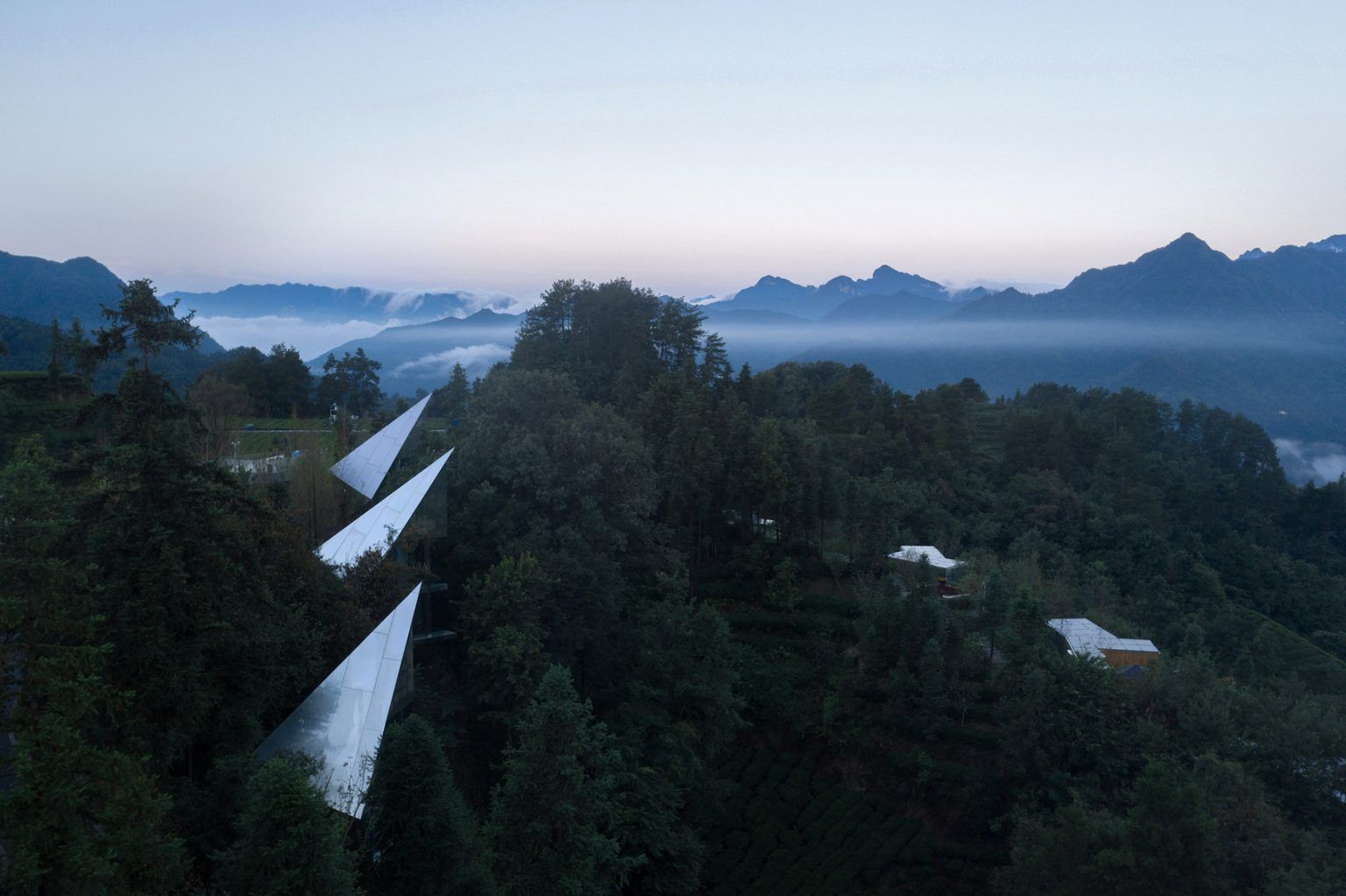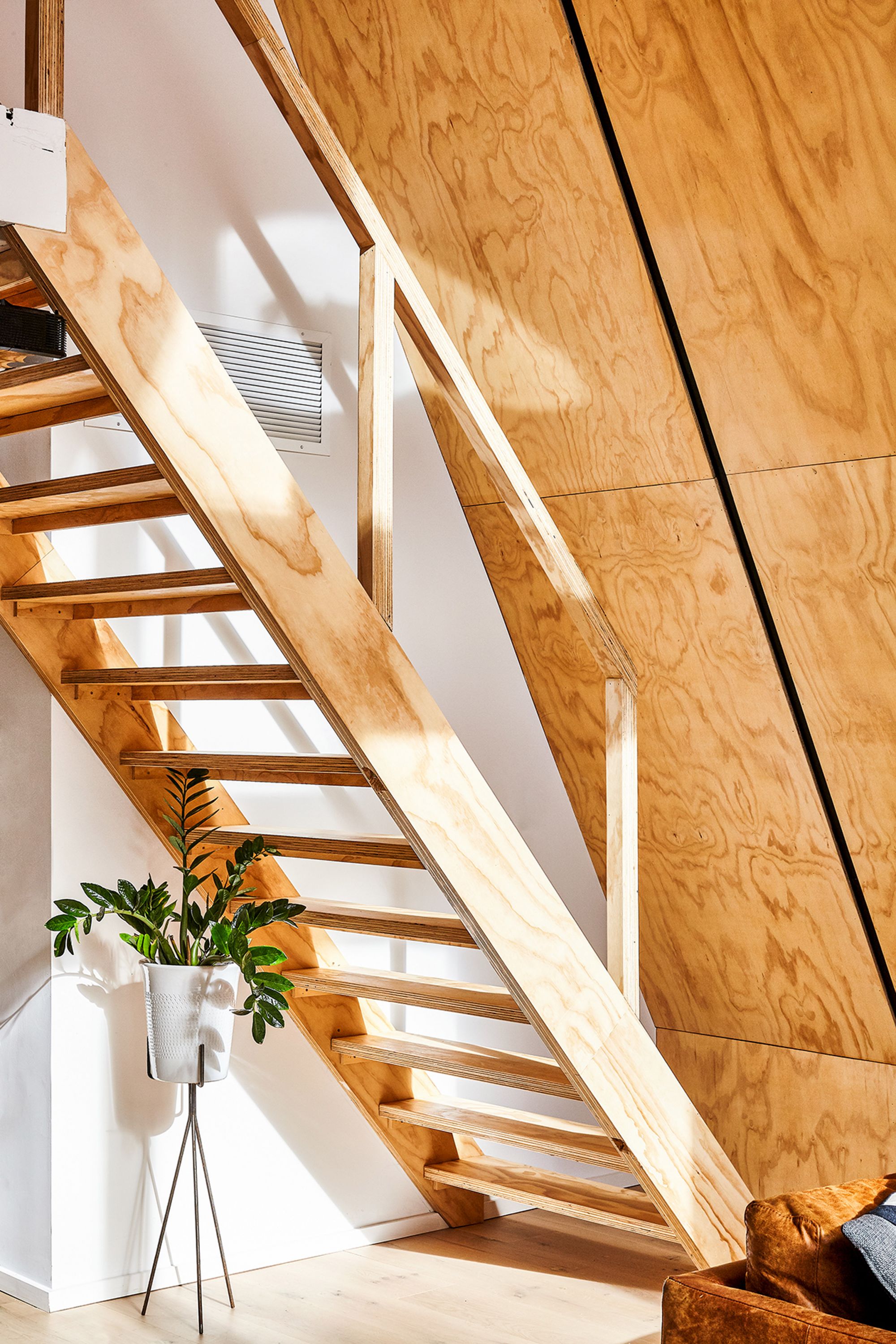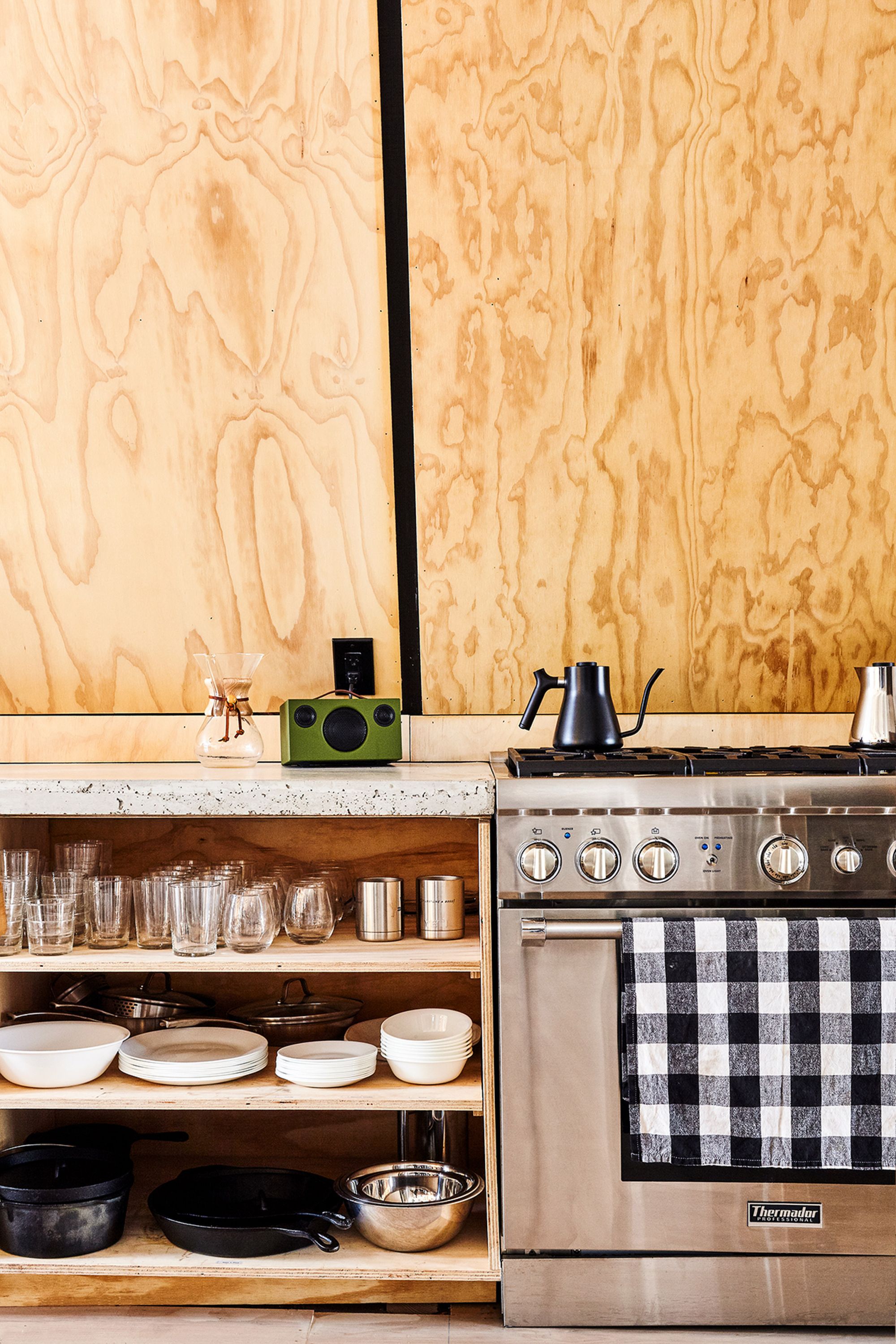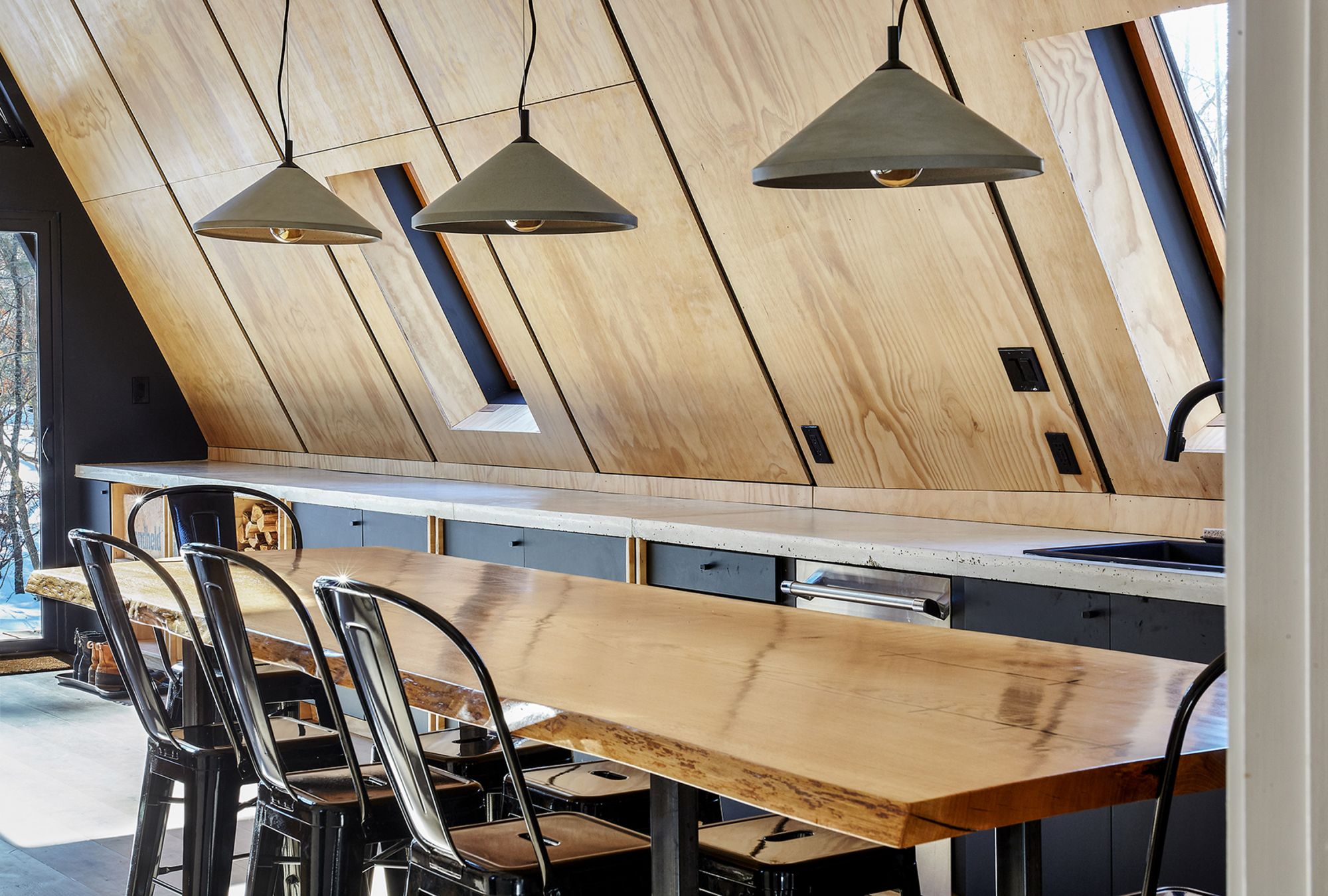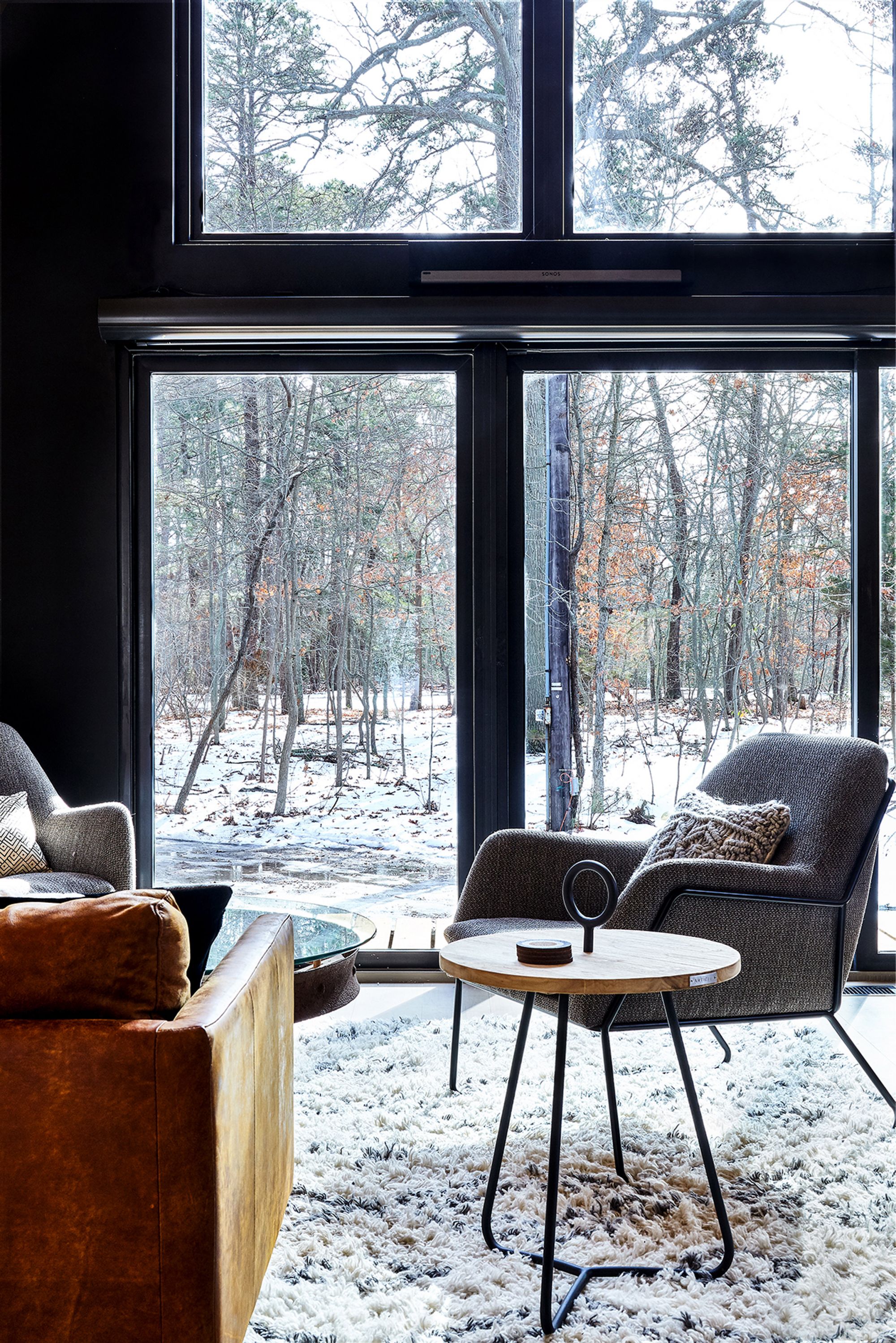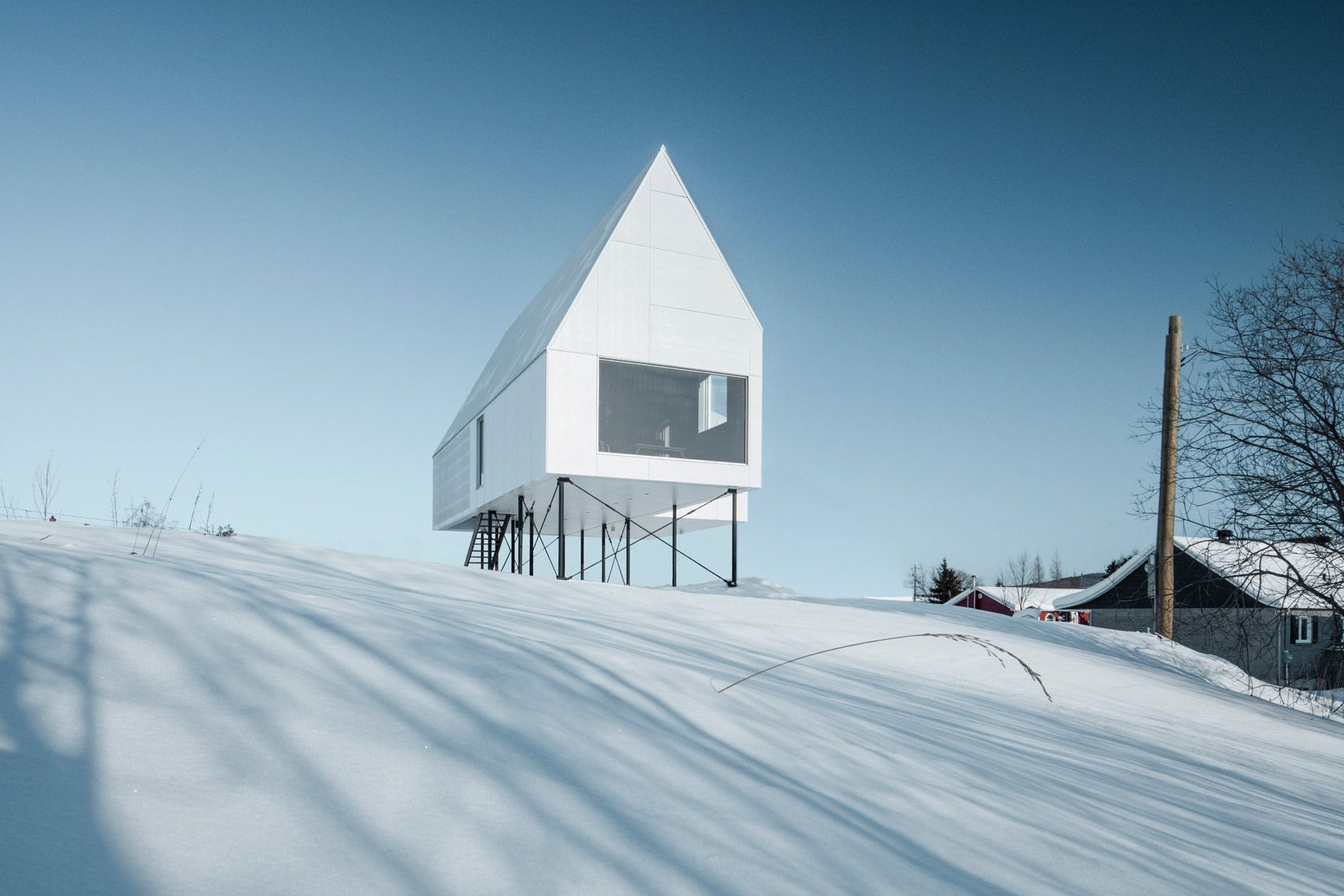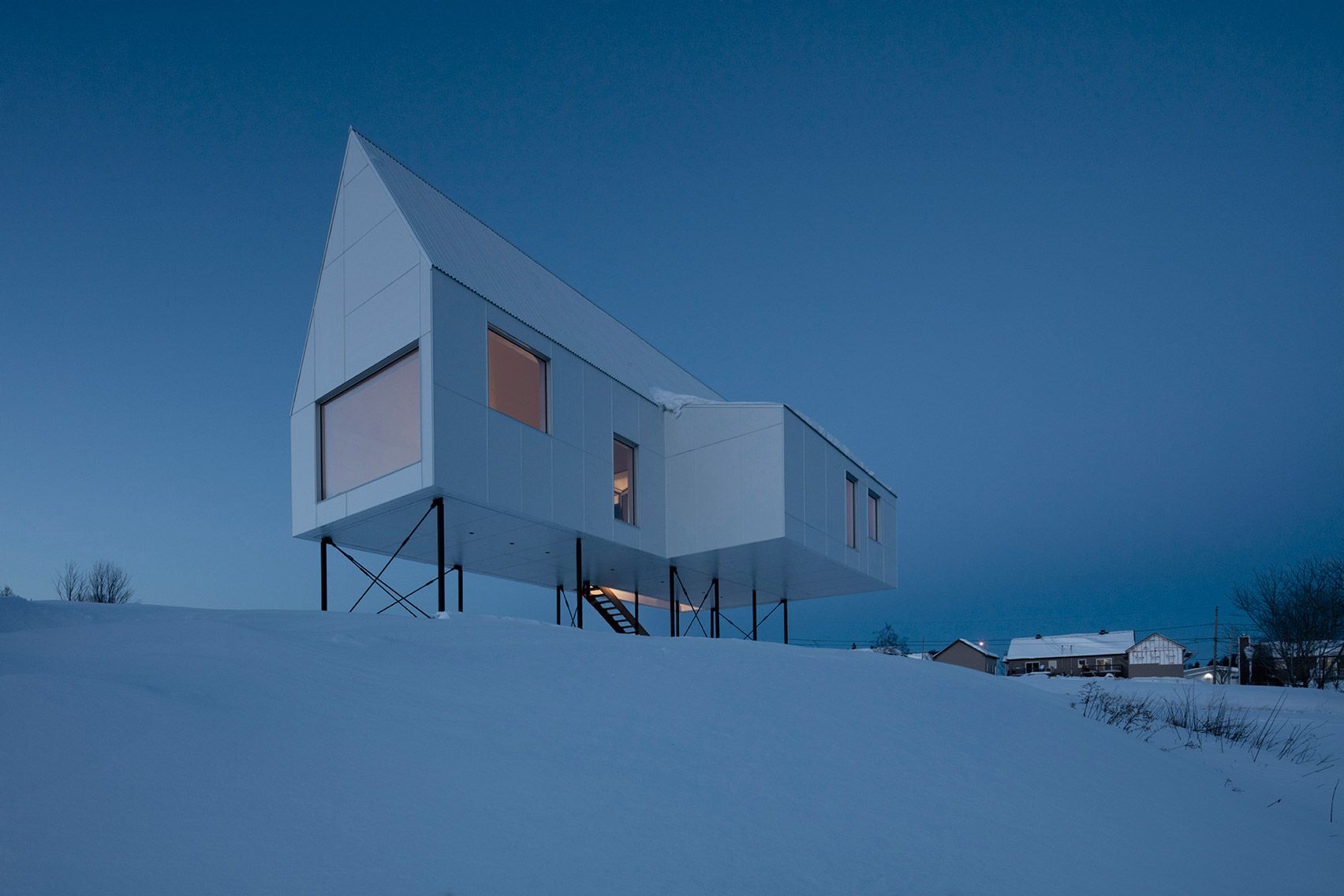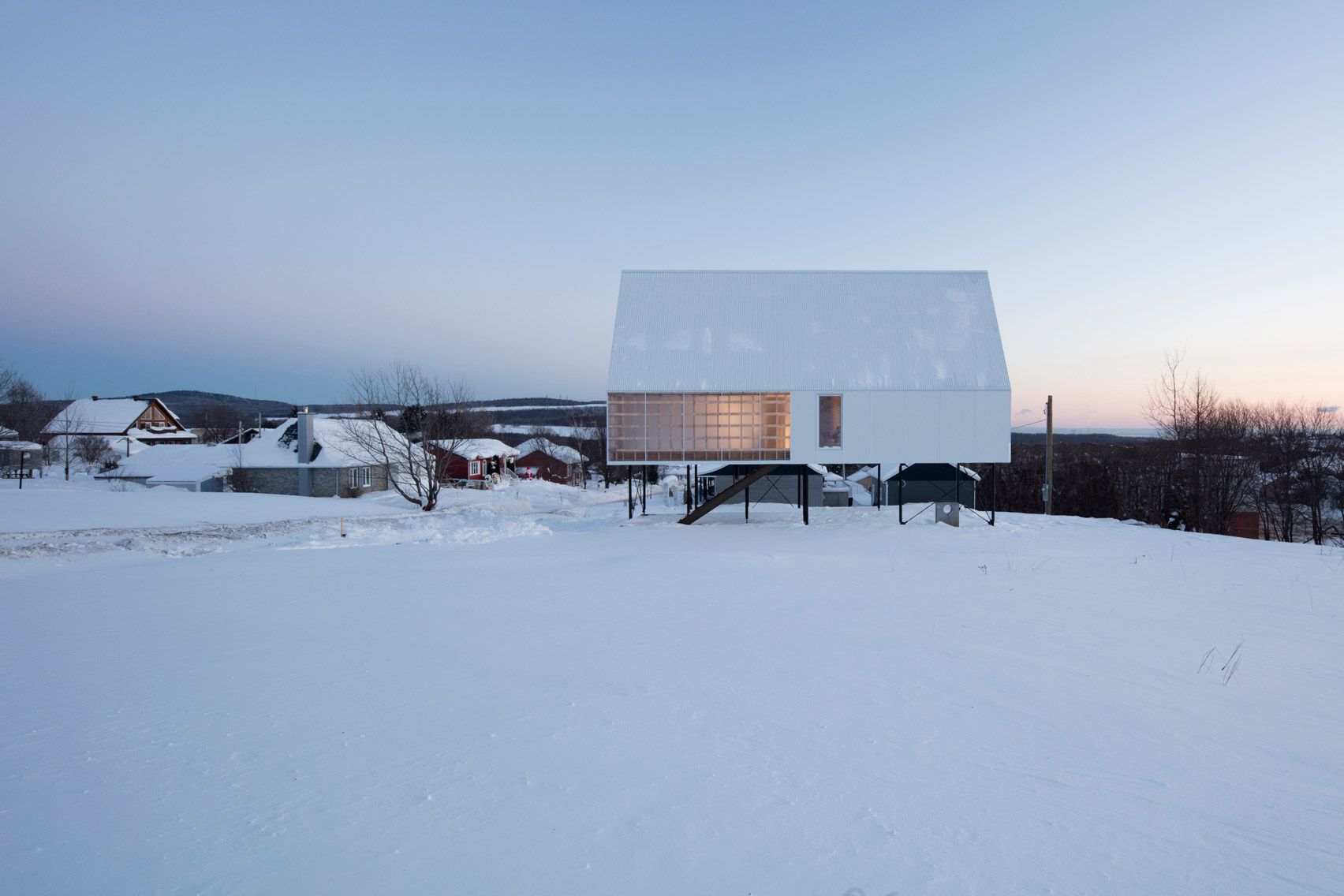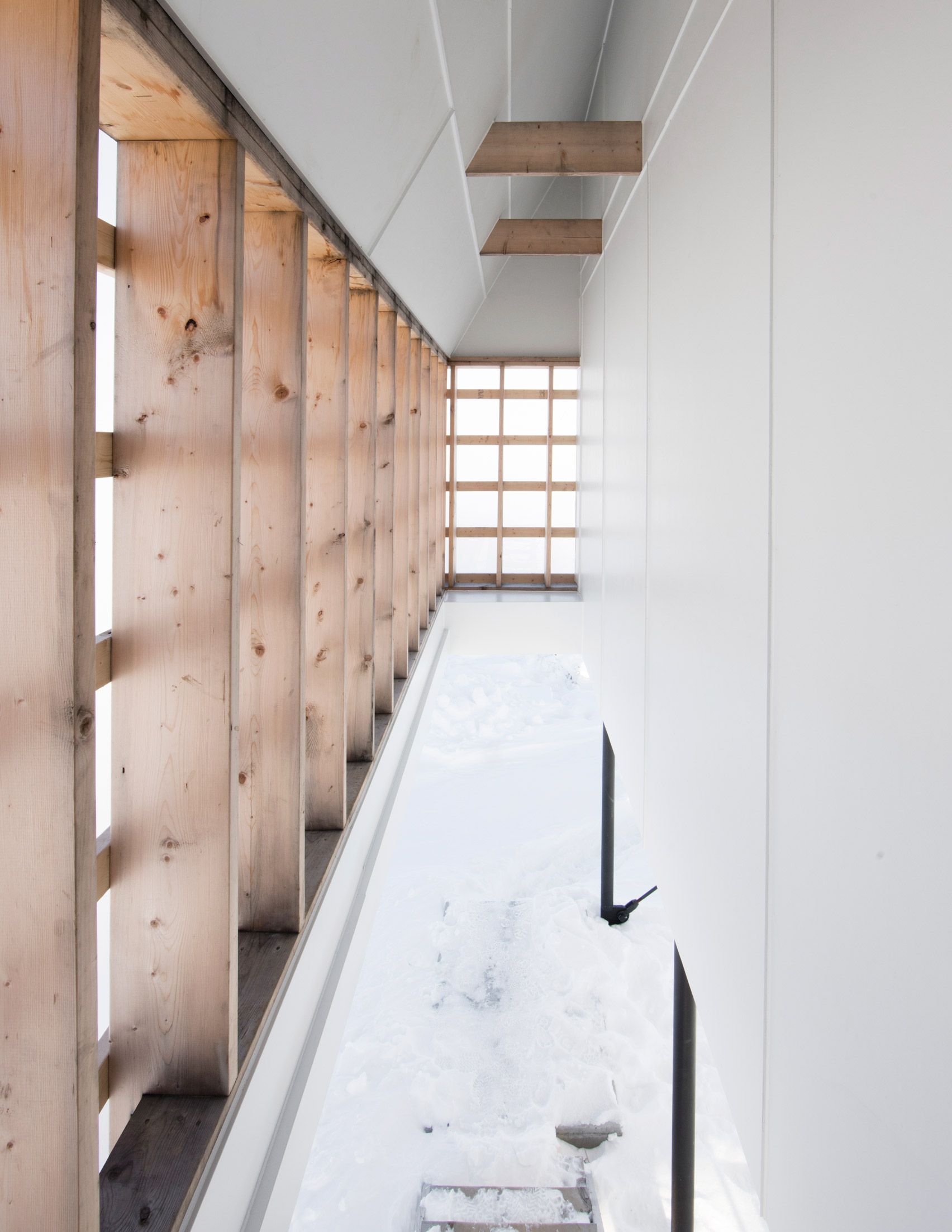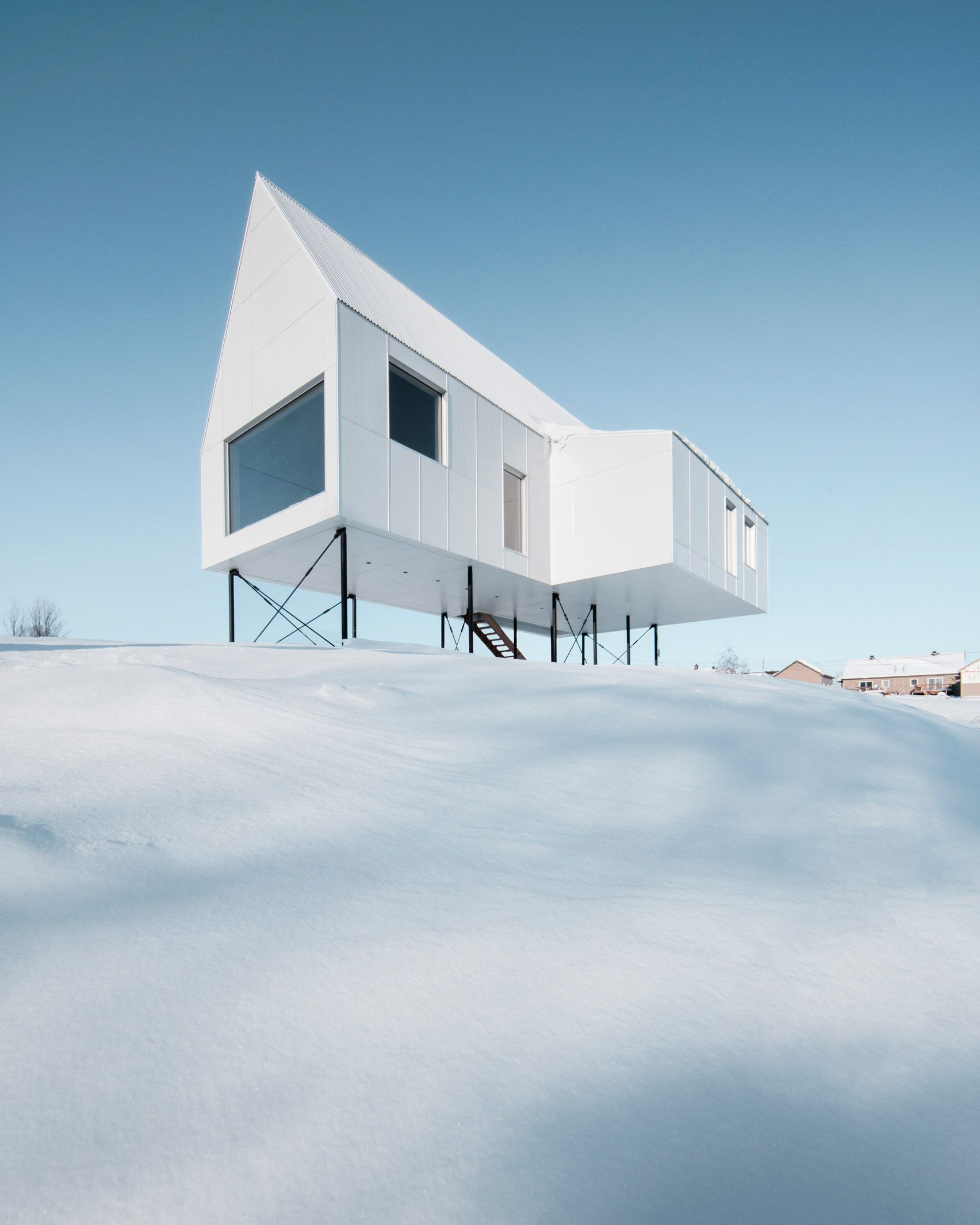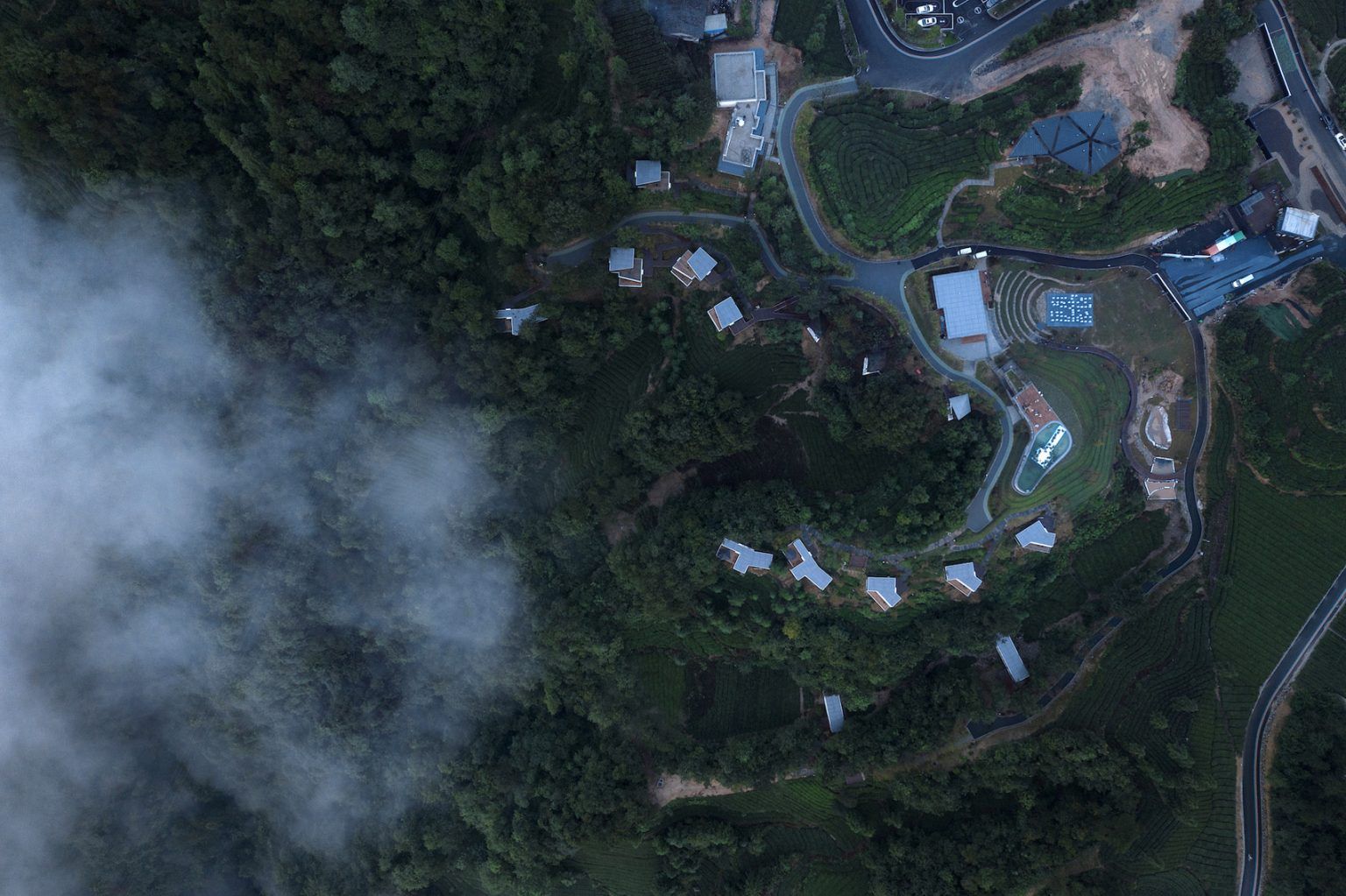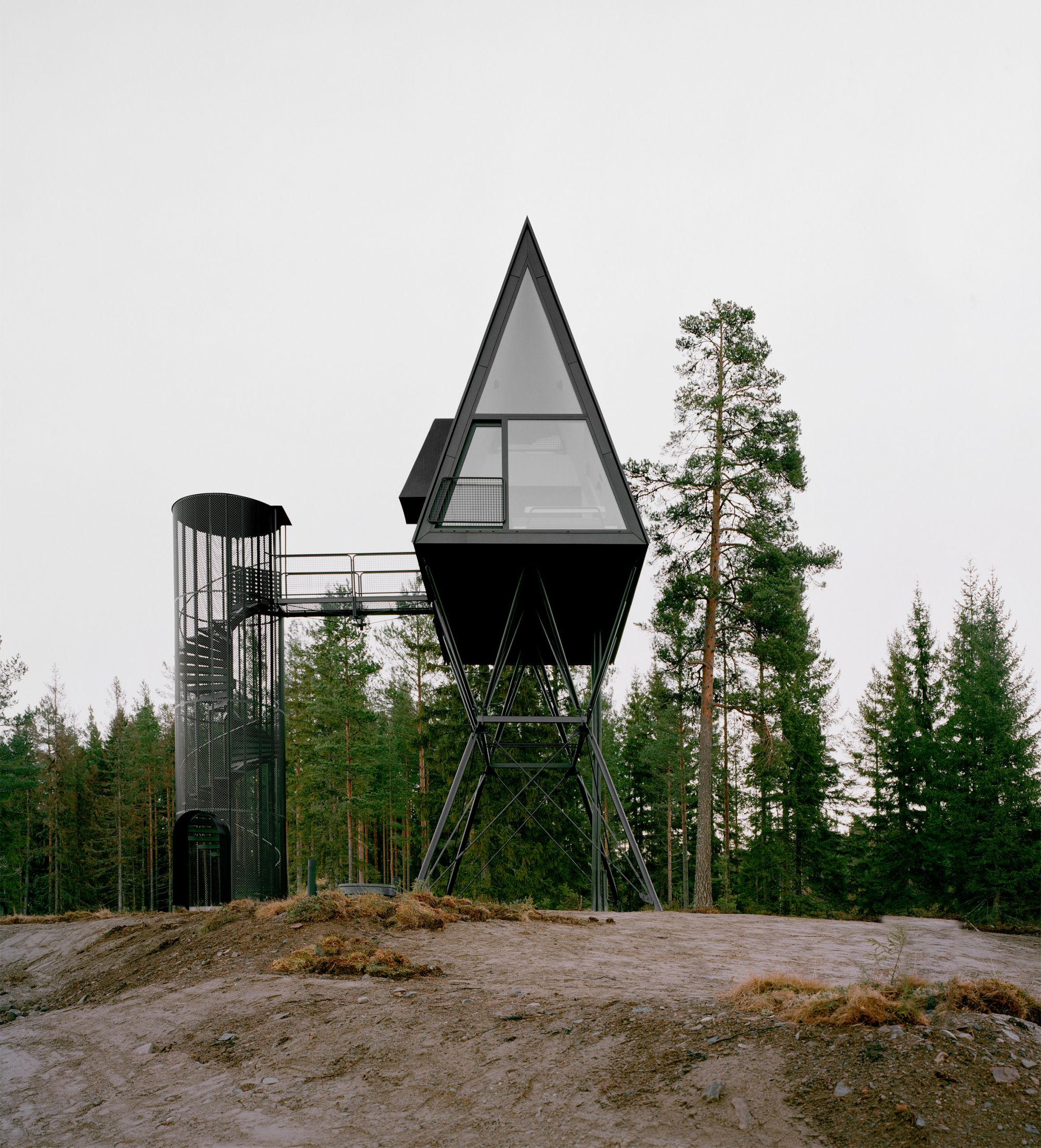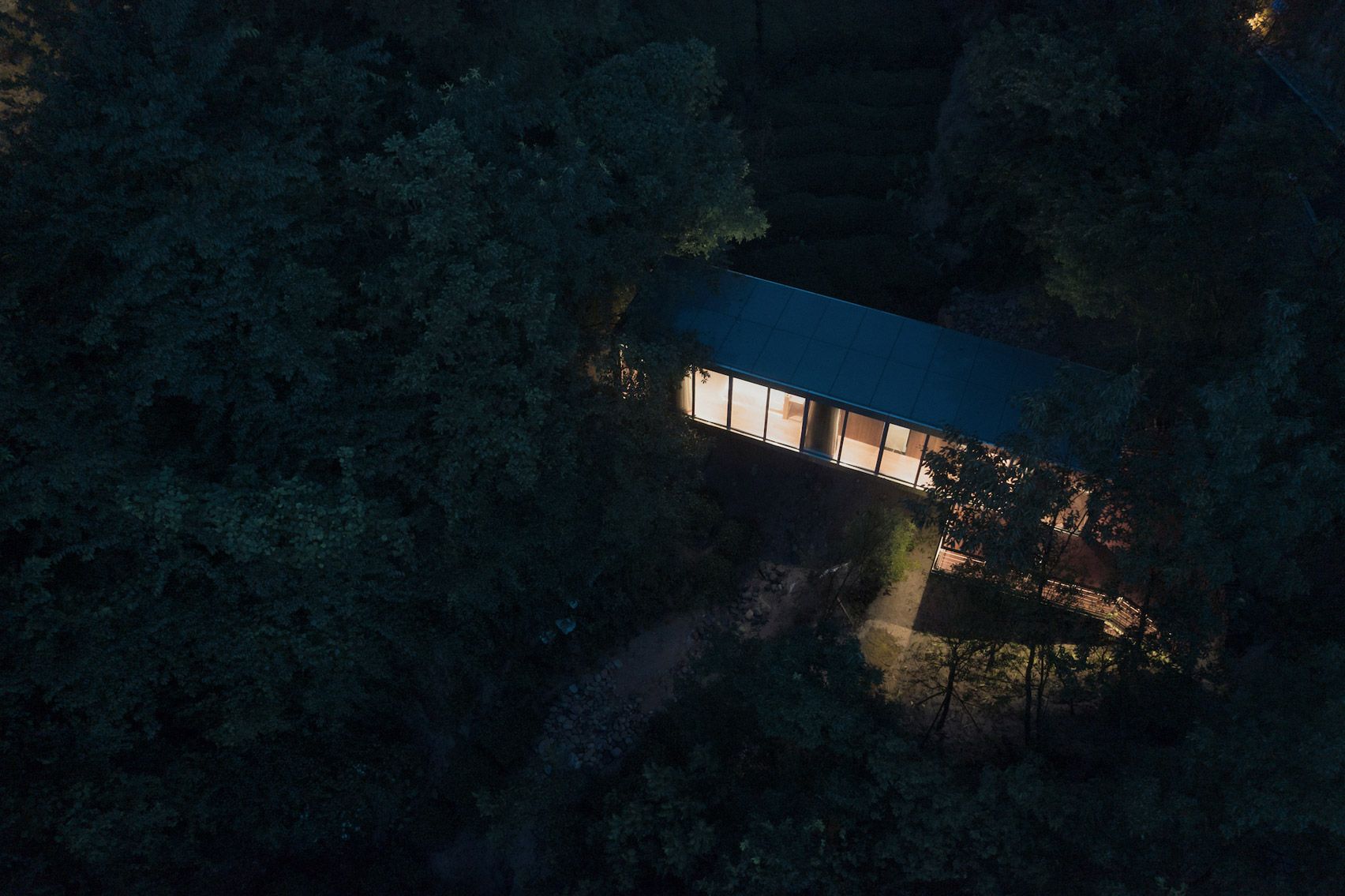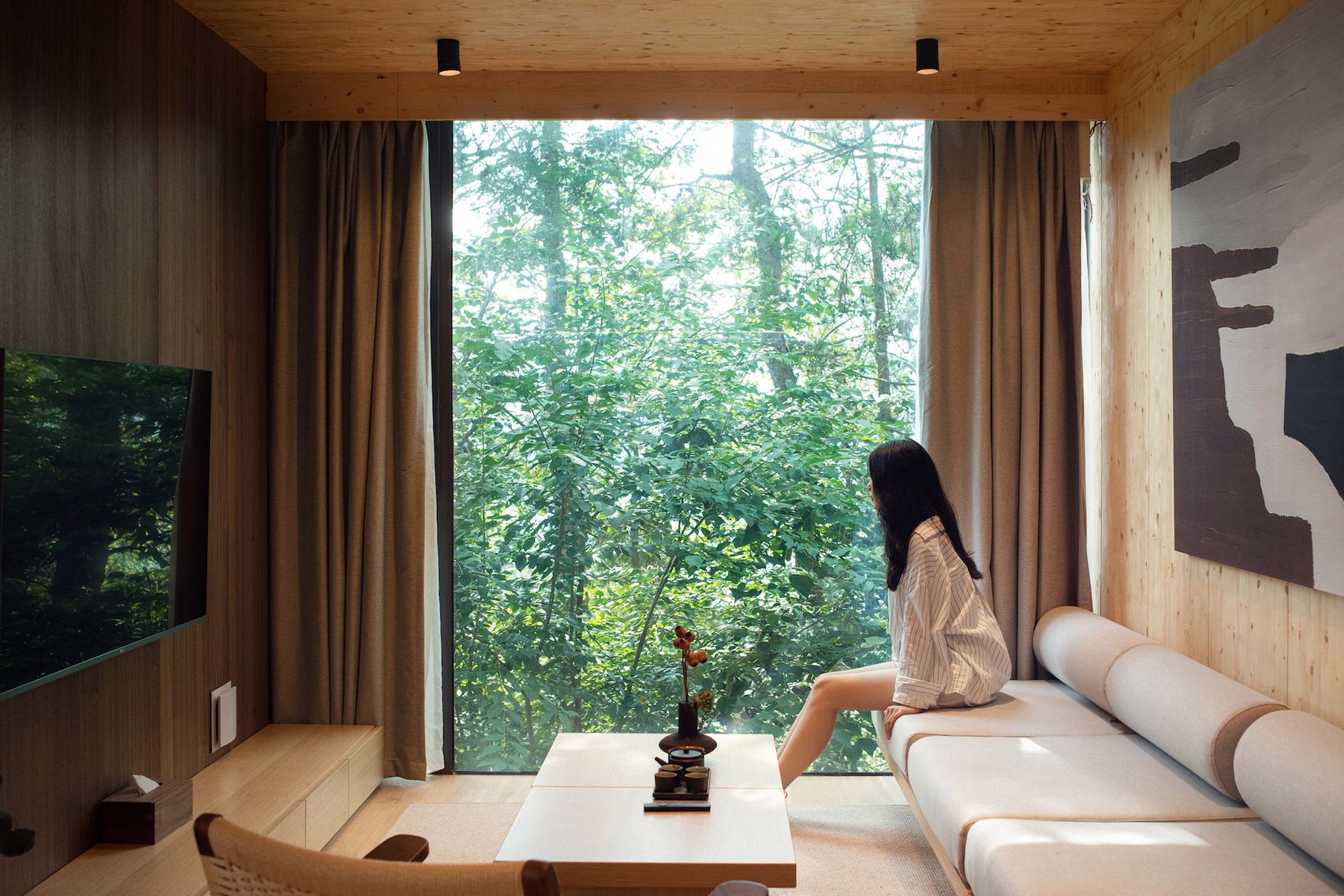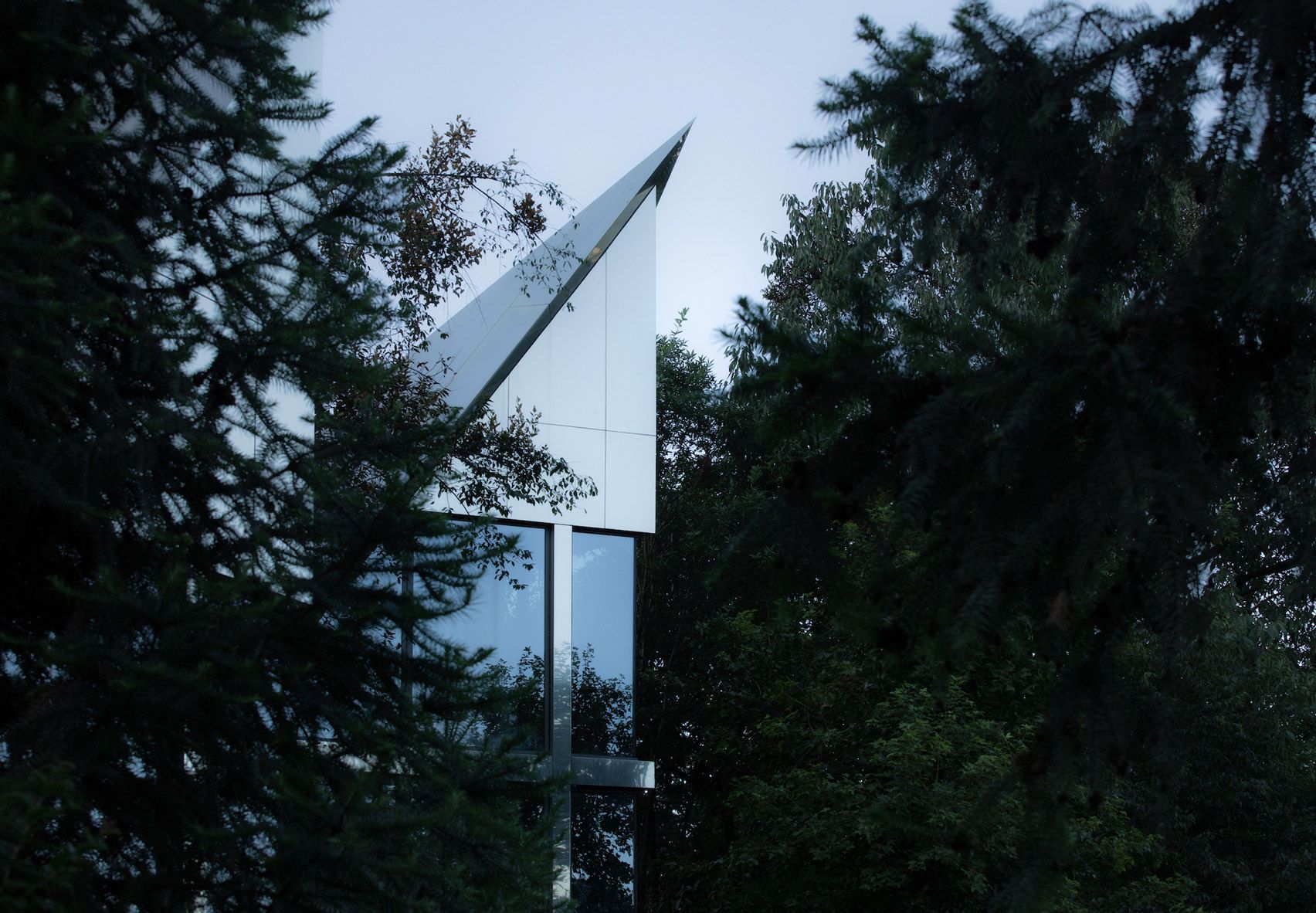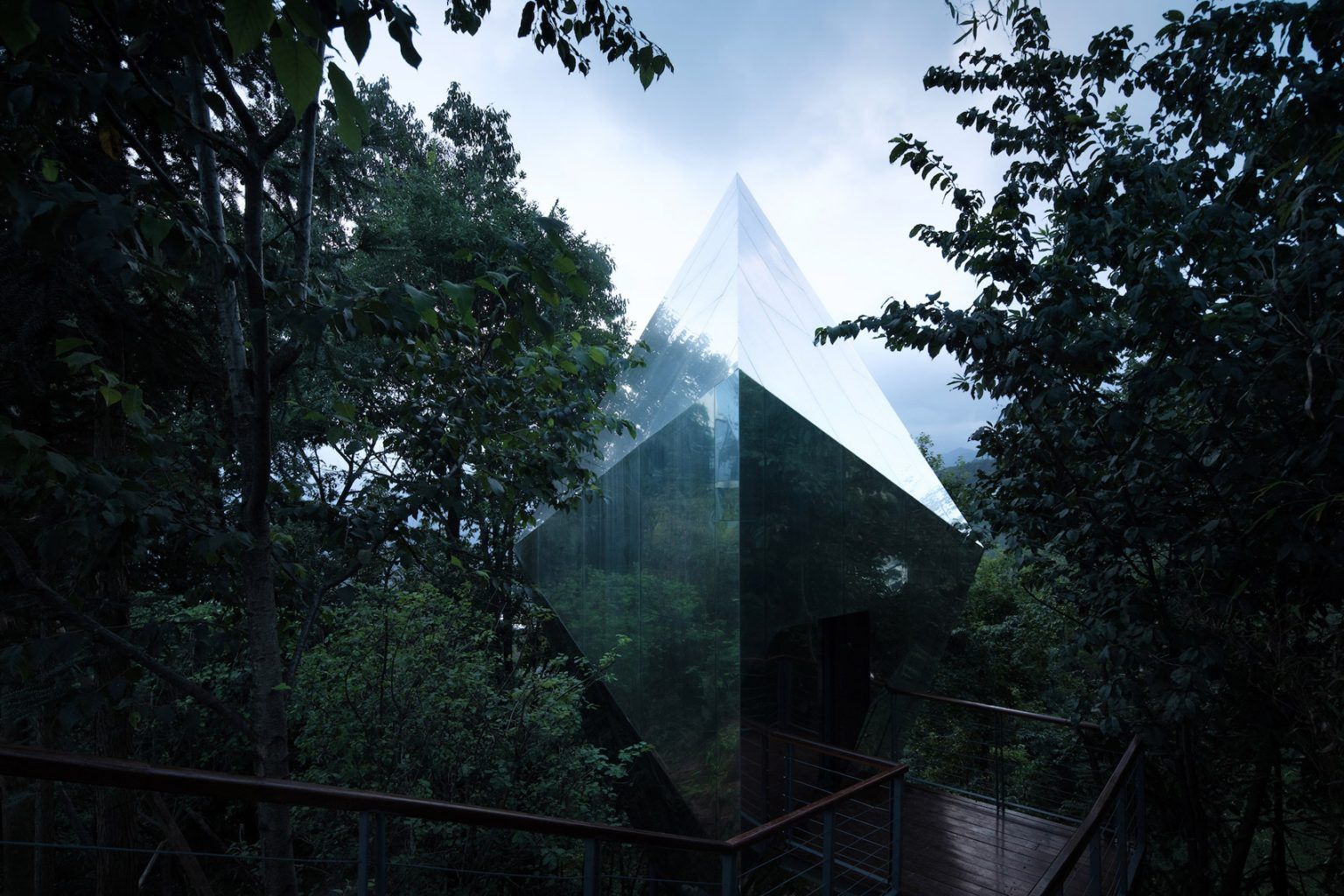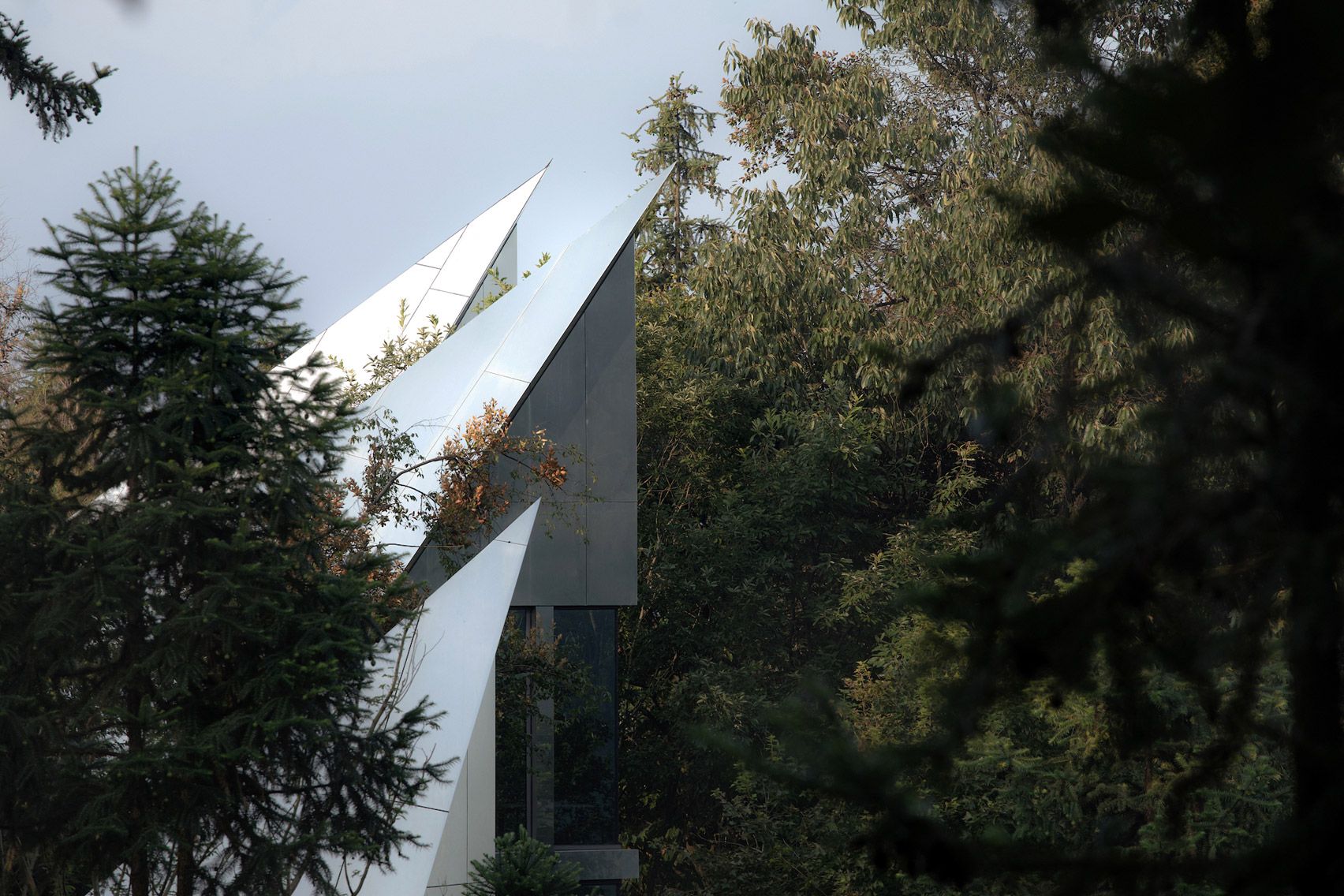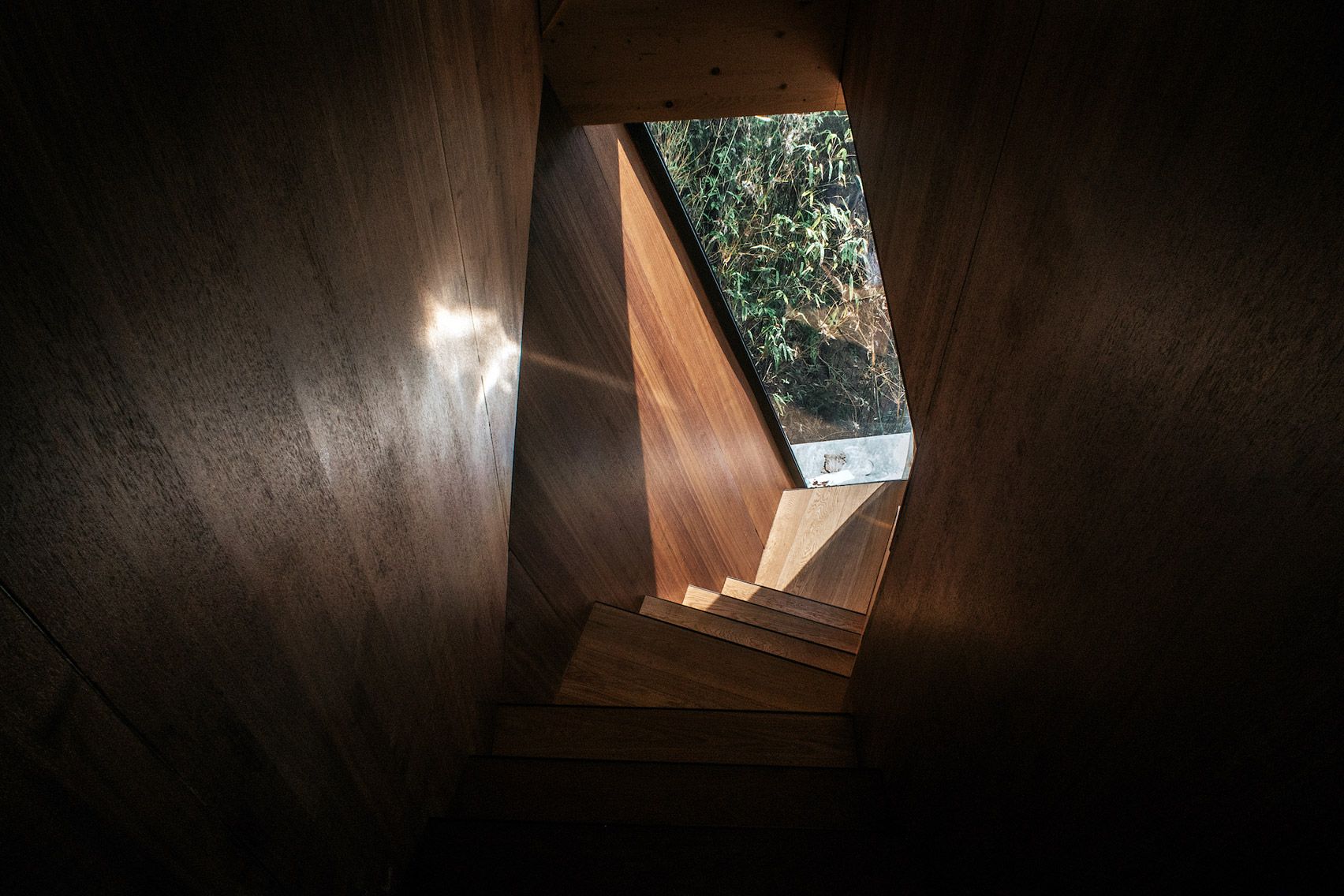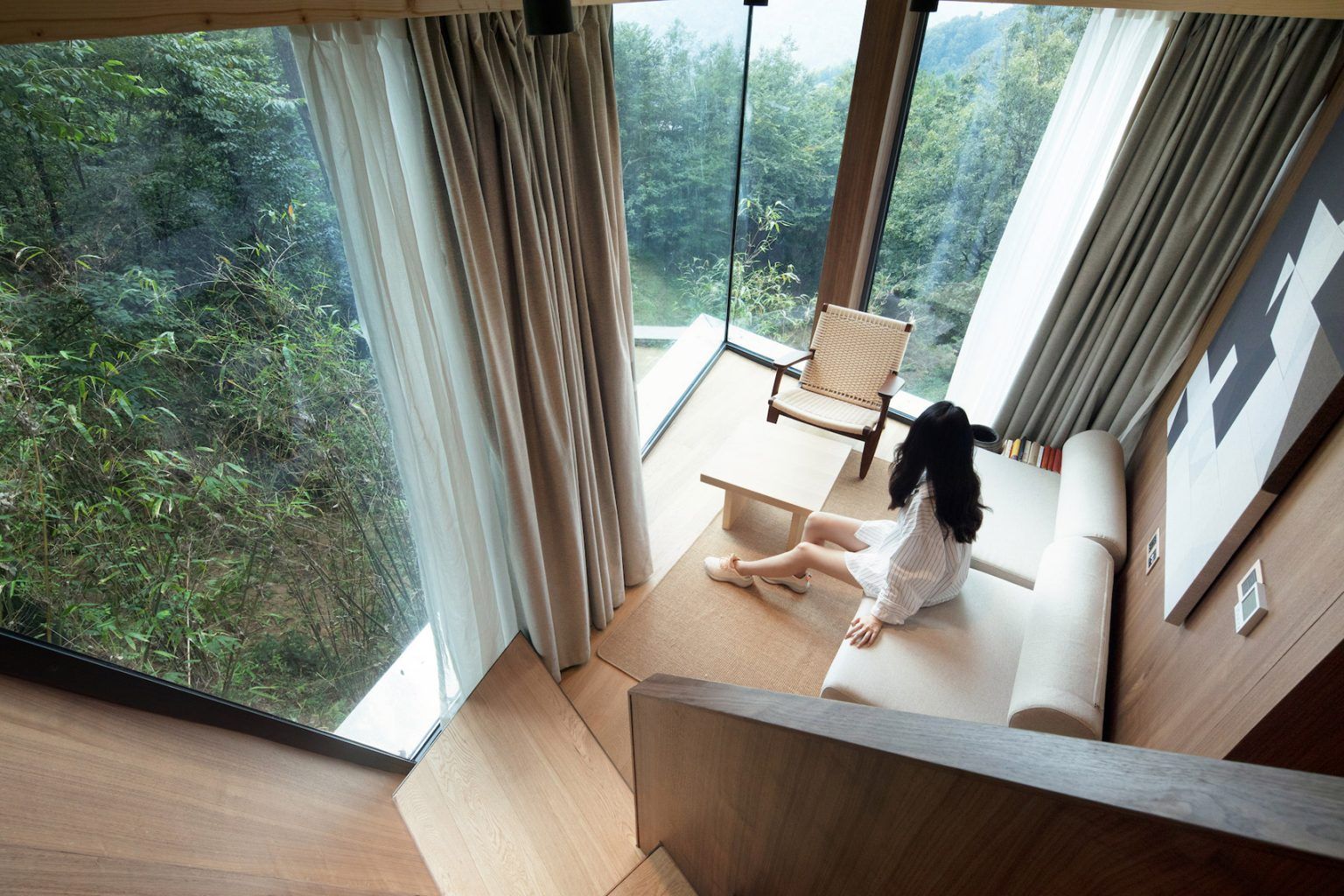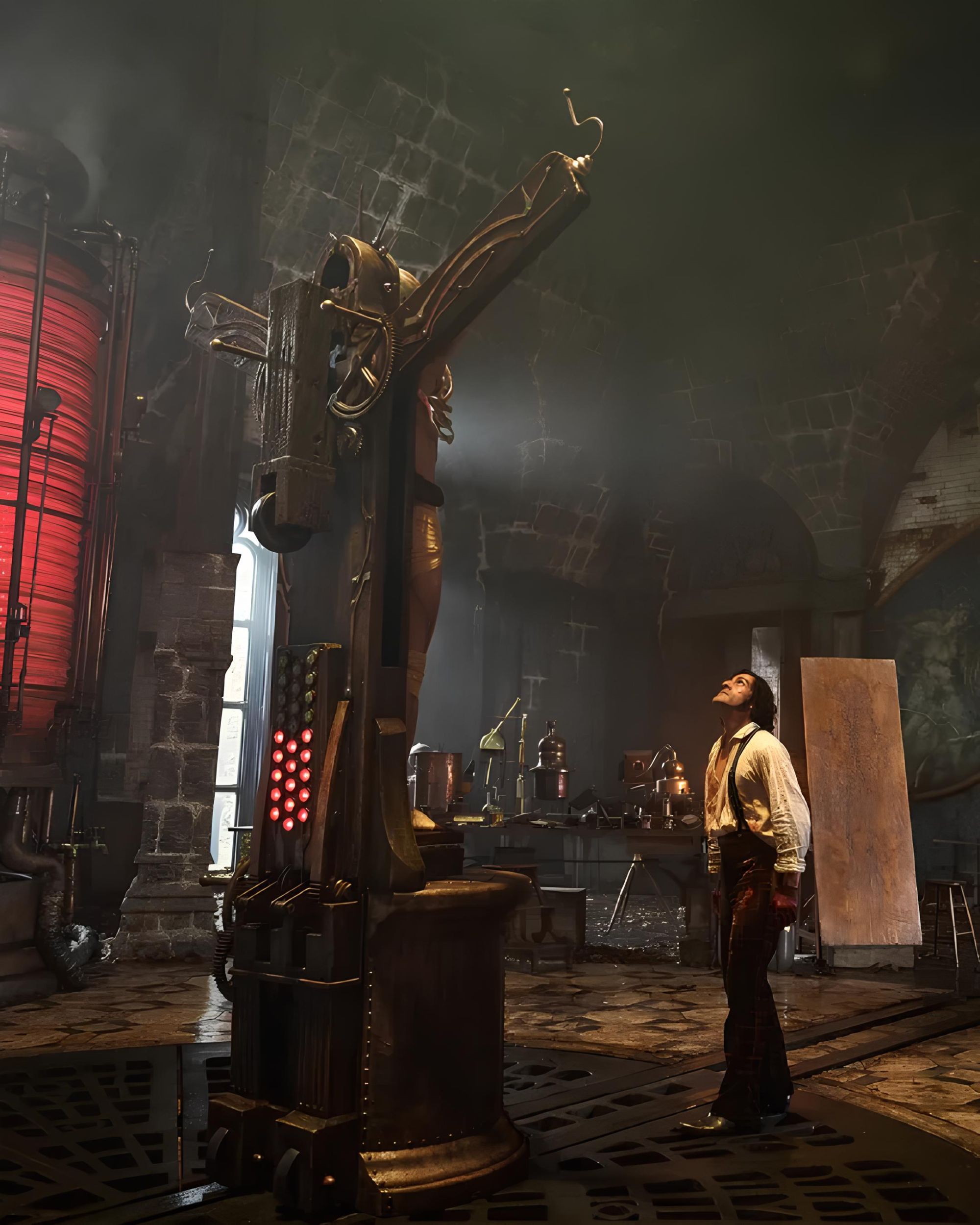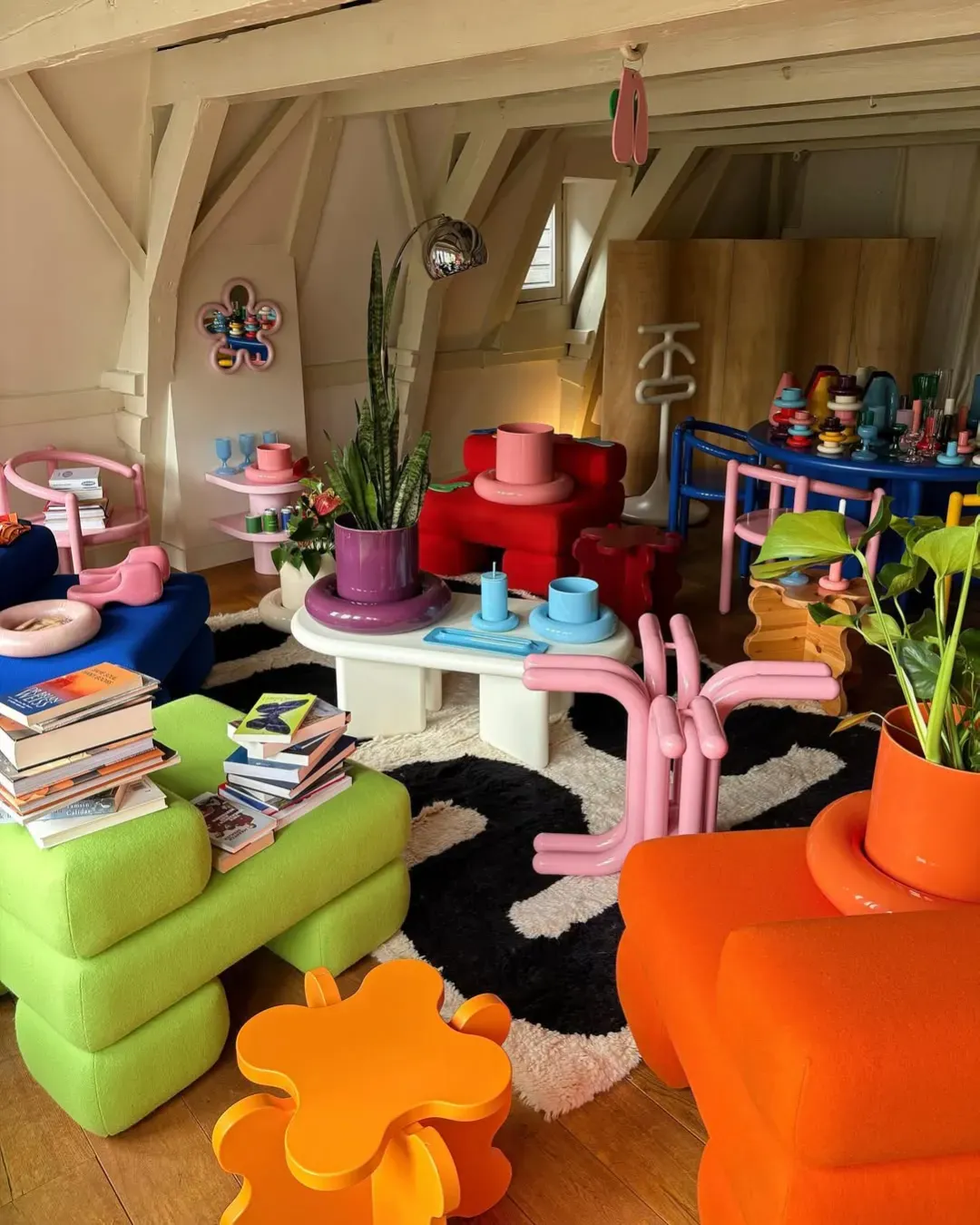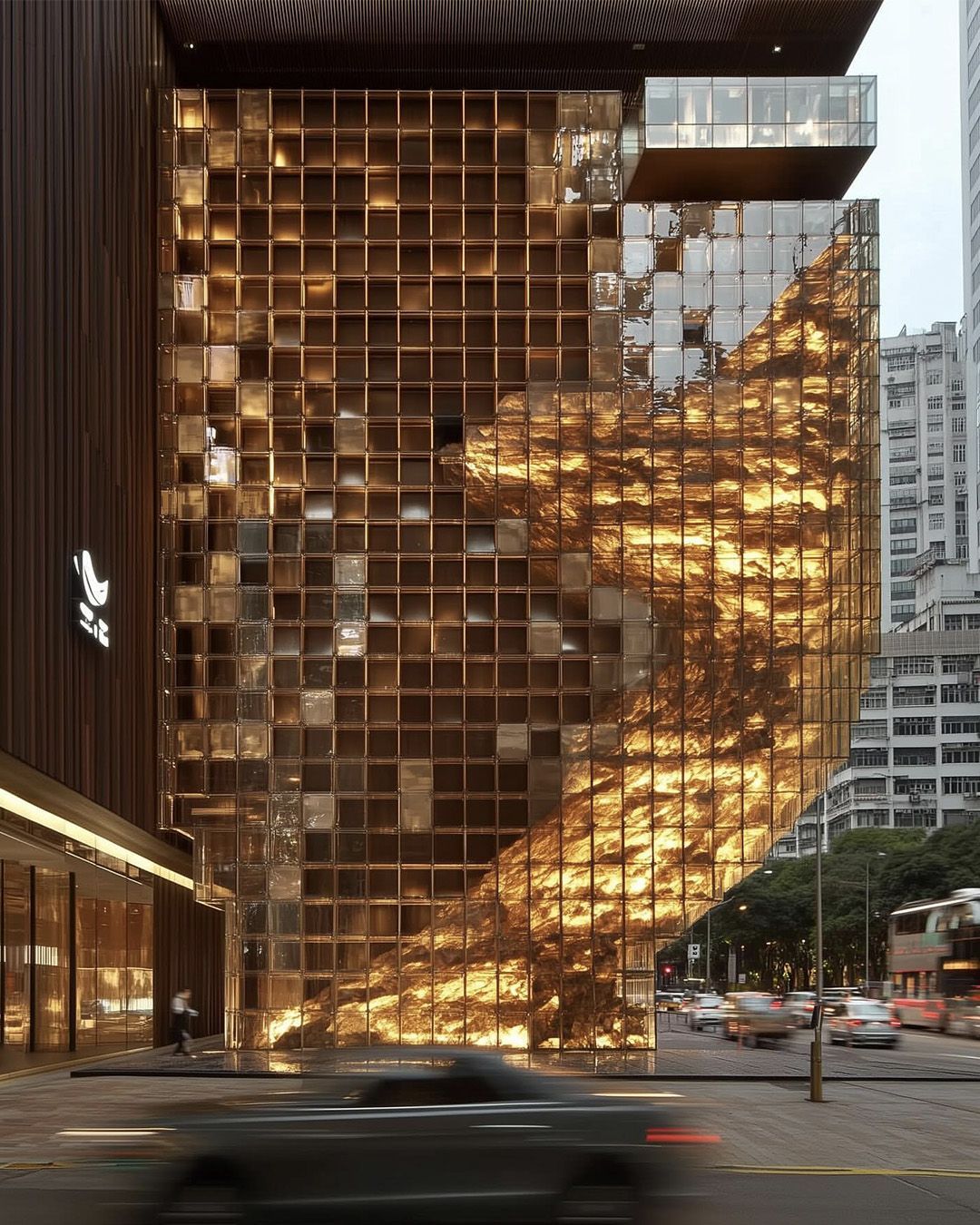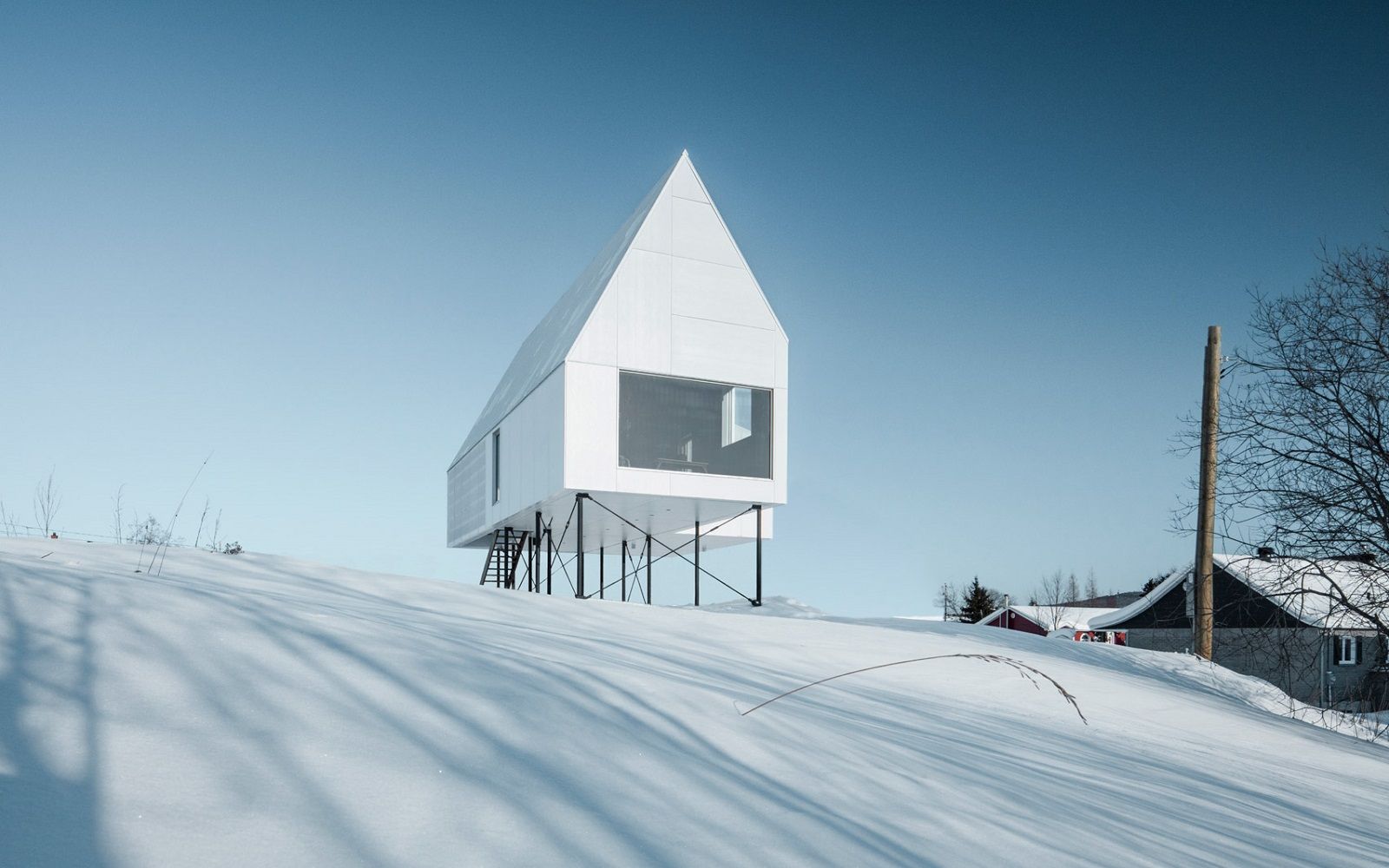
10 dream mountain huts Who wouldn't want to spend the winter there?
It is from the days of the Grand Tours and the great romantic poets that the imagination of entire generations has been captured by the idyllic environment of the mountains. Nowadays (and fortunately) the huts are no longer the rustic, solid wooden houses lacking the most basic comforts: today's huts are indeed a challenge for the designer, who must create them resistant, must respect the landscape around them and also embellish it with a structure as efficient as possible. Around the world, cabins like these abound. Whether in China, in the forests of Vermont, on the highlands of Chile or in the snowy expanses of Canada, these spectacular buildings testify to how the art of design and admiration for nature can coexist producing extraordinary results.
Cloud Cabins (Wiki World & +Advanced Architecture Lab)
Wiki World and Advanced Architecture Lab have created an extraordinary complex of eighteen fully mirrored futuristic huts for a hotel in Yichang, in China's Hubei region. Each cabin is a separate room connected to each other via a communal space with a café and swimming pool. The complex includes five different types of buildings, from bridge to triangular buildings called by the same "spaceship" architects. The Y and T-shaped huts have windows oriented in different directions while F-shaped huts have multiple levels. Their umbrella-shaped suspension structure means that their impact on the ground is minimal – some of them are in fact built in the middle of a tea plantation.
Turmhaus Tirol (Grünecker Reichelt)
The Zillertal Valley is one of the main tourist destinations in Austrian Tyrol, famous for its beautiful mountains, natural park and ski slopes. Here, at an altitude of 1,261 meters, stands Turmhaus Tirol, a tower-shaped building designed by the German architect Gr'necker Reichelt together with the interior design studio Holzrausch which adds to the farmhouses that inspired a contemporary touch. It is a slender 8x8-meter structure with a roof covered in larch boards, which develops not horizontally like other chalets in the area, but vertically for six floors.
Pentagonal Cabin (Snøhetta)
The architectural firm Snohetta built this system of alpine huts for the Norwegian National Trekking Association near the Jostedalen Glacier after previous buildings had been destroyed by a cyclone. The pentagonal shape of the buildings serves to deflect the strength of the winds and form a complex that includes a common refectory, a dormitory and a series of individual rooms.
On Mountain Hut (Thilo Alex Brunner)
This minimal hut is located almost 2,500 meters high between the imposing Piz Lunghin and the Lunghin Pass. The two-story structure, designed by Thilo Alex Brunner, was built to have the least possible impact, even visual, on the surrounding environment. To ensure this, the shelter, which will be dismantled at the end of the year, has been coated with reflective corrugated material. Inside, the same eco-friendly philosophy is respected. Walls, floors, ceiling and tables are all made of plywood. The large windows that give visitors breathtaking panoramic views of the Alps break this continuity of material.
PAN Treetop Cabins (Espen Surnevik)
These huts were commissioned by Oslo architect Espen Surnevik by a couple who wanted to create tourist homes in the Finnskogen Forest. The exterior of the house, composed entirely of black metal, was designed to create a strong contrast with the visual qualities of the woodland scenery. Despite being about forty square meters in size, the huts can each accommodate up to six people thanks to a series of retractable beds that are extracted from the walls.
Mirage Gstaad (Doug Aitken)
After the Palm Springs desert and the spaces of a former bank in Detroit, Michigan, Doug Aitken chose the Swiss Alps to continue exploring the interaction between man and environment. Gstaad, a popular holiday destination of the international gotha in the canton of Bern, is the place that hosts and gives its name to the artist's latest installation: Mirage Gstaad. Presented at the third edition of the frequencies - Elevation 1049 art festival, curated by Neville Wakefield and Olympia Scarry, the work is nothing more than a house covered in panels ALUCOBOND® naturAL ReflectAL. The property takes up California's 1920s and 1930s ranches that incorporate the ideas of modernist architect Frank Lloyd Wright with traditional American West houses, but reworks its features through sloping, mirrored surfaces, and reflective walls.
Blackened Pine Cabin (Gonzalo Iturriaga)
In the mountains of Valparaiso, Chile, the architect Gonzalo Iturriaga, this black pine wooden cabin includes two bedrooms, a bathroom and a large living area. Being suspended on the ground, the structure is thermally isolated and apparently sealed from the outside. Aerial ventilation is done through a system of openings that channel the currents of the mountain. For convenience, all the interior furniture is integrated into the walls so that an exact distribution of light through the large windows.
A-Frame House (Chad & Courtney Ludeman)
This New Jersey hut (available on AirBnB) has a redwood structure that dates back to the 1960s, but the interiors have been completely restored in a minimally Nordic style. Wood and concrete are the main materials used in the renovation – which emphasize the solidity of the building. The house also includes a Jacuzzi and eight beds, with two separate double bedrooms and four single beds in the basement.
Bivacco Gervasutti (Stefano Testa & Luca Gentilcore)
In the municipality of Courmayeur, at an altitude of 2,835 m on the Freboudze Glacier, clinging to the east wall of the Grandes Jorasses of Mont Blanc, set in a snowy scenery there is a curious cylindrical spot of red color with circular portholes reminiscent of the body of an airliner or a spaceship. It is the Bivacco Gervasutti, an innovative and eco-friendly structure, strongly desired by SUCAI (Subection University Club Alpino Italiano) in Turin, which commissioned it, and designed by LEAP (Living Ecological Alpine Pod) Factory with the Turin architects Stefano Testa and Luca Gentilcore. Opened in 2011, replacing the previous 1948 classic retreat, already rebuilt in 1961 in wood and sheet metal, the new version was made with fiberglass and high-density pvc shell, composite materials that allowed this 30-square-meter module to have a total weight of just 1,980 kilograms.
High House (Delordinaire)
The exterior of this suspended Quebec home is made of all-white concrete and metal, which contrasts with the wooden interior. The larger window goes from floor to roof and gives on Mount Sainte-Anne, famous ski resort, while the ground floor area is equipped with a large outdoor stove that heats the entire house. During snowfall, the white of the house makes it almost invisible and contrasts with the black metal support structure.










































